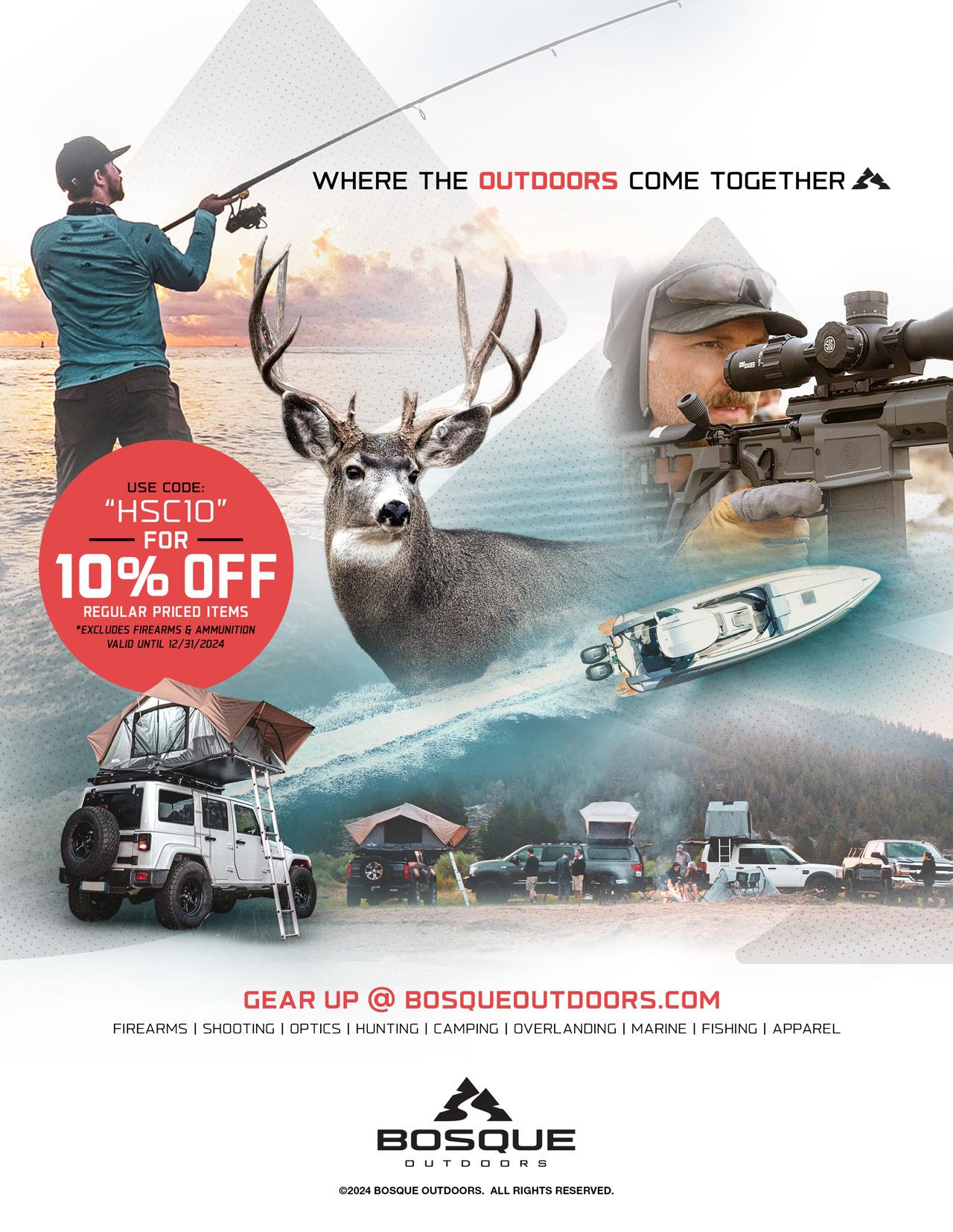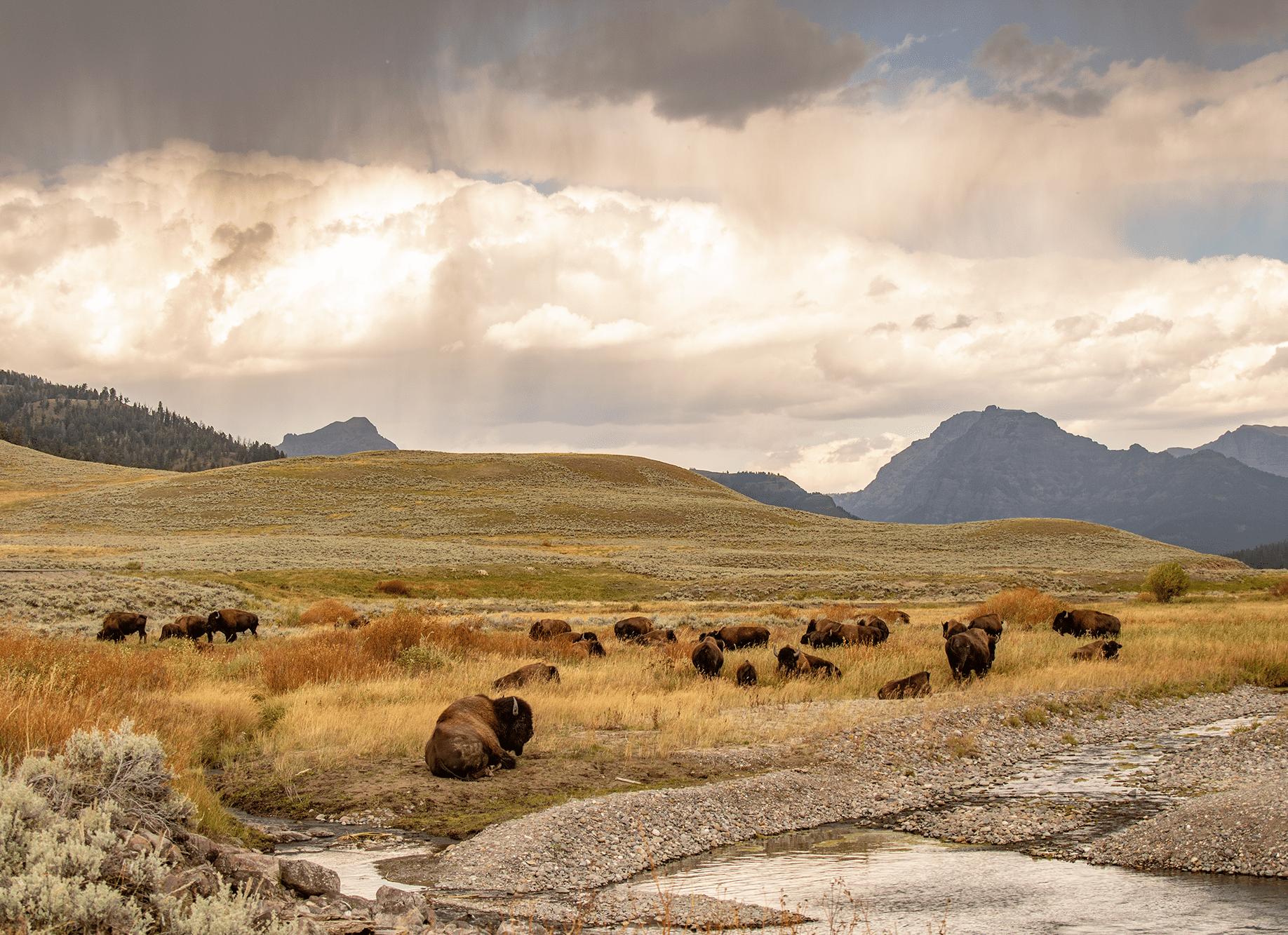

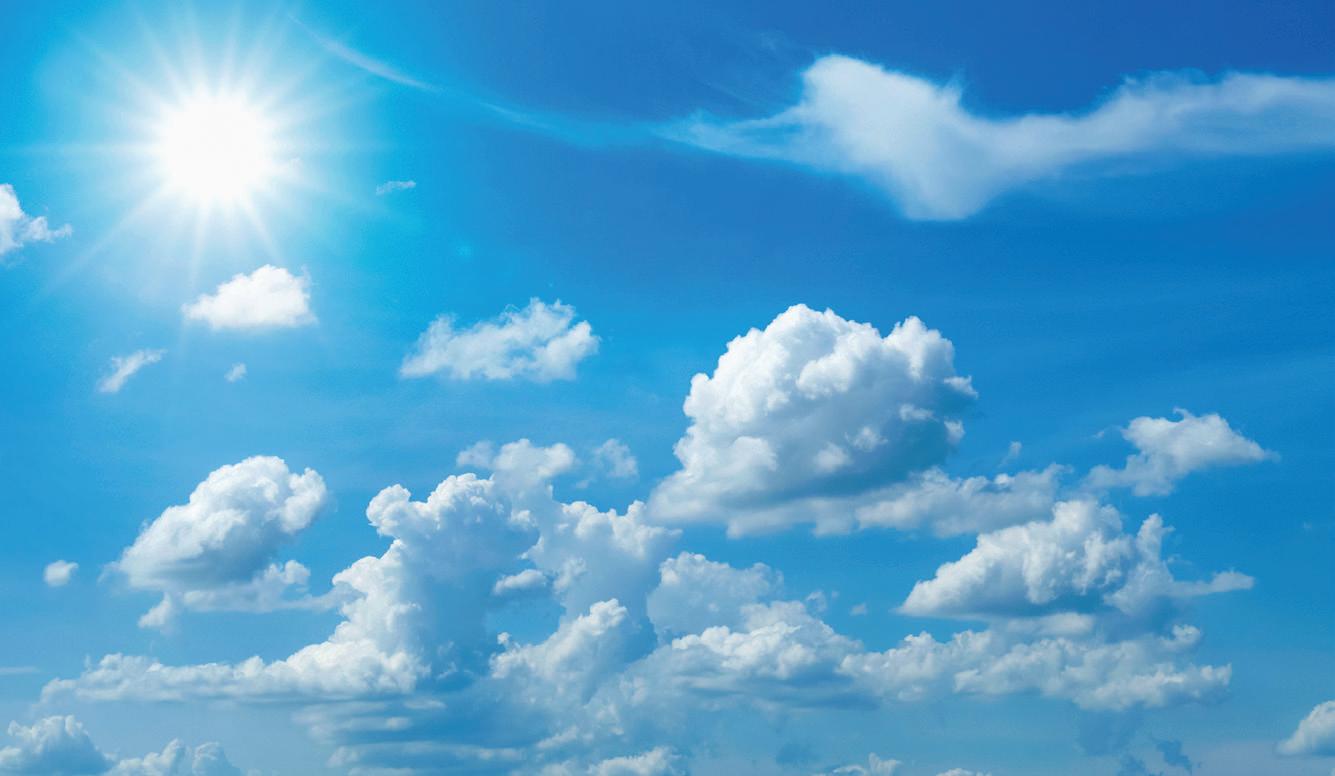
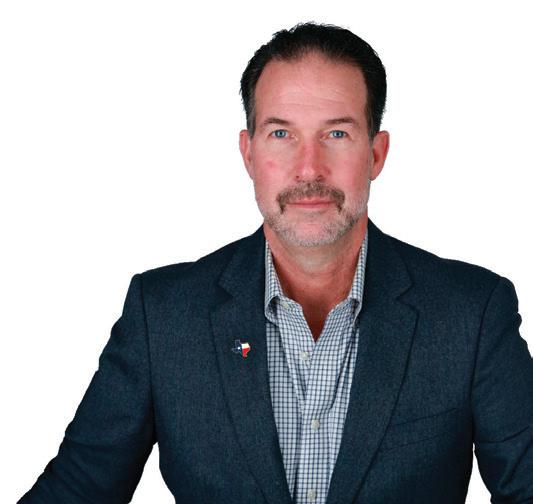
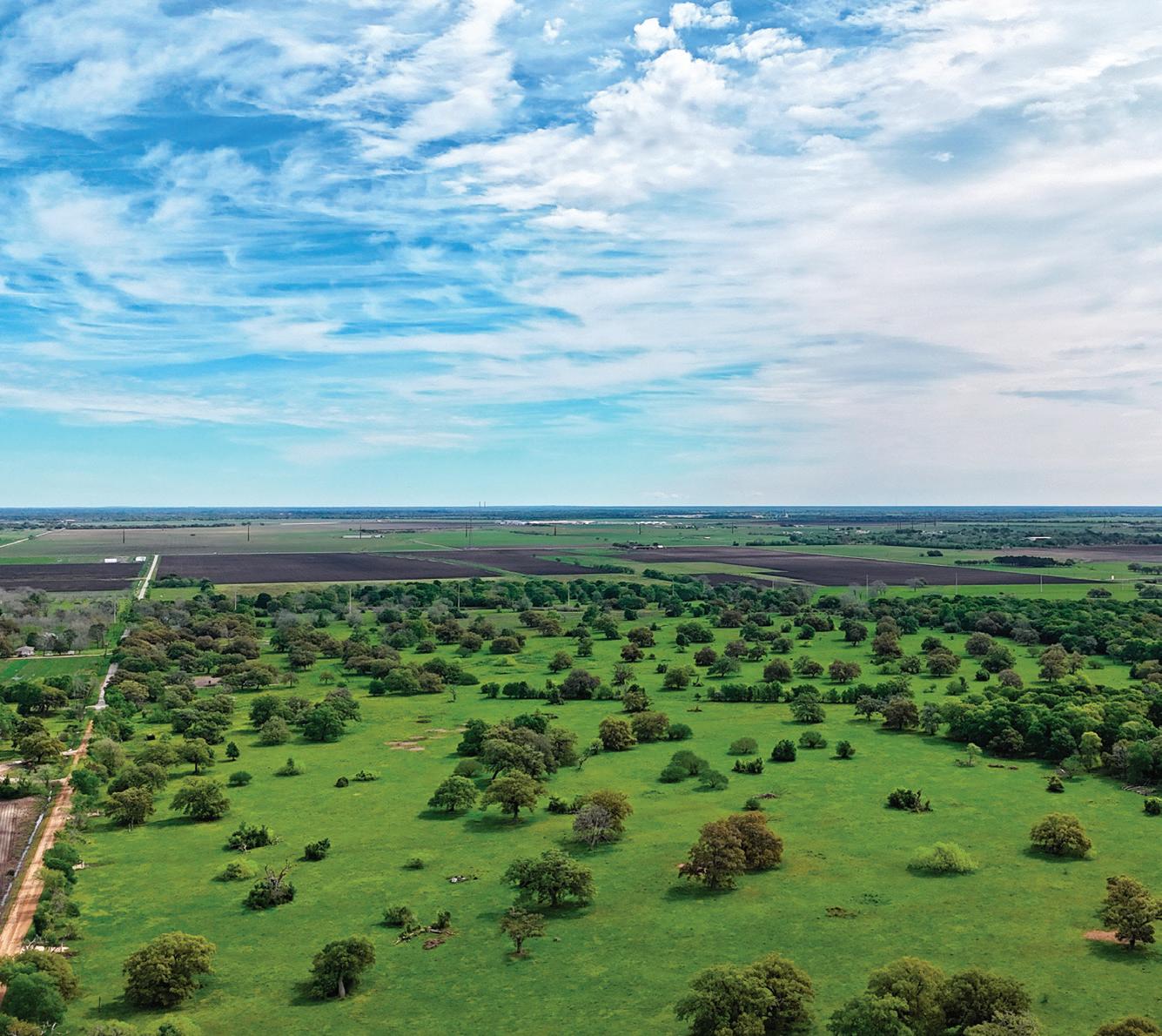


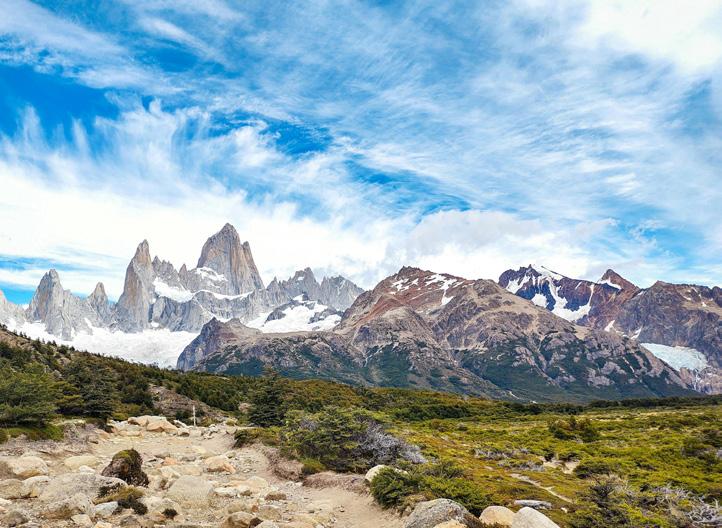

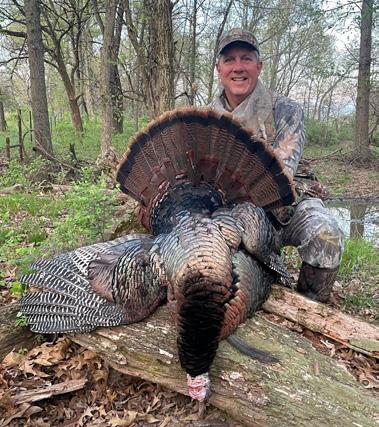
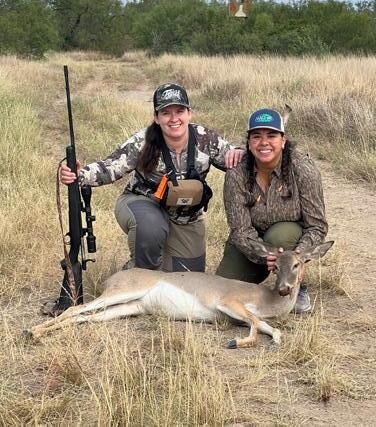
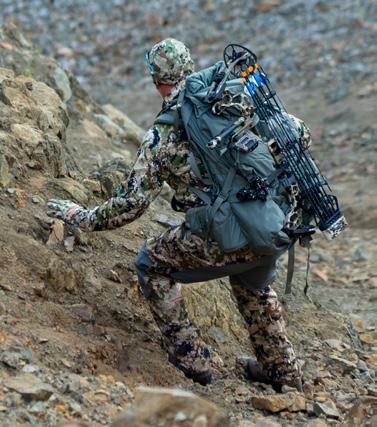
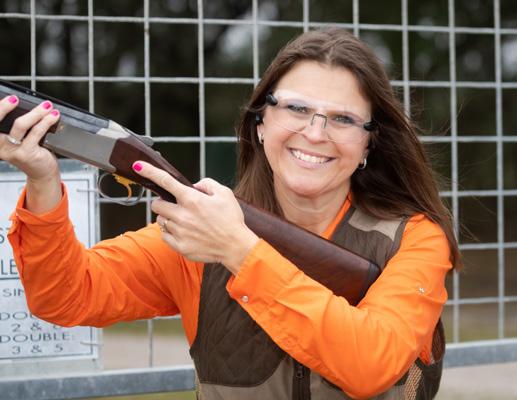
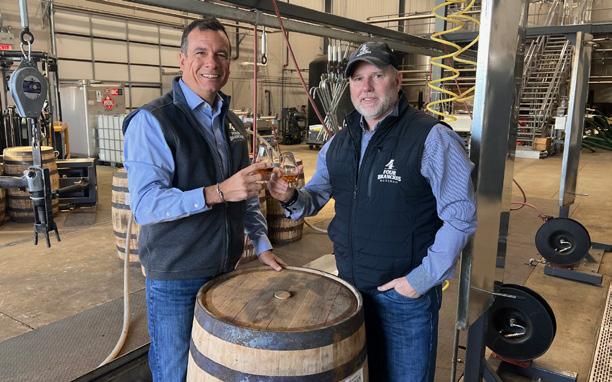
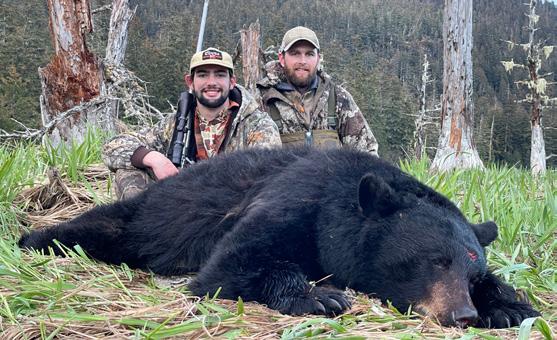
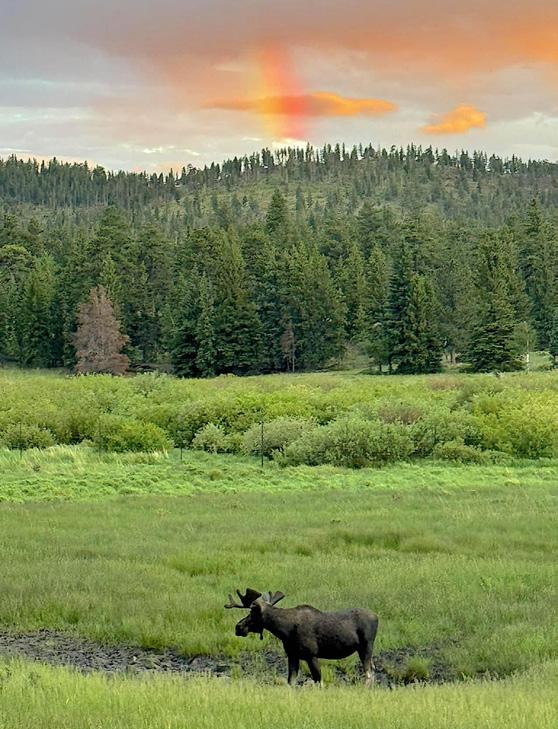
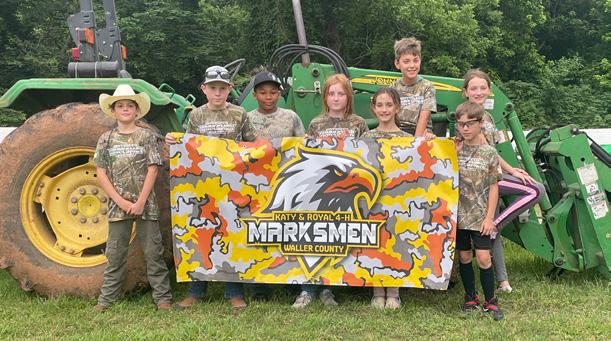

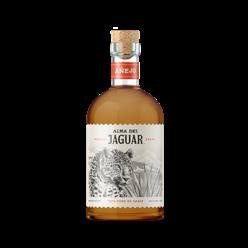
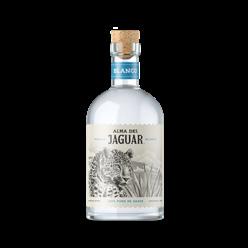
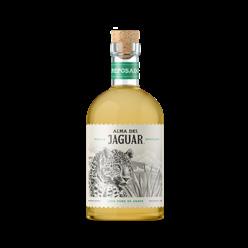
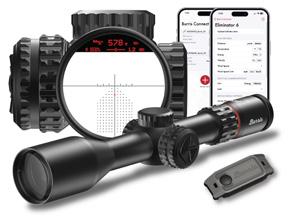
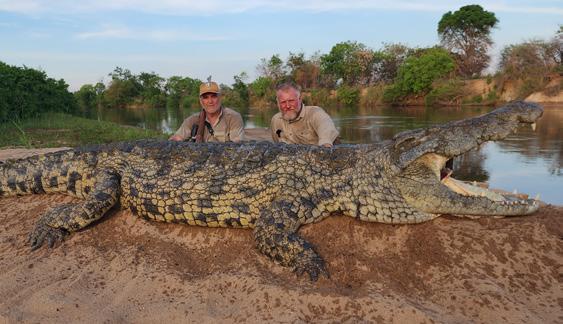
























Houston Safari Club Foundation (HSCF) is a 501(c)(3) non-profit organization whose mission is to preserve the sport of hunting through education, conservation, and the promotion of our hunting heritage.
HSCF has awarded 668 scholarships totaling $3.05 million. HSCF conducts youth outdoor education programs, career training, hunter education and field experiences for hundreds of students each year.
HSCF has provided over $4 million in grants for hunter-funded wildlife, habitat, and various conservation initiatives.
HSCF is an independent organization, is not affiliated with Safari Club International (SCI) or its affiliates and is not a chapter or affiliate of any other organization.
Visit our website at wehuntwegive.org or call 713.623.8844 for more information.
2024-2025 HOUSTON SAFARI CLUB FOUNDATION OFFICERS
James Lofton, President
Monica Williamson, Immediate Past President
Rudy Nix, Vice President
Lance Lester, Vice President
JD Burrows , Treasurer
Carl Cramm, Secretary
HOUSTON SAFARI CLUB FOUNDATION DIRECTORS
2023-2025
Jeff Garrett
Derek Ham
David Koch
Matt Pyle
Chris Ruhman
2024-2026
Bryan Ray
Mitzy McCorvey
Kevin Ormston
Suzanne Hixson
HOUSTON SAFARI CLUB DIRECTORS
2024-2025
Larry Buryakovsky
Craig Phillips
HEADQUARTERS STAFF
Joe Betar, Executive Director
Angi McCarthy, Director of Administrative Services
Carla Nielsen, Marketing & Publications Manager
Nancy Oka, Director, Events & Membership
Nate Silva, Design Consultant
Alliance Printing and Graphics
Hunter’s Horn™ is published quarterly by Houston Safari Club Foundation 14811 St. Mary’s Lane, Suite 265 Houston, Texas 77079
713.623.8844 (p) 713.623.8866 (f) info@wehuntwegive.org | wehuntwegive.org





© Copyright 2024 Houston Safari Club Foundation
Houston Safari Club Foundation welcomes contributing articles, photos and research. Houston Safari Club Foundation reserves the right to edit submissions for spelling, grammar, clarity, organization and punctuation and to abridge length. Houston Safari Club Foundation reserves the right not to publish submissions. Content may not be repurposed without the express written consent of the author and publisher. Please submit materials with a self-addressed, stamped envelope if you wish materials to be returned. Houston Safari Club Foundation is not responsible for lost or unsolicited submissions. Digital submissions are preferred. The views expressed in this publication are those of the authors and do not necessarily represent the views of, and should not be attributed to Houston Safari Club Foundation, its members, employees or affiliates. Houston Safari Club Foundation reserves the right to refuse any advertisement believed to be incompatible with our mission or deemed competitive or contrary to the best interests of Houston Safari Club Foundation.
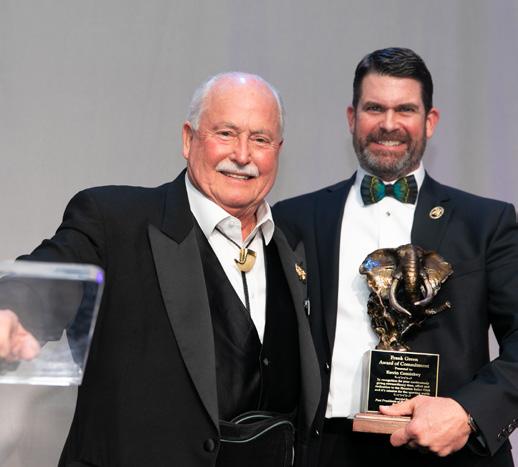
OCTOBER 3
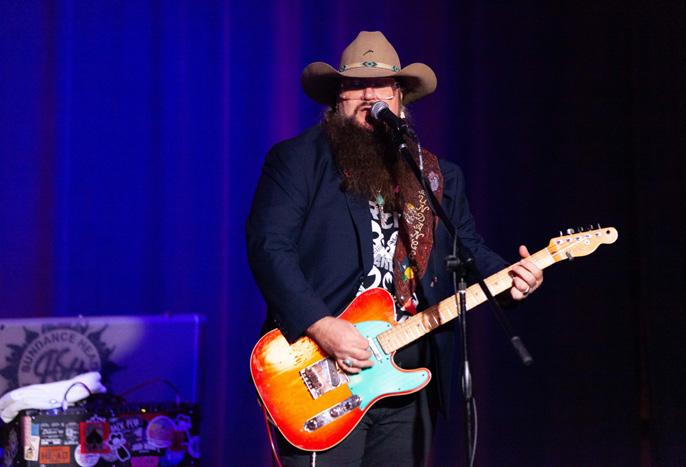
JANUARY 16-19
Annual HSCF Sporting Clays Tournament at Greater Houston Sports Club
DECEMBER 5
HSCF Christmas Party at The Barn at The Frio in Cypress
HSCF Annual Hunting Expo & Convention at The Woodlands Waterway Marriott
FEBRUARY 22
10th Annual Tower Pheasant Shoot
Go to WeHuntWeGive.org/upcoming-events to register or for more information!


JAMES LOFTON, HSCF PRESIDENT
Howdy HSCF family!
I’m honored to serve you as President of HSCF this year and I am grateful for the trust you have placed in me, the officers and the Board of Directors. This year we will bring changes to our website, social media and outreach, building upon the legacy and heritage of the club, while making it better and stronger for the future. We believe these actions will increase the connection to HSCF of current members and attract new members. I know that a group of people who are committed to each other and a common cause can do amazing things and that certainly describes the history of HSCF.
When I’m asked, “Why join the Houston Safari Club Foundation?” I tell them about the mission of preserving the hunting lifestyle through conservation, youth education, our scholarship and grants programs, and most importantly our members. For someone who believes in the things we do, there is no better place to build new friendships than our club. The various events we host are where those relationships are created and strengthened.
We have some great things planned for this year from casual socials to a Cast and Blast, Crawfish and Quail Shoot, Sporting Clays Tournament, archery and more, and of course our main event, the Annual Convention and Expo. Additionally, I’m excited that this year we will be hosting some exclusive Gazelle’s events for our growing number of lady members.
Along with our great staff, the successes of the club require the support of volunteers. As members I already know you have a heart for conservation, protecting our hunting heritage and teaching it to the next generation. We have lots of opportunities to give back to the club and I ask each of you to find a place on one of our many committees, at convention, or with our youth to lend your time and talents. To learn more, please call the office or ask one of the board members.
I just returned from a trip to Africa and have been thinking about the blessings we have as hunters to explore God’s amazing creation and connect with others who share our passion for hunting, wildlife and the outdoors from around the world. Our accents, the way we dress, or how we hunt might vary, but hunters have a common bond and I’m grateful to be part of this community and the Houston Safari Club Foundation. Knowing the impact of the Houston Safari Club Foundation both in the US and abroad, I proudly wore a shirt with the HSCF logo during my travels, hoping it would create a connection or at least spark a conversation. Well, I wasn’t disappointed, while waiting for a plane in Atlanta, I was approached by Mrs. Brenda

Potterfield, who along with her husband Larry, founded and still own Midway USA, one of the largest sporting goods companies in the world. The Potterfield family has been generous supporters of HSCF for many years and now through that connection, I’m pleased to count them as friends.
My charge to you this year: Be an active member and an ambassador for the HSCF! Attend events, volunteer and recruit friends and family to join.
Aim true my friends,

James Lofton HSCF President
Go afield with a good attitude, with respect for the wildlife you hunt and for the forest and fields in which you walk. Immerse yourself in the outdoor experience. It will cleanse your soul and make you a better person.
—Fred Bear
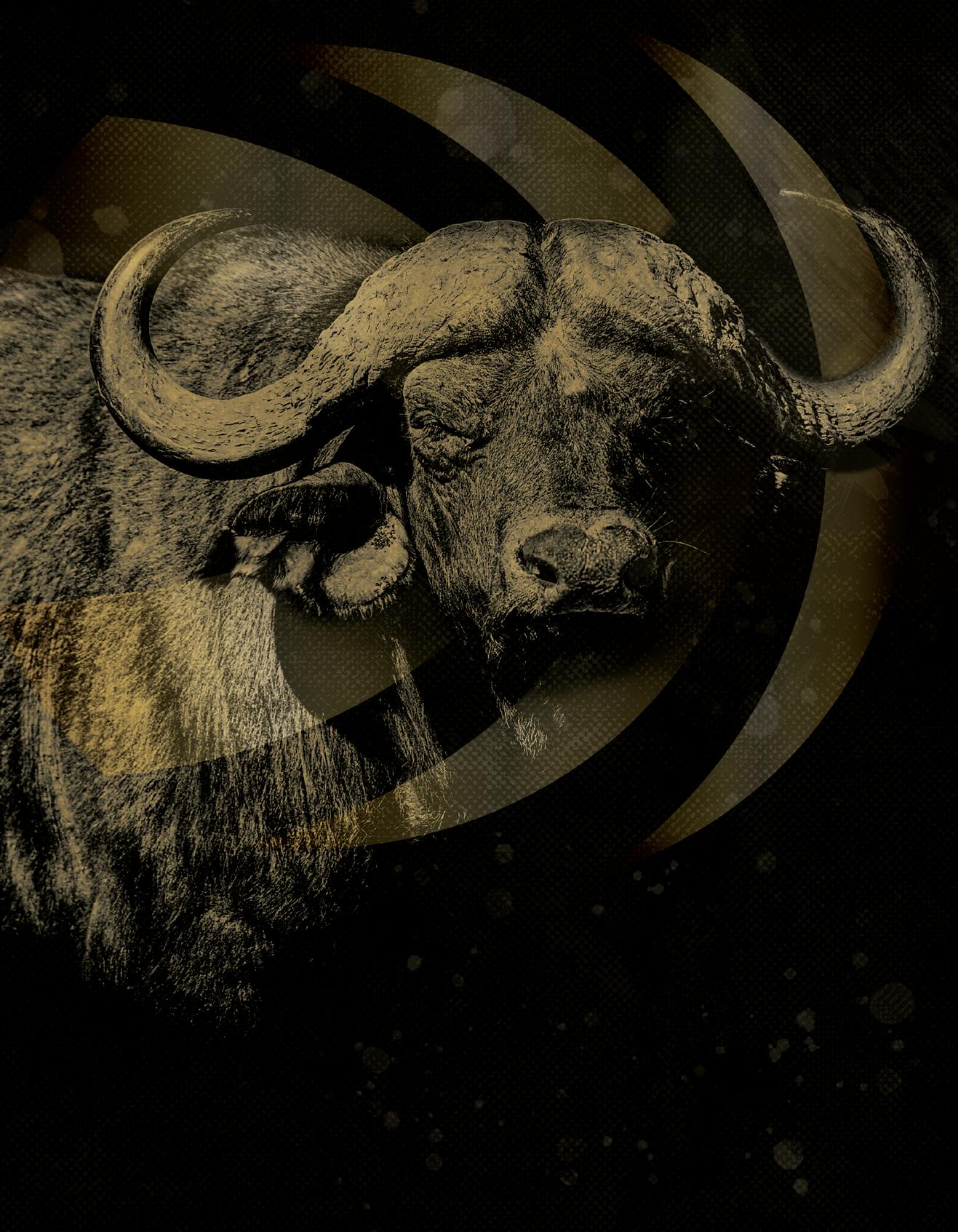
Trophy Bonded ® Bear Claw ® | Swift ® A-Frame ® Trophy Bonded ® Sledgehammer ® Solid | Woodleigh™ Hydro Solid
There’s no room for doubt when you’re toe-to-toe with the planet’s most deadly animals. That’s why Federal Premium® Safari is the only ammunition to combine the exclusive Gold Medal® primer with the hardest-hitting bullets, to create the most powerful, reliable loads available for dangerous game. Choose from the complete range of big bore cartridges.
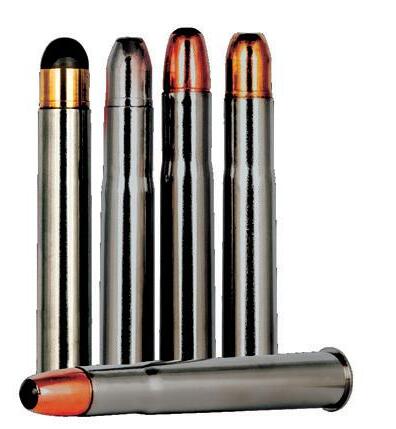
JOE BETAR, EXECUTIVE DIRECTOR
Fall ushers in a season of transformation. Leaves turn vibrant hues, cooler temperatures hint at the impending winter, and wildlife adapts to the shifting light and weather patterns. Fall is indeed a season of change. As American inventor and engineer Charles F. Kettering wisely noted, “The world hates change, yet it is the only thing that has brought progress.”
Over recent months, your HSCF Board of Directors and Membership Committee have been diligently examining and discussing how to improve HSCF and better serve our members and partners. HSCF is taking the opportunity to bolster our position in specific areas—refining our business practices, enhancing our marketing strategies, improving member experiences, and inviting everyone who loves the outdoors and wants to preserve the hunting tradition for future generations to join us.
I am excited to share some of these initiatives with you in this article. In the first quarter of 2024, the HSCF Board of Directors enlisted the services of a nonprofit consultant to evaluate our operations comprehensively. This analysis included fundraising, staffing, marketing, membership, events, outreach programs, and other essential aspects of HSCF. Based on this consultation, we are beginning to implement plans to improve our organization.
We are developing a new HSCF website and enhancing our marketing efforts across social media platforms and other channels. Our annual convention will feature expanded exhibitor space, a dedicated awards ceremony on Thursday night, more relaxed social and fundraising events with fewer presentations, and a Sunday morning HSCF Life Member Breakfast. We are also exploring ways to improve member experiences for sign-ups and event registrations. We plan to raise more funds to expand HSCF’s effect on the future of hunting through education and grants. Additionally, we will enhance communication about our outreach efforts with an annual impact report.
Over the past fiscal year (July 2023-June 2024), HSCF fully funded our missions of education and conservation. In partnership with the Dan L Duncan Foundation, HSCF recently awarded twenty-six college scholarships totaling $150,000. Furthermore, HSCF fulfilled its budgeted commitment of providing $130,000 in grants to various individuals and organizations. HSCF also hosted over 45 high school students for first-time hunting trips and sporting clays tournaments and over 200 area high school students at our 2024 YWCE convention event. We will continue to provide updates through social media and other channels. I extend my sincere gratitude to the HSCF Board of Directors, the Scholarship Committee, and the Grants Committee for their diligent selection of grant and scholarship recipients. Your support enables us to assist many and support the future of hunting and conservation. HSCF is excited about the increase in our female

membership and is committed to fostering this growth. We plan to add more programs and opportunities tailored specifically for our women. Over the past two years, the percentage of female members in HSCF has risen from 10% to 14%. HSCF has partnered with Heidi Rao to contribute articles to this magazine focused on topics for women. Heidi will also develop and offer women’s outdoor education programs for female HSCF members, covering a variety of topics suitable for all experience levels. With her extensive experience in introducing women to the outdoors, Heidi is a valuable partner. You can learn more about her in this issue of Hunter’s Horn.
Welcome and thanks go out to our newest corporate partners – The Lester Group, FORLOH Outdoor Apparel, and Copendero Indoor Archery, Pistol & Rifle Range. Be sure to support those who support HSCF whenever you can!
Please join me in welcoming our newest HSCF Board members—Rudy Nix, Lance Lester, Kevin Ormston, and Mitzy McCorvey and HSC Board members—Craig Phillips and Larry Buryakovsky. Your Board of Directors is committed to taking a more active role as ambassadors, engaging with members and committees. More information about our leadership team may be found on our website Change is inevitable and essential for progress. As we embrace these changes, we look forward to an exciting future for HSCF and our members. Thank you for your continued support and dedication to our mission.
Here’s to a safe and successful fall hunting season for all!

Joe Betar Executive Director, Houston Safari Club Foundation, Houston Safari Club
We speak your language.



[BINOCULAR + RANGEFINDER + BALLISTICS]

ACURA BLR10 b Binocular Laser Rangefinder
With advanced wind and complete ballistics the new Revic Rangefinding binoculars were built to do one thing, simplify your shot and turn seconds into success
Visit our website to learn more about the Revic Optics Ecosystem. Download the Revic Ops app on Google Play or App Store









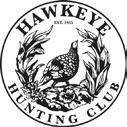




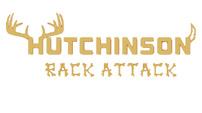






Jaco Folscher
Robert Sanchez
Chris Badger
Jonn Martin
Frank Anderson
Luis Berga
Alex Miller
Kyle Hunt
David Hunt
Gregory Hunt
Dylan Crowhurst
Kedaf Rossouw
David Hunt
David Brandt Jr
TJ Jacobs
Anthony Haston
Andre Botes
Duane Backhaus
Alysha Dies
Joseph Dies
Tammy Scott
M. Russell Marshall
Brad Bull
John Lane
Wesley Parker
Alex Frosinos
Joseph Jones
C. Lee Newton
Scott Jeansonne
Jacob Tovlin
Chad Kribbs
JEFF GARRETT, 2024 HSCF CONVENTION CHAIRMAN

Adventure Awaits! Yes, friends and family of HSCF, I am talking about the theme for the 2025 Houston Safari Club Foundation Worldwide Hunting Expo and Convention at The Woodlands Waterway Marriott in The Woodlands, Texas. Mark your calendars now for January 16th through the 19th.
If you have attended one of our past conventions, we appreciate your support and look forward to seeing you again this year. If you have not attended in the past, this is your invitation to try us out next year. You will undoubtedly have a great time.
The 2025 convention will be an expanded event in both size and agenda. We will use two floors to accommodate over 280 exhibitors. There is something for everyone. We will have outfitters from North America and around the world, gun manufacturers, gear, taxidermists, jewelers, furs, and more. New for this year, the attendee/expo registration will be on the upper-level foyer outside of the Waterway 1 Ballroom for a good mix of traffic through both the upper and lower exhibit halls.
The festivities kick off on Wednesday with a volunteer and exhibitor party at Conroe Taxidermy. For the first time, we will have our Annual HSCF Hunting and Photo Awards Banquet on Thursday night at the Marriott. We have Jason Koger lined up to speak for this always popular event. You will want to hear him! This schedule allows for more networking and fun on our two big nights on Friday and Saturday. The exhibit halls
open on Friday. We will also have our Youth Wildlife Conservation Education Workshop on Friday, followed by our banquet and live auction in the evening.
On Saturday, come see the exhibitors and attend the always popular Gazelles Luncheon featuring food, drinks, entertainment, live and silent auctions. The night caps off with our main event, the Saturday Night Gala and Live Auction. Mac King will be performing. He is a very entertaining comedian and magician. You will not want to miss him. The Saturday live auction includes the always popular one-of-a-kind President’s Rifle, vacation getaways, hunts from around the world, and more.
On Sunday, we are having our first Life Member Breakfast (there is still time to upgrade to join this group!). Of course, the exhibit hall will be open, and we will have our big-time raffle drawings in the afternoon.
The Annual HSCF Worldwide Hunting Expo and Convention is our biggest fundraiser of the year. It is critical in supporting our ongoing missions of education, conservation, and the promotion of our hunting heritage. Call the office or go online to get your tickets and reserve your hotel rooms as soon as possible to take advantage of our special early discounted rates. I am honored to serve our membership as the 2025 Convention Chairperson and look forward to seeing each of you at the HSCF Worldwide Hunting Expo & Convention.
Jeff Garrett 2025 Convention Chairperson
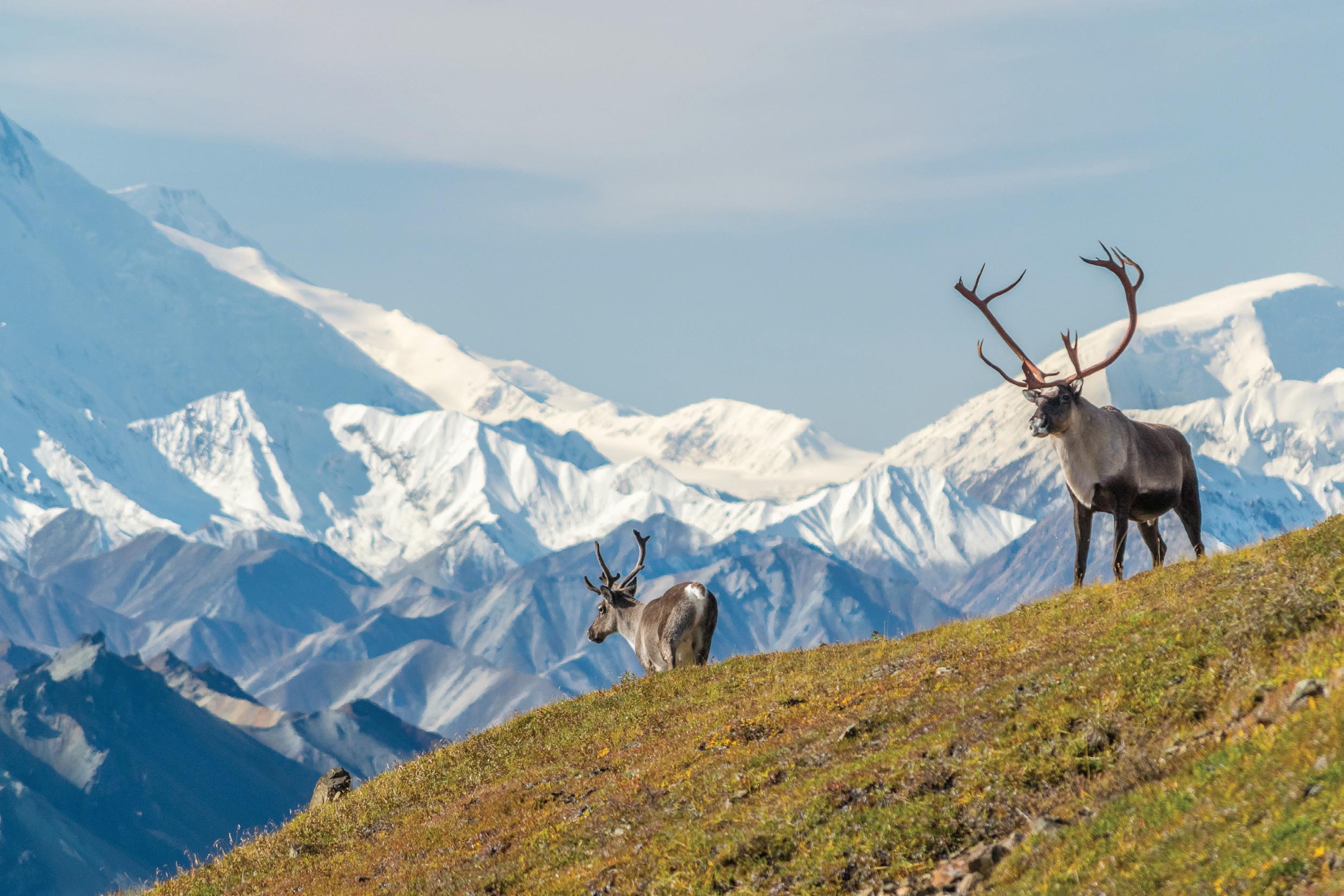
GIB SURLES, SPORTING CLAYS TOURNAMENT CHAIRMAN

As I write this letter, my mind is on the south face of the Brooks Range in Northern Alaska as I train for a Moose/Grizzly hunt in September of this year. I would bet many of you will be in the same mindset…looking forward to the upcoming hunting season and making plans.
By the time you read this, it will al ready be dove season in Texas, and our HSCF Sporting Clays Tournament is right around the corner. Please join me on October 3, 2024, for another fun event to break some clays, share stories with friends, and help our hunting commu nity with your buy-in on our raffle. We have such a unique opportunity to help so many in the hunting community with the work we do.
CORPORATE SPONSORS
Capital Farm Credit
DEA Ranch
The Lester Group
WildLife Partners
Copendero
FORLOH
RC Cartridges Way Engineering
UNDERWRiTiNG SPONSORS
Rancho Bellas Rocas Cokinos
The Forrest Group, LLC
Xtreme Furniture Restoration and Repair
FRSTeam of Texas
Y Bar Ranch
B&B Taxidermy Wright Technologies
event will culminate with a delicious meal, awards ceremony, and raffle drawings. Did I mention there will be some cool giveaways and that all ammo will be provided by RC Cartridges USA?
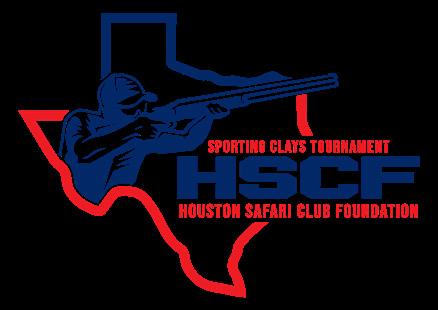
This event is an excellent opportunity to host clients for an outing, reconnect with old friends, and meet new people. The afternoon start time makes it a perfect way to end the day. And everyone is invited, regardless of your level of shooting skill. Don’t have a full team? No problem! We will pair you with other participants. The
This Sporting Clays event is just an extension of who we are. We Hunt. We Give. It’s pretty simple and straightforward, and because of you and your generosity, we have given over $3M in scholarships and $4M in grants to support conservation.
Our mission remains to preserve the sport of hunting through education, conservation, and the promotion of our hunting heritage. It sounds like we are doing just that! And with your help this year, we can live up to that mission while having an enjoyable time doing it.
What are you waiting for? Sign up today at hscfdn. org/events/sporting-clays-tournament. See you at 2:00 pm on October 3rd at the Greater Houston Sports Club!
Gib Surles, 2024 HSCF Sporting Clays Chair
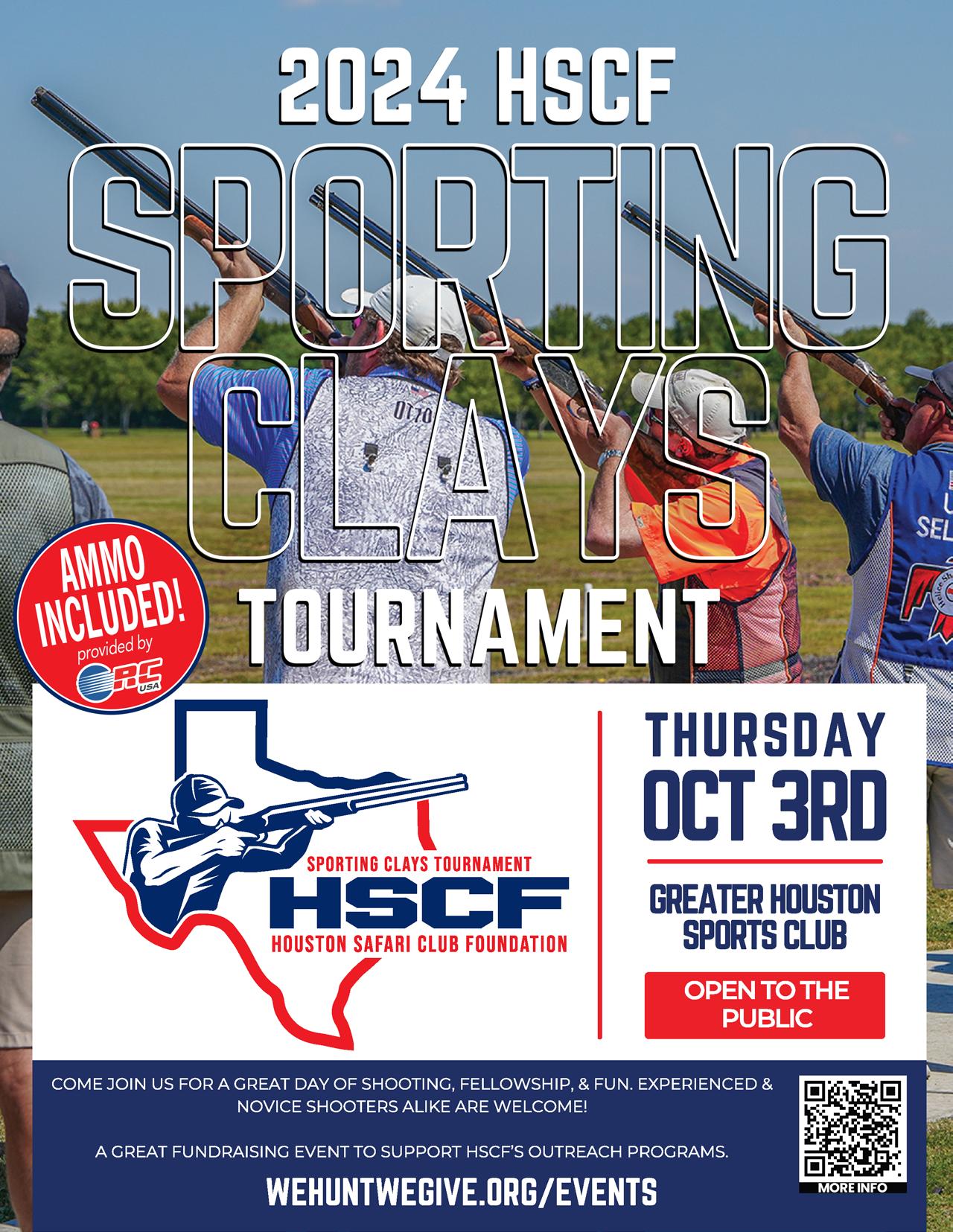

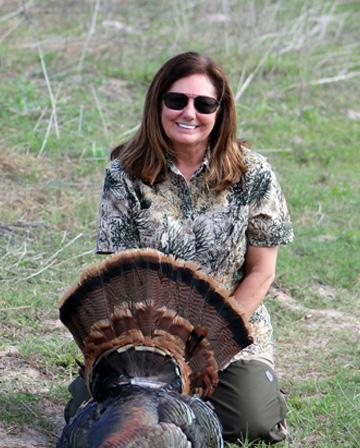








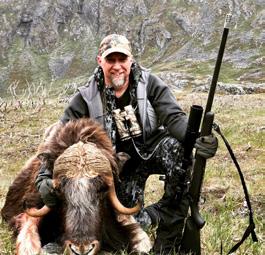
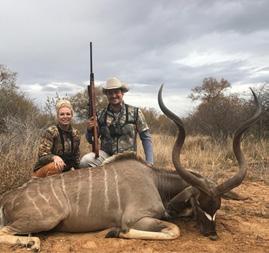

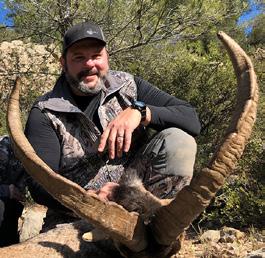

























BY JEFF CRANE CSF PRESiDENT, AND CEO
With 2024 being an election year, the political world is undoubtedly a noisy one – with a lot moving and happening all around us. It can be easy to lose focus in all the noise – to lose sight of what matters and what may be affecting you the most. In the midst of all the news surrounding us, there is something incredibly important moving for sports men and women – the Farm Bill.

Understandably, you may be thinking: “I’m not a farmer; what does the Farm Bill have to do with me?” The Farm Bill is a massive piece of legislation that touches on various issues and needs for the American people and American soil. Covering top ics ranging from crop insurance to the Supplemental Nutrition Assistance Program, formerly known as the Food Stamp Program, the Farm Bill’s provi sions touch all Americans in one way or another, and the sporting-conservation community is no excep tion. For America’s 55 million sportsmen and women, our nation’s original conservationists, the Farm Bill’s Conservation and Forestry Titles represent some of the greatest investments in fish, wildlife, and forest conservation in the world. In fact, the Farm Bill is the single greatest conservation investment made by the federal government. The Farm Bill allocates billions of dollars in critical conservation funding that improves habitat, fishing, and hunting – funding that makes a huge difference to you and me both.
Generally reauthorized every five years, the United States Farm Bill represents one of the largest and most important pieces of legislation in the nation, and arguably the world. The last version of the Farm Bill expired in September 2023 and received a one-year extension for key programs not long after its expiration, meaning that the time has come for the next iteration of the Farm Bill. While the debate around the final, bipartisan version of the Farm Bill lies ahead, movement around the next iteration of the Farm Bill has begun in Washington. Right now is a critical time for conservation, as the future of many important private lands conservation programs depend on this funding – funding that must be adequately adjusted to meet current needs.
The Congressional Sportsmen’s Foundation (CSF) has been steadfast in supporting the inclusion of key priorities for the sporting-conservation community in the next iteration of the Farm Bill, even hosting a Farm Bill Fly-In last year that brought together key members of Congress and like-minded conservation
partners to discuss the next Farm Bill. CSF has been advocating for America’s hunters, anglers, trappers, and recreational shooters since 1989, and our unique network of the Congressional Sportsmen’s Caucus, the Governors Sportsmen’s Caucus, and the National Assembly of Sportsmen’s Caucuses has helped us give a voice to sportsmen and women on Capitol Hill and throughout state capitols, including on issues as big as the Farm Bill. As the backbone for stateside conservation funding in the nation, sportsmen and women have earned a seat at the table, and as plans for the next Farm Bill are being laid out, it has never been more important for the sporting-conservation community to be involved and educated on this critical piece of legislation.
For hunters, anglers, and trappers, the voluntary, incentive-based programs funded by the Farm Bill are central to conservation and our ability to enjoy our unparalleled time-honored traditions. Chances are, if you are a hunter or angler, you have reaped the benefits of these programs in one way or another. We want to make sure that you can keep doing so for years and decades to come. CSF is working hard to ensure that these priorities are not only included but boosted in the next iteration of the Farm Bill. It is important for the sporting-conservation community to have an understanding of these unique investments in our outdoor pursuits and the future of what we love most. Here is a breakdown of the crucial programs that sportsmen and women should care about:
• The only federal program dedicated to creating public access on the private lands of landowners who volunteer for the program.
• Provides recreational access on hundreds of thousands of acres to tens of thousands of users.
Have you ever utilized a state walk-in access program on private lands when hunting or fishing? If you have, then you have likely experienced the benefits of one of the most important programs to sportsmen and women, the Voluntary Public Access—Habitat Incentives Program (VPA-HIP). VPA-HIP provides state and tribal fish and wildlife agencies with the resources to create voluntary public hunting and fishing access to private lands programs. VPA-HIP also helps better our time-honored traditions by bolstering wildlife habitat conservation on enrolled private land.
VPA-HIP represents a win-win for landowners and sportsmen, and women and has boasted significant popularity and
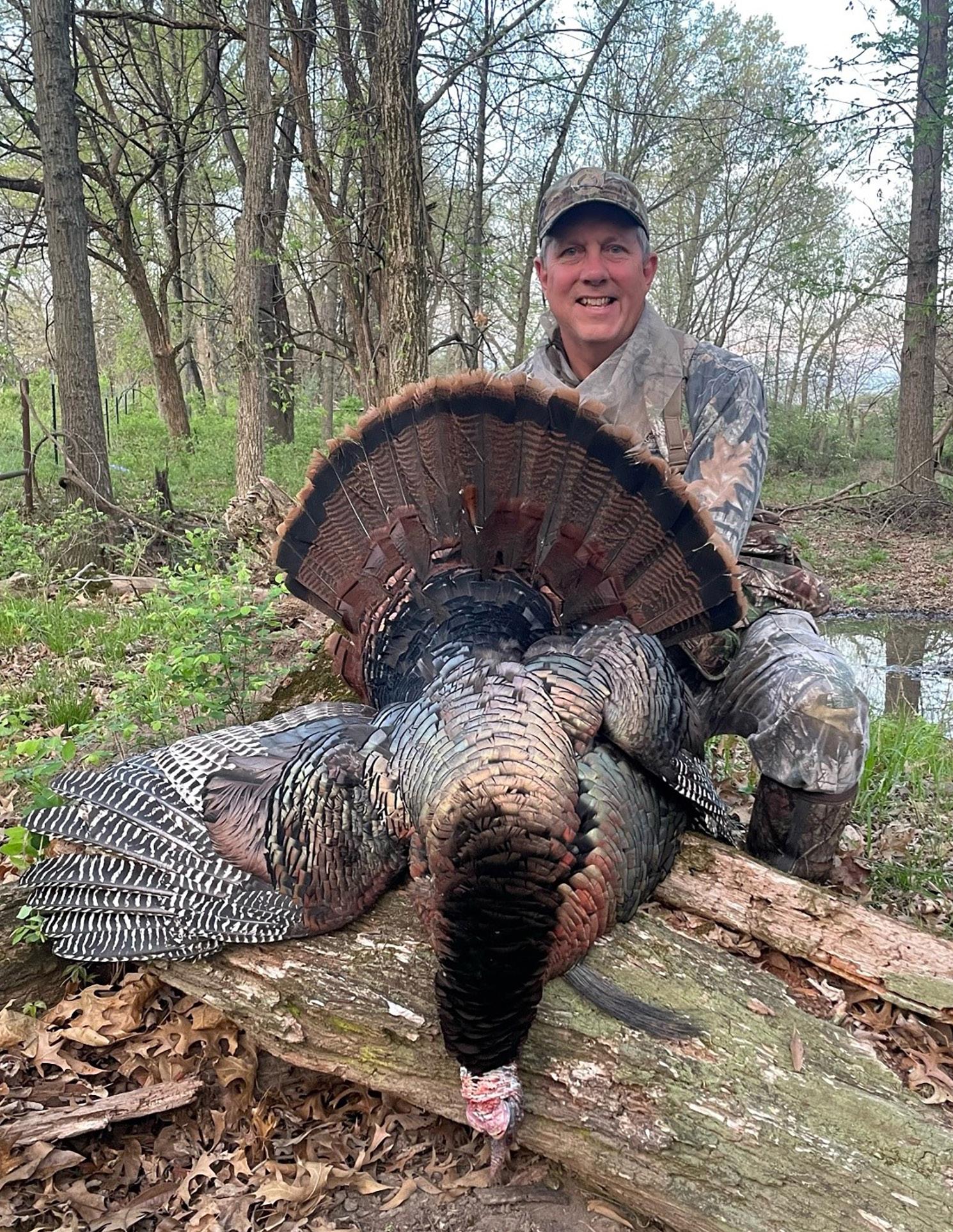
effectiveness among participants since its inception as part of the 2008 Farm Bill. Access is one of the biggest challenges faced by the sporting-conservation community, particularly in states with limited public lands. In the continental United States, 70% of lands are held in private ownership, meaning that access to these lands is imperative for our outdoor pursuits. For sportsmen and women, having places to partake in our time-honored outdoor traditions is a nonnegotiable, and lack of access to places to hunt and fish can severely threaten the future of hunting and angling.
In the 2018 Farm Bill, VPA-HIP was allocated $50 million. Since the 2018 Farm Bill, demand for the program has continued to grow, just as the need for access opportunities has grown. The $50 million provided by the 2018 Farm Bill for VPA-HIP has been fully allocated across the country. Recognizing the importance of this program, CSF has urged Congress to include $150 million for VPA-HIP over the five-year life of the next Farm Bill. This investment will help ensure that sportsmen and women have places to pursue what they love most, and that is something well worth investing in.
• One of the most effective private land conservation programs in the world.
• Provides landowners with direct payments and other incentives in exchange for transitioning certain marginal acres from crop production to a specified conservation purpose for the duration of the CPR contract, typically 10-15 years.
Introduced as part of the 1985 Farm Bill, the Conservation Reserve Program is the oldest and most well-known Farm Bill conservation program. This pro gram is important for sportsmen and women because it helps establish habitat on farm country for many of our favorite species, both game and non-game. CRP has been celebrated for its success in increas ing populations of ducks, pheasants, turkey, bobwhite quail, prairie chickens, and other game birds; support ing fish habitat by reducing nutrient and sediment runoff into waterways; and by providing habitat for popular game species, like White-tailed deer, and im portant non-game species. Since its inception, CRP has created more than 3 million acres of restored wetlands while protecting more than 175,000 stream miles with riparian forest and grass buffers, enough to go around the world seven times. To capitalize on that, many farmers, ranchers, and forest owners also open access of CRP acres to hunters and anglers.
Conservation Easement Program (ACEP) represents a bold strategy in the conservation of our nation’s wetlands, grasslands, and working farms. ACEP allows landowners to voluntarily establish term-limited or perpetual easements on their property in exchange for financial incentives. Easements under ACEP may be used to ensure land is not converted from agricultural use (Agricultural Land Easements – ALE) or to conserve, restore, and bolster wetlands (Wetland Reserve Easements – WRE).
For sportsmen and women, the wetland restoration and management advanced through WRE (formerly known as the Wetland Reserve Program) represent some of the most important contributions to waterfowl habitat across the nation. By partnering with private landowners on a voluntary basis, WREs have restored many of the most vulnerable and commonly converted systems in our country, reviving the critical habitat and local, regional, and nationwide ecosystem services that wetlands provide.
In addition to increased resources for ACEP, CSF has advocated that members of Congress continue to recognize the fish and wildlife habitat and ecological benefits of wetlands created through WRE, both on and off-site.
• Provides landowners with financial incentives and assistance to implement conservation practices on private working lands, benefiting game and non-game species alike.

The Environmental Quality Incentives Program is one of the foundational conservation programs administered by the Natural Resources Conservation Service (NRCS). This voluntary conservation program allows farmers to strengthen habitats, improve water and soil quality, and more by providing the funding and assistance needed to do so. NRCS works one-on-one with landowners to address natural resource conservation needs through detailed plans specific to the area of land on our nation’s private, working lands.
Currently authorized to enroll up to 27 million acres of private lands, the reach of CRP cannot be overstated. Recognizing these tremendous conservation benefits attributed to CRP, CSF has encouraged Congress to retain critical investments in this program and to better the program to bolster enrollment. A strong Conservation Reserve Program means stronger habitats.
• Conserves habitat on working farms and ranches through conservation easements.
Designed with long-term benefits in mind, the Agricultural
Conservation practices implemented through EQIP are often designed to address very specific resource needs, including improving soil health and water quality, mitigation against environmental stressors, and, most importantly for sportsmen and women, creating and improving wildlife habitat. As it relates to wildlife habitat efforts, EQIP is one of the most common avenues through which NRCS accomplishes the goals of Working Lands for Wildlife (WLFW). Through WLFW, participating landowners receive resources, both financial and technical assistance, and regulatory assurances designed to protect their working operations in exchange for supporting habitat for identified species that are at risk of future listing through the Endangered Species Act.
This program is one of the most popular for private landowners and is often oversubscribed. As such, the key focus for EQIP is additional funding, including the potential retention and inclusion of funds made available to the program last year through the Inflation Reduction Act.
• While many of the Farm Bill’s conservation programs are focused on local conservation priorities, the ecosystem services

carried out in these programs have downstream benefits as well.
For aquatic ecosystems, these benefits were long overlooked but remain extremely important.
America’s farmlands are intrinsically linked with the nation’s waters and fisheries. Conservation programs in the Farm Bill have long worked with farmers, ranchers, and landowners to restore fisheries – working to stem hypoxia in the Gulf of Mexico and Chesapeake Bay, prevent harmful algal blooms in the Midwest and conserve stream flow in western states.
In addition to the previously mentioned programs that benefit water quality and aquatic habitat, CSF encourages the reauthorization of specific programs that benefit fish, such as the Regional Conservation Partnership Program (RCPP), Source Water Protection Program (SWPP), and the Watershed Condition Framework (WCF), among others.
While it can be difficult to digest these complex, rich investments in conservation simply by reading an article, you can witness them for yourself when you take a youth hunter on their first hunt out on private lands accessible through VPA-HIP or when you flush a covey of bobwhite quail on private lands conserved through CRP. These incredible conservation programs of the Farm Bill
show up in a healthy population of vibrant brook trout in a small eastern creek or a greater sage grouse strutting in courtship out west. As hunters and anglers, this is often the language we speak, as the natural world is our whole universe. These programs matter. Words are one thing; the benefits of these programs go well beyond that. They have an effect on the moments that make life worth living and the species and places that we love the most.
While the nation looks ahead towards elections and critical pieces of legislation moving, such as the Farm Bill, you can count on CSF to continue to be the unwavering authority on outdoor policy issues. Although an election year brings its new complexities, our dedication to our mission to protect our time-honored traditions will stay the same, never faltering. The Congressional Sportsmen’s Foundation has worked closely with Congressional leaders to advocate for these robust investments in our nation’s habitats, wildlife, and fisheries. As Congress continues discussions on the next Farm Bill, CSF is largely optimistic that many of our priorities, which benefit fish, wildlife, and opportunities for sportsmen and women, will be included in the next Farm Bill. In a time where we face significant challenges towards conserving our country’s most beautiful natural resources, the sporting-conservation community needs a strong Farm Bill now more than ever. To learn more about the Farm Bill, visit www.farming4habitat.org ★


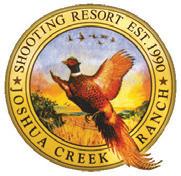





BY CRAIG PHILLIPS
I’ve been a crummy uncle. Most of my nieces and nephews have fished at the bay house over the years, albeit not often. Years ago, I took a nephew hunting in South Texas and returned him to his parents half-dead. It seems a quick lunch across the border disagreed with his preteen digestive tract. I talk the talk about the importance of teaching outdoor skills to the next generation, but truth be told, I haven’t done my part. »

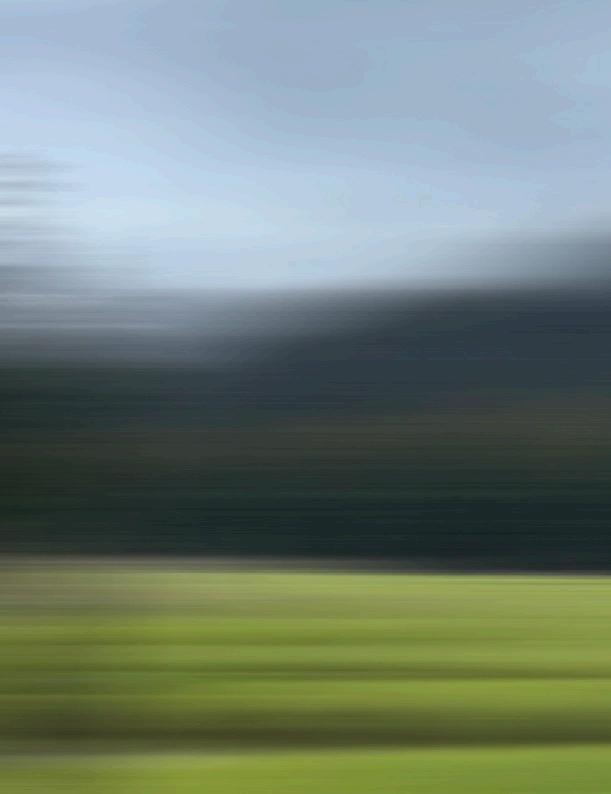
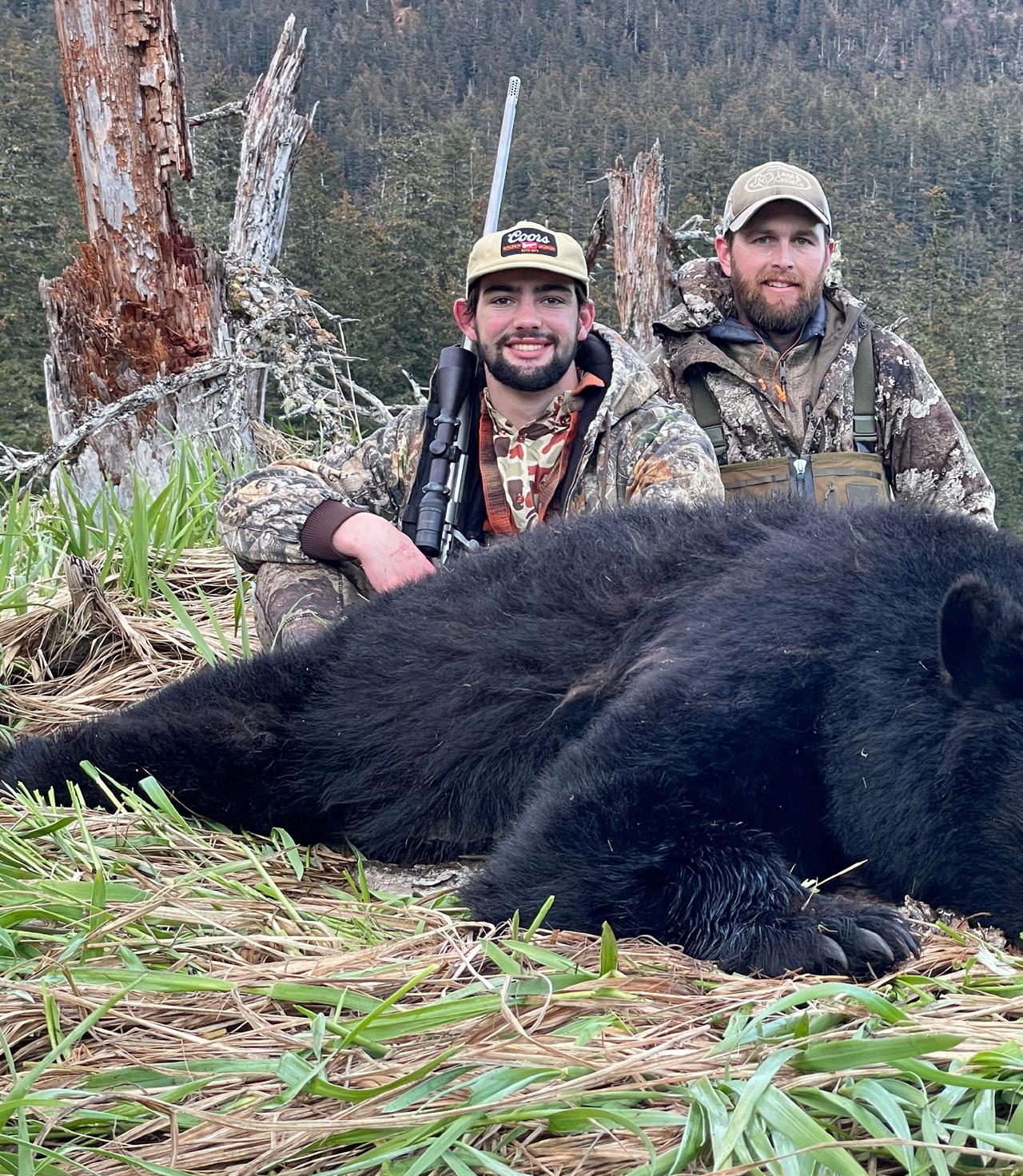
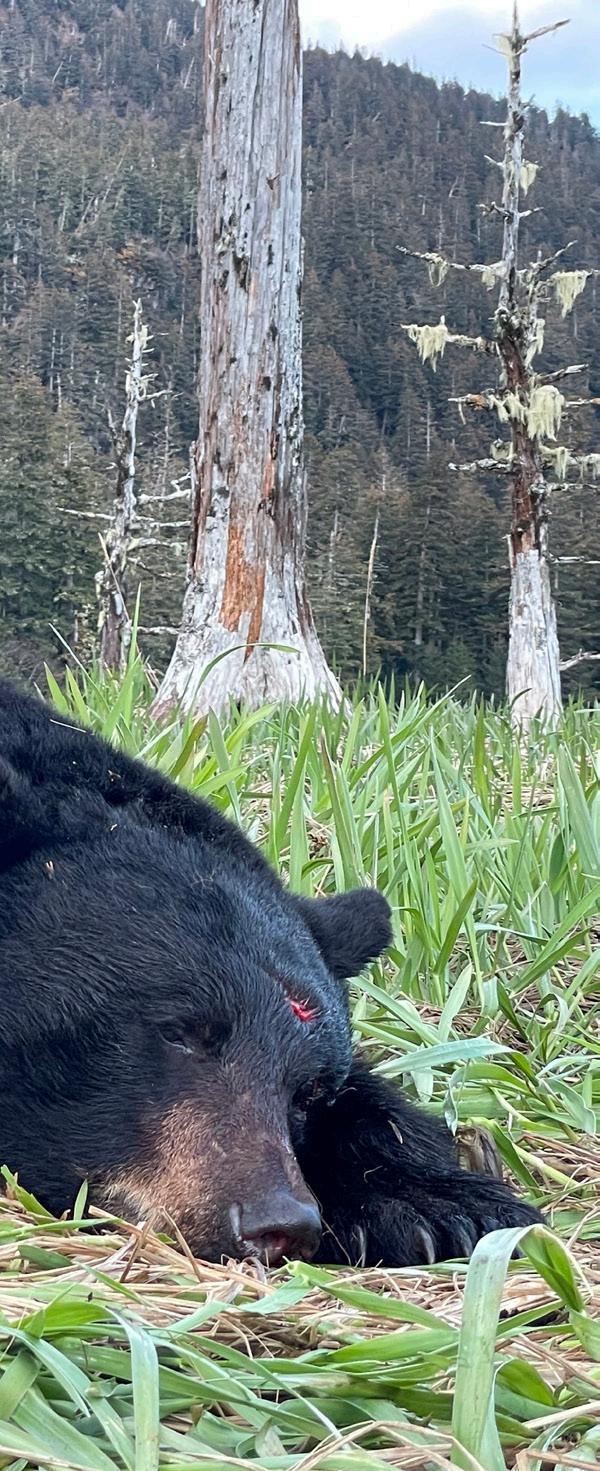
When my brother-in-law Michael Kearns mentioned my nephew Ryan wanted to hunt a black bear, I thought maybe it was time to step up. I asked Phil Byrd, who runs an incredible fly-in brown bear, moose, and flyfishing operation (arcticnorthguides.com) on the Alaska Peninsula, who he’d recommend for black bears. He said, “I got you.” and picked up the phone. After successful trips with Phil, he had my complete trust. I booked two hunters and an observer with his recommended outfit for May 2024 and didn’t think much more about it.
I’ve hunted and fished Alaska enough over the years to know a little. Michael and Ryan had never been. By default, I was viewed as the regional expert and tour guide. We arrived with luggage and rifles in tow, rented a Tennessee Volunteer orange Toyota 4Runner, and spent the first night at The Lakefront Anchorage. The Lakefront caters to hunters, has a restaurant and bar, and is on a busy float plane airport, Lake Hood. It’s always worth the stop.
We agreed to drive, versus flying, to sightsee our way to the next destination. The four-plus hour Highway 1 trip is beautiful alongside the Turnagain Arm of Cook Inlet. After crossing the snowy mountains, we rode next to the famed Kenai River before turning South again at Soldatna. The road proceeds back toward the coast all the way to Homer. Along the way, we saw moose, bald eagles, and some beautiful scenery. Homer, with a local flavor typical of many Alaska fishing villages, is surely interesting enough to fill an afternoon.
The following morning, as previously agreed, we met Paul Brand for the first time. Paul is the owner of Alaska Safari Unlimited (bear-hunts-alaska.com). His easygoing manner conveys his knowledge and experience. Paul operates boat charters for Afognak brown bear, black bear, Roosevelt elk, Sitka blacktail deer, and mountain goat. Paul also runs seven day sport fishing trips on the north end of Kodiak Island in the summer. His boat, the Alaska Dawn, is fully equipped with three comfortable staterooms and crew quarters. Since we were the lone group that week, we had the boat to ourselves. We needed to tackle a storm-damaged camp in another area, so Paul turned us over to Registered Guide Corey Brubaker.
Most of the day involved boat travel to the black bear area, a secluded bay on the outer coast of the Kenai Peninsula. Once anchored, since it was already staying light past 11 PM, Corey urged us to organize quickly for a short evening hunt. Taking a skiff from the Alaska Dawn, we worked our way up river drainage in a neighboring cove. The hunts are based around high tides, so hunters may access the necessary areas and navigate safely. The primary hunting area is a pristine waterway winding through tidal flats covered in “bear grass” surrounded by dense forest and snowcapped mountains. I learned that when they feel like it, the bears come out of the trees to feed on the emerging grasses.
With light fading on a long day, Corey and I disembarked to begin a wade toward two promising bears feeding on an island peninsula. A Pennsylvanian, Corey has guided Alaska for years and is exactly the type of guide one would hope for when booking a hunt. The shoreline mostly hid our approach, but at precisely the time I thought, “This is going to happen,” the wind shifted, and the bears disappeared into cover.
As day two dawned, we decided Ryan should take the first bear. I told Ryan I’d be on the lookout for wolves, as I’ve eaten wolf tag soup about a half dozen times. The regulations for our area stated no special permit was required. I joked that

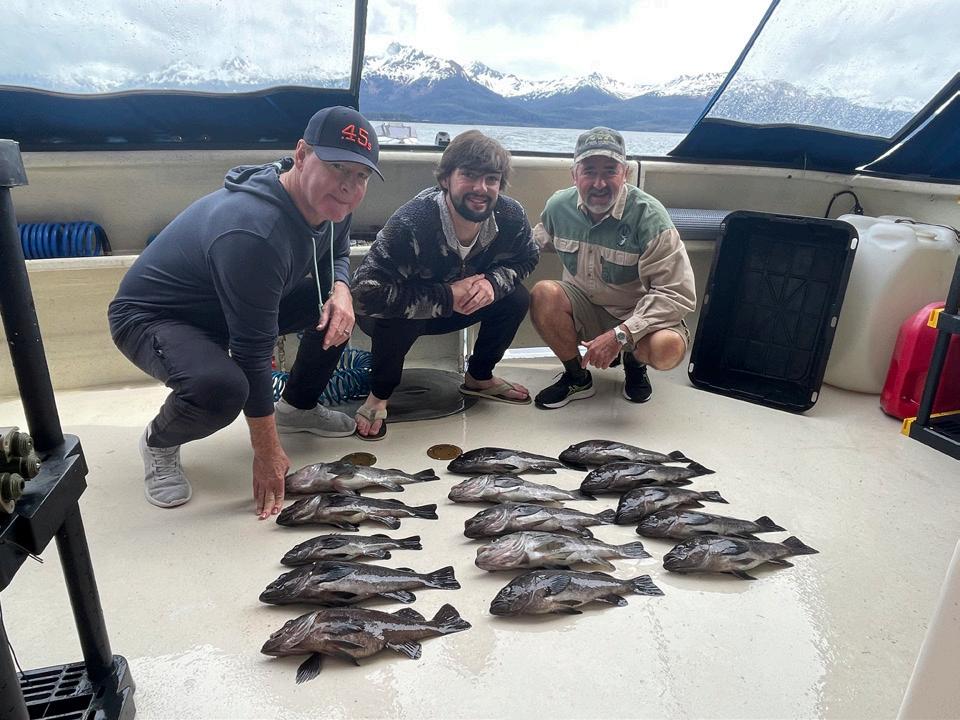
it probably meant, “Good luck on a wolf!” While it sounded fun, the regulations also said wolf season closed on April 30, assuring another trip to wolf country without a wolf.
Unfortunately for Ryan, it rained most of the day, and we only got in for an evening hunt again. We did, however, see several bears, and Ryan was able to make his first stalks. Regardless, we were learning that Captain Dave Debrosse, a native of Arizona who went to Alaska on vacation 30 years ago and never went home, could both capably handle a large seagoing vessel and double as a pretty mean chef. Rain delays weren’t that bad!
Day three proved an amazing day for bear hunting. We did a morning hunt at high tide. Ryan approached more bears only to have Corey say, “We can do better.” The evening hunt was even more incredible. We looked over at least fifteen bears. At about 9:00 PM, we spotted what appeared to be a “boss” of a black bear. Michael and I remained with the skiff to glass the hunters as they crossed a huge tidal flat. We saw Corey finally put up the sticks. Ryan got into position at about 130 yards, and I can tell you, looking through my binoculars, I was excited for him.
Then the bear laid down and went to sleep! Every few minutes, the boar would roll over, switch ends, and fall back asleep. This went on for a solid hour. Finally, the bear got hungry again, and Ryan made a perfect shot on a very nice bruin. It turned out to be quite the high school graduation present (by the time of the hunt, he had completed his freshman year at Texas with a 3.96 GPA).
Ryan is a tall, quiet, low-key young man. He doesn’t excite easily, but I could tell he was elated. Alaska Safari Unlimited brings bears back whole to the mother ship, so we all pitched in until well after midnight. At some point, a pod of killer whales came into the cove, passed our boat, turned around, and left again—an amazing sight during the calm of darkness.
The following morning was my turn-on point. We put in a full day without success. Apparently, the Kenai bears don’t like bright sun, and we sighted only a few smaller specimens. As evening approached, we made a couple stalks but turned down each bear. Truly, however, it’s never a bad day to be hunting in Alaska, particularly with the nice weather.
The following morning, we tried a new area. The seas were rough, and the wind was wrong. We saw a handful of bears but never approached close enough to judge them properly. As the weather deteriorated, we returned early to the mothership to eat a bit and regroup.
Michael is a great dad and a non-hunter. He was there for the experience and to spend time with his son. To his credit, he’d stuck it out every minute of every session. He asked if I’d be offended if he took the rest of the day off. I looked outside at the pouring rain and said I’d think less of him if he didn’t! So, off our little party went, sans the wise one, Michael. We saw very few bears in the rain but brought sandwiches and stayed for the day (once you miss a tide window, you’ve committed to another six hours). The sun poked out for a few minutes in the afternoon but, again, few bears. I sensed Corey starting to feel pressure, and we tromped closer to study every bear. I told him there was no pressure. Bear or no bear, we were all having a blast.
Late in the evening, a bear came off the mountain onto the edge of the flat, probably 500 yards away. I believed it to be a bear we’d spotted previously and hardly gave him a second look.
I told Ryan I appreciated
him sticking it out with me for a thirteen-hour day, mostly in the rain.
His response endeared me to him
forever: “Uncle
Craig, I can play video games anytime. How often do I get to see my uncle kill a bear?”
Corey believed it was a different bear and that we should “take a walk” once again. As we plodded through mud and crossed the ditches made by centuries of runoff, we saw the bear leaving scent along the tree line. His backside had the unmistakable waddle of a mature animal. We worked our way within 140 yards, and luckily, he dropped instantly, right on his scent line.
Corey soon departed, attempting to bring the skiff closer. Along the way, he asked Ryan and the apprentice guide, Rider, to bring all the gear we left behind to my current location while I stayed with the bear. Corey learned due to the tide, he couldn’t get the boat nearer.
Following pictures, we slogged through the flats, rivers, and ditches and walked a good mile back to the skiff. For his part, Rider pulled the partially floating bear most of the way by wading a tidal river against the current. He certainly earned his keep that night. A side note is one day, I asked Rider if he spelled his name Rider or Ryder. He said he once told a girl it had a silent “st.” Hence, for the entire week, I called him Strider. Or is it Stryder? I still don’t know.
I told Ryan I appreciated him sticking it out with me for a thirteen-hour day, mostly in the rain. His response endeared me to him forever: “Uncle Craig, I can play video games anytime. How often do I get to see my uncle kill a bear?” Who says the next generation doesn’t get it?
The return trip to Homer was highlighted by a bit of fishing. Michael, Ryan, and I quickly caught a limit of black rockfish, which Captain Dave expertly prepared and served on the cruise back to port. I can tell you his recipe yields a “top 5” tasting fish. Another highlight was sharing a fish-cleaning technique common on the Gulf Coast with Corey. After the last of the 30 filets were on ice, Corey mused, “Why did no one tell me this before?” I joked it’d be even easier if Paul broke down and bought an electric knife!
On the final morning, as we left Homer, I realized again just how special Alaska is. We dropped our bears at a taxidermist near Anchorage and then proceeded to the obligatory Moose’s Tooth for their amazing pizza. Now that Ryan knows all my secrets on the Kenai Peninsula, I hope he can one day return to share his knowledge with another generation. ★















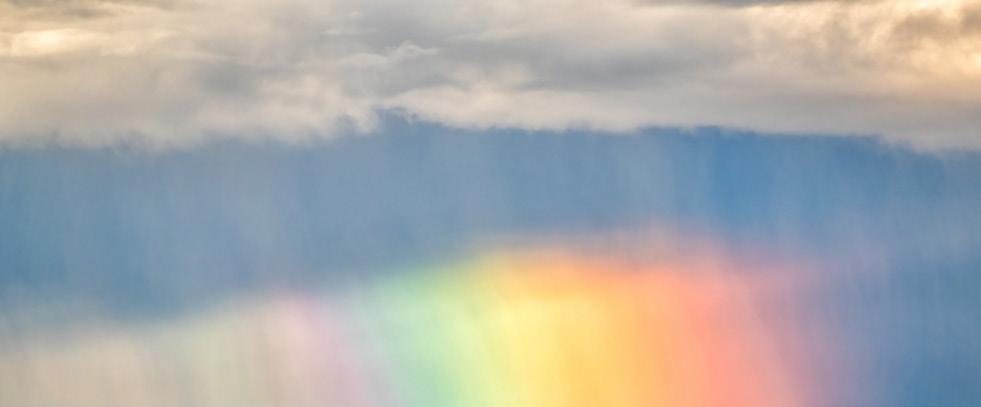
BY CHESTER MOORE, JR.
As a bull moose emerged from dense cover, the rainstorm we had ventured through cleared. Just as the massive animal walked up to a small water hole, a rainbow appeared in the distance, and from our angle, it looked as if it had ended at the moose.
Our Higher Calling Wildlife® team invited a family to photograph wildlife as part of our “I Love Ewe Expedition,” all four kids had ear-to-ear smiles.
“I wonder if there’s a pot of gold down there?” one of them asked.
“I don’t think you want to wrestle that moose over it,” his brother replied.
Their little sister is struggling with cancer but at the moment is doing quite well, so I got her positioned in a safe spot with my daughter Faith, and we snapped numerous shots of the massive animal.
“I think that’s a good one,” she said as she looked at the LCD screen and had indeed captured a good photo.
Her beautiful smile put tears in my eyes.
After all, as someone who loves kids even more than wildlife, having the God-given privilege to
have kids like this enjoy wildlife experiences with us supersedes any hunting or fishing trip or career highlight for me. It’s truly a privilege to do this, and it touched me deeply.
It was a fitting way to end a fun evening of wildlife photography in the wilds of Colorado and kick off a week of working with other children facing various challenges.
Higher Calling Wildlife is a program of our Children’s Kingdom Ministries that seeks to bring hope to children facing special challenges such as critical illness, traumatic loss, depression, and life in the foster system.
Specifically, this program takes families on short expeditions to photograph wildlife and trains the youngsters to use photography to raise awareness of conservation.
We teach the North American Model of Wildlife Conservation, which highlights hunting as a conservation tool. The Houston Safari Club Foundation’s hunter-conservationists helped fund this expedition through a grant.
It is the third grant we’ve received, and it has helped us impact many of these children one-on-one.

Seeing this in the wilds of Colorado was an unforgettable experience for everyone involved.

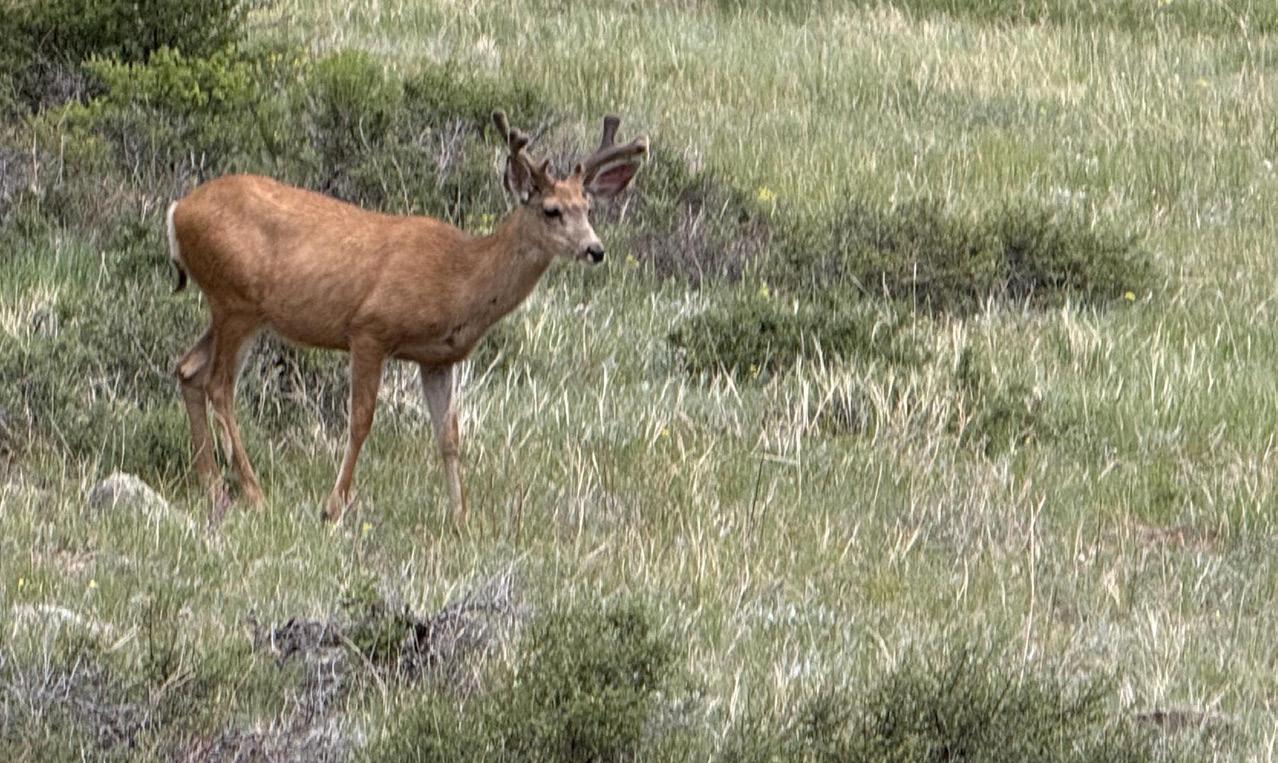
We called this year’s trip the “I Love Ewe Expedition” as we wanted to raise awareness of bighorn sheep, precisely the issue of disease, which has an incredible impact on ewes and their lambs.
The number one threat to bighorn sheep is a pathogen called Mycoplasma ovipneumoniae, that is transferred through contact with domestic and exotic sheep and goats. It can wipe out entire herds. We had the opportunity to emphasize photography of ewes and lambs to show their beauty and let people know that lambs, particularly, are hit hard when Mycoplasma ovipneumoniae strikes a herd. It’s one thing to hear about bighorns, but seeing them in person and at close range is special.
We had one small herd walk 20 feet away from us in a tight spot on the mountain, and the kids were blown away to see the little lamb keeping up in the steep mountain habitat.
Plus, with the name play of the project, we wanted the young people we are working with to know they are loved and valued.
The photos taken by these young photographers will be featured in the 2024 edition of Higher Calling Wildlife® magazine, shining a light on conservation and the resilience of these children. Some of them are featured in this article.
Our friends at The Wild Sheep Foundation (WSF) provided educational materials on sheep and other wildlife that we not only gave to the kids we were working with but distributed them to many families we met during our time in the mountains.
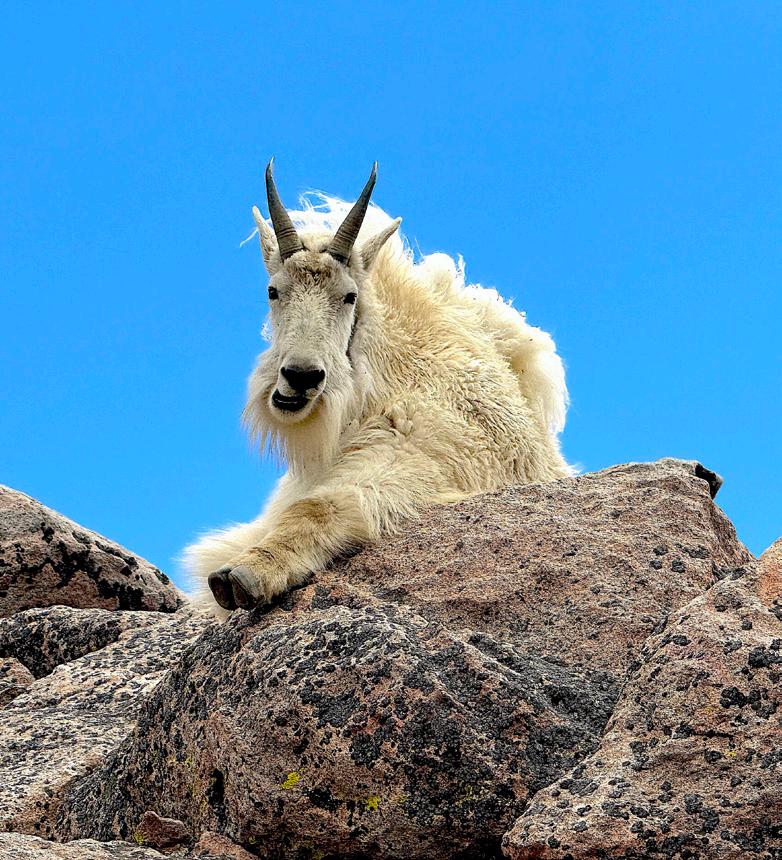
We got to talk with the kids about how WSF, the Houston Safari Club Foundation, and the Texas Bighorn Society have recently contributed to a desert bighorn restoration project in West Texas and that hunter-conservationists are champions for these iconic animals across their range.
Mule deer are one of North America’s most sought-after game animals, and we wanted to spend some time on the trip taking families to photograph them. It was also an excellent opportunity to learn about conservation issues with the species.
One significant issue impacting mule deer is fragmentation and loss of their traditional migration corridors. These corridors are vital for their seasonal movements between summer and winter habitats, allowing them to find suitable forage and avoid harsh weather conditions. However, as human development expands, these corridors are often disrupted or completely cut off, forcing deer into less favorable habitats or preventing them from accessing critical resources.
Efforts to mitigate this threat include the establishment of wildlife crossings.
These structures, such as overpasses and underpasses, allow these deer and other wildlife to safely traverse roads and
highways, reducing the risk of collisions with vehicles and reconnecting fragmented habitats. Wildlife crossings have proven effective in various regions, helping to restore natural movement patterns and reduce stress on mule deer populations.
Another emerging threat to mule deer comes from increasing predator populations, particularly wolves, whose reintroduction in some areas has led to predation pressures on deer populations.
The family we took for an evening of mule deer photography marveled at the beautiful animals. We quickly found a doe with a fawn, but they were super shy and didn’t stick around for photos.
Late in the evening, we found a small valley with several bachelor groups of bucks. They allowed us to get within photo range and spend time photographing them eating their evening meal.
This family also has a little girl who has dealt with cancer, and this little fireball is doing great this summer. She and her brothers loved seeing the deer and spending time in the beautiful mountain setting.
As we prepared to leave the valley, we noticed a buck approaching. It had crossed a road and was headed right for us, eventually coming within 20 yards. It stood there, looked at us,
and then walked down to the lower part of the valley, eventually disappearing in a draw. It was an unforgettable moment with a beautiful family in a serene setting. I will never forget it.
My daughter Faith is 18, and her personal goal on the trip was to photograph a mountain goat.
She had to do that at 14,200 feet atop Mount Blue Sky (formerly Mount Evans), about 90 minutes from Denver, CO.
A photo that she took of a bull elk on our 2020 expedition earned her a spot at a national fine arts competition in Columbus, OH. She wanted to get a mountain goat to show people what she called a “super cool animal.”
“I want, through my photography, to teach others about wildlife and conservation. I have a good time out fishing with my Dad and going wildlife photography, and I want to use it for good so people can learn to appreciate wildlife and its habitat,” she said.
We saw upwards of 20 goats on the mountain, but one intrigued her.
It was perched atop a rock pile and kept giving what she
called “mean mugs” to us.
She got that photo and then shared it on social media. We are members of the Rocky Mountain Goat Alliance, a prohunting goat conservation group, and they shared it on their social accounts.
“It’s great to be able to photograph these cool animals and even better to share time in the mountains doing photography with the kids my family works with through Higher Calling Wildlife,” she said.
Connecting the dots between conservation and easy access to wildlife is crucial in a generation that spends much of their day on image-centric apps like Instagram.
And connecting it with pro-hunting pro-science-based conservation groups is crucial.
Moose are some of the most incredible animals in North America.
While not anywhere near endangered or threatened, some issues need a more profound examination with moose, and when you have a bull feeding in front of you, it’s an excellent

We met Alex, who has numerous health struggles, on our 2023 expedition. He wasn’t feeling up to joining us in the mountains this time, so we decided to see him.
He calls me his “mountain friend”.
He wanted to show us a park by his house that uses goats to mow the grass, so we met him there for an impromptu tour. And yes, we saw lots of goats.
Alex touched our hearts, and his giving sharing heart is inspirational.
The greatest gift you can give to children is your time. If you can take them on hunting or fishing trips, that’s great, but any time invested in them is well spent.
My little “mountain friend” taught me that.
—Chester Moore
opportunity to teach that to children.
Warming temperatures, particularly in parts of their range, have disrupted their natural habitats.
This has manifested in an explosion of tick infestations. Warmer winters mean more ticks survive, leading to higher infestations. These parasites can weaken moose, making them more susceptible to diseases and reducing their chances of survival, especially in calves. One moose was verified to have more than 100,000 ticks on it.
Habitat loss is another pressing concern. As urban areas expand and forests are cleared for development, moose lose their natural habitats.
This forces them closer to humans, leading to more moose-human conflicts and increasing the likelihood of dog encounters, which can be dangerous for both the animals and humans.
The reintroduction of wolves in regions like Yellowstone has had a negative impact on moose numbers. While wolves play a role in ecosystems, their predation on moose has contributed to declining populations in some areas.
This expedition served as the launch of Lisa’s “Moose Mission” project. Inspired by a 2019 encounter with a moose in Colorado, my wife Lisa developed a profound respect for the species and felt compelled to help them.
“That encounter made me realize how majestic and vulnerable these animals are with warming temperatures, rising predators, and habitat loss. I knew I had to find a way to contribute to their conservation.”
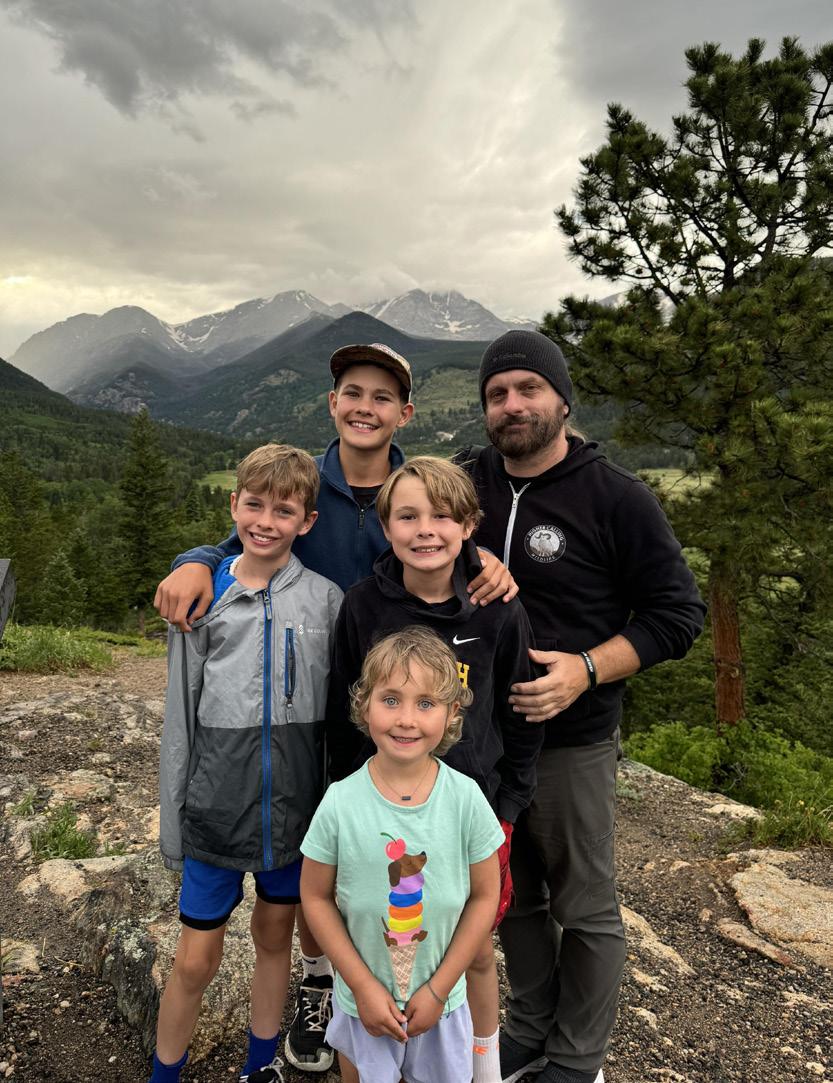
“Through the Moose Mission, we hope to shed light on moose’s various challenges and encourage more people to participate in conservation efforts. Educating the next generation about the importance of preserving wildlife can inspire them to take action and make a difference. We plan on doing this with kids, and it’s essential to let them know about these issues and that hunter-conservationists are at the forefront of safeguarding wildlife’s future.
Part of the program will involve giving our wildlife conservation gift packages, including special information on moose, to kids facing challenges of any age. If you know of a kid who might qualify, email lisa@kingdomzoo.com.
LEAViNG iNSPiRED
Throughout their time in the wilds of Colorado, these young explorers discovered more than just the perfect shot. They found resilience within themselves, new friendships, and a chance for
wildlife conservation mentorship.
Every encounter with wildlife, every snapshot taken, planted a seed of inspiration, encouraging them to see the importance of conservation.
The generous grant from the Houston Safari Club Foundation and private donors made this incredible journey possible. Their support not only brought smiles to these young faces but also sparked a passion for conservation in the next generation’s hearts. Thanks to their contribution, these kids now look forward to a future where they can make a difference by using photography to raise awareness of wildlife conservation issues.
As a hunter-conservationist, I am incredibly grateful for the support and the opportunity to have children facing trials join us in encountering North America’s incredible mountain wildlife. ★


It’s been proven for decades that when wildlife has an economic value, people from all over the world do whatever they can to conserve them. Private landowners in Texas and WildLife Partners are no different. Over the last 8 years, values of most non-native species have increased dramatically, but none more so than the species WildLife Partners breeds.

Animals



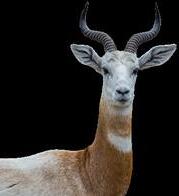



Prepare to embark on a journey like never before with our groundbreaking Pioneer Plus fat-tire electric bike. Representing a monumental leap forward in the e-bike industry, the Pioneer Plus combines cutting-edge technology with unparalleled performance to redefine your riding experience. We’re proud to offer the Pioneer Plus at an unbeatable price point without compromising on quality or performance. Experience the pinnacle of e-bike innovation without breaking the bank. With specifications that outshine the competition, the Pioneer Plus sets a new standard for cost-effectiveness in the market. Elevate your ride, embrace the future, and join the revolution with the Pioneer Plus. Whether you’re a seasoned adventurer or a city explorer, there’s never been a better time to embark on your next journey. Unleash the possibilities and redefine what’s possible with the Pioneer Plus fat-tire electric bike. Features include Dynamic Sensor Switching, a reliable Bafang motor, and an extended range battery.
» MSRP: $2,299.00.
» Find out more: dirwinbike.com
From dense underbrush to rugged peaks, the BTMPant elevates outdoor adventure with advanced technology. FORLOH has crafted these pants using durable, military-grade nylon/cotton ripstop fabric treated with an abrasion-resistant paraffin wax emulsion. This ensures robust ‘Brush To Mountain’ (BTM) protection and includes a four-way stretch for effortless movement in any terrain. Enhanced with Polygiene® Stay Fresh® antimicrobial and Odor Crunch® scent control technologies, these pants help you stay fresh and less detectable to both prey and humans. Made in America and built to last, our BTM Pro Pant represents a leap in outdoor gear technology, guaranteed to enhance your outdoor experience.
» MSRP: $0000
» Find out more: forloh.com
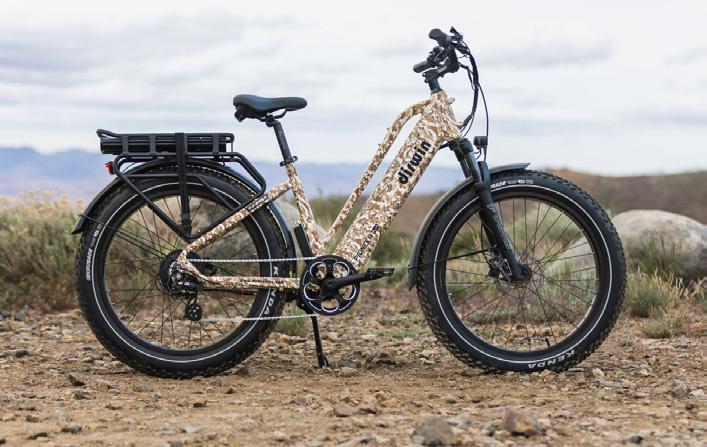


Trust this season to the credibility and accuracy of the 2024 Elite Ethos to provide the perfect hunting bow. With IBO speeds reaching up to 340 feet per second and forgiving adjustability to customize your set up exactly how you want, the Elite Ethos is the epitome of elevated performance. Featuring the same comfortable grip, S.E.T. Technology, and V3 Performance mods featured on the efficient SP cam system, providing the ultimate in versatility for your bow.
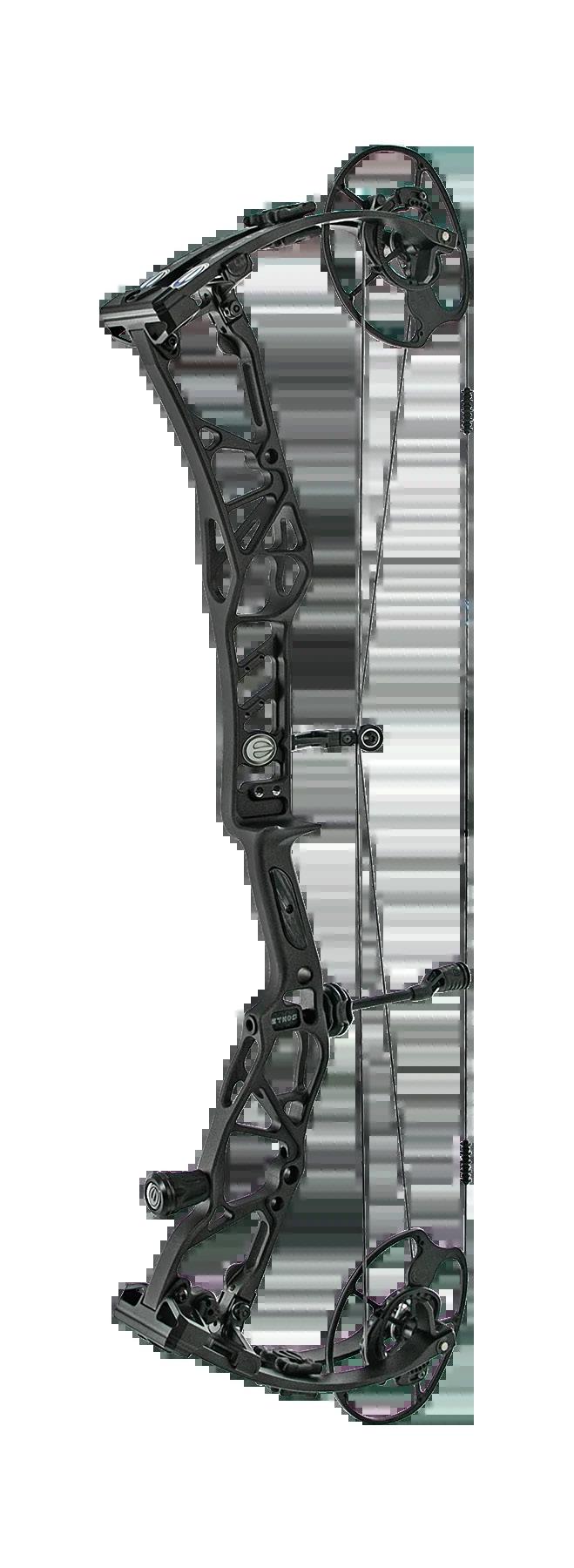
Memphis-based Alma del Jaguar produces certified additive-free tequilas to raise awareness and funds for wild jaguar conservation in the US and northern Mexico. Founder McCauley Williams was inspired by his uncle Rick Williams, a wildlife photographer who moved to Mexico in the ‘90s to study wild jaguars and soon thereafter founded the Northern Jaguar Project, a bi-national effort between conservationists from the U.S. and Mexico to preserve and recover the world’s northernmost population of wild jaguars and their habitats. Part of this conservation effort is building and maintaining a 56,000-acre reserve in the Sierra Madres just south of the Arizona border.
Alma del Jaguar (soul of the jaguar) is produced in partnership with Master Distiller Sergio Vivanco, who is committed to the entire production process in a way that respects the land, is sustainable and results in exceptional tequila.
McCauley is a lifelong outdoorsman, hunter, angler, and conservationist.
» Alma del Jaguar Tequila Blanco $52.99
» Alma del Jaguar Tequila Reposado $64.99
» Alma del Jaguar Tequila Añejo $79.99
Any hunt. Any range. Go beyond what you ever thought possible with Federal Premium® Terminal Ascent™. Bonded construction penetrates deep on close targets, while the patented Slipstream® polymer tip initiates expansion at velocities 200 fps lower than comparable designs. The bullet’s long, sleek profile offers an extremely high ballistic coefficient, and its AccuChannel® groove technology improves accuracy and minimizes drag. Now available in a full selection of longrange hunting cartridges including 7MM PRC and 300 PRC.
» MSRP: $77.99
» Find out more: federalpremium.com
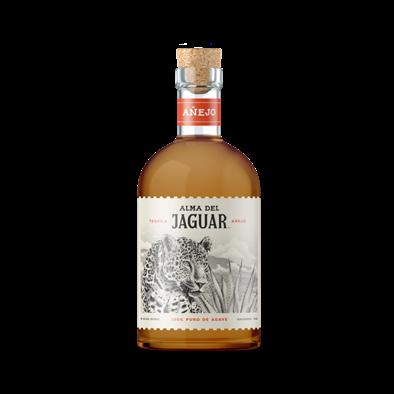
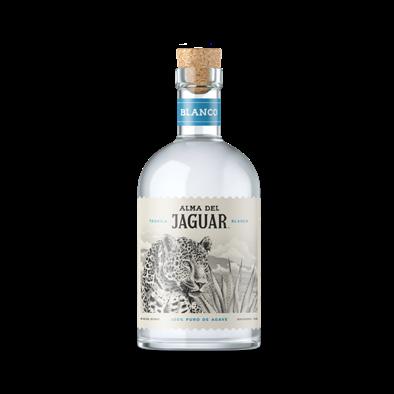
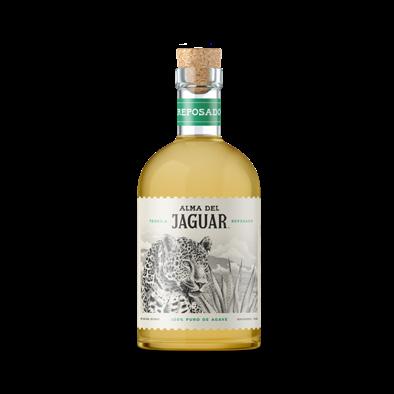
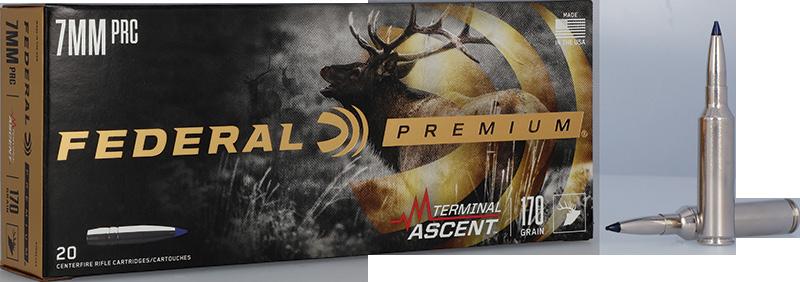

Umarex Komplete NCR
Stay-N-Shoot Sporting Clays Package at Joshua Creek Ranch
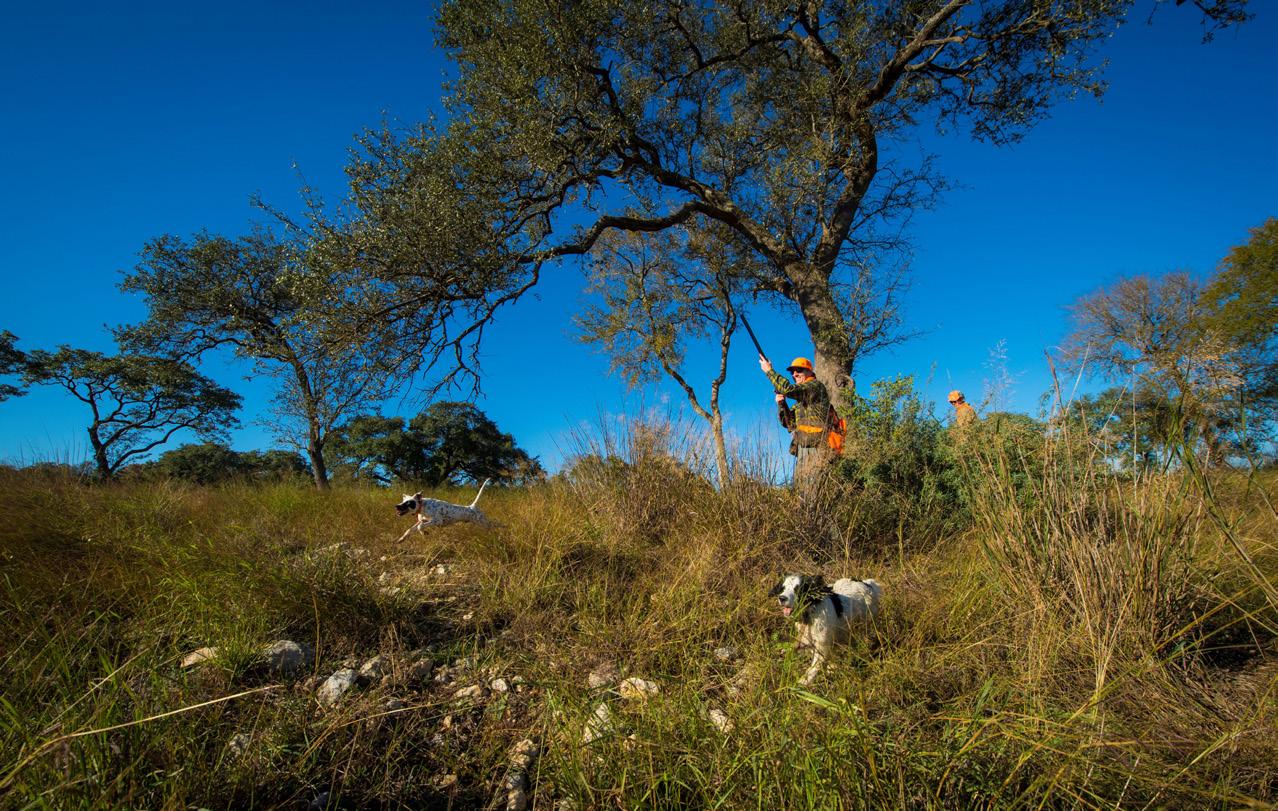

Benelli LUPO HPR
Bolt-Action Rifle
Burris Eliminator 6

6.
UMAREX KOMPLETE NCR
The new Umarex Komplete NCR is a revolutionary airgun that uses compressed nitrogen for power. More powerful than a break barrel and more convenient than traditional pre-charged pneumatic rifles, the Komplete is perfect for small game hunting or pest control. Visit NitroAir.com to learn more.
» MSRP: $199.00
» Find out more: nrafamily.org
7. STAY-N-SHOOT SPORTING CLAYS PACKAGE AT JOSHUA CREEK RANCH
One-night lodging & meals, plus unlimited sporting clays at Joshua Creek Ranch in the Texas Hill Country. Joshua Creek Ranch occupies a uniquely diverse terrain including miles of the spring-fed, crystal-clear Joshua Creek and the famous Guadalupe River. You’ll call it paradise when you experience the combination of the pristine hunt country with the outstanding cuisine, award-winning lodging accommodations and premier event facilities at Joshua Creek Ranch.
» MSRP: $425/Gun*
*Excludes ammo, gamebird processing, rental guns, alcoholic beverages, applicable taxes, and 15% service fee.
» Find out more: www.joshuacreek.com
8. BENELLI LUPO HPR BOLTACTION RIFLE
Benelli bucks conventional expectations that a precision, long-range rifle must necessarily be too heavy and cumbersome for practical hunting use, Benelli introduces the all-new Lupo HPR long-range rifle chambered in popular long-range calibers. Building on the tackdriving tradition of Benelli’s Lupo series bolt-action rifles, the Lupo HPR takes precision long-range shooting to new heights — and accuracy guarantees — in a platform that is comfortably suited for the big-game hunting fields. How accurate? Benelli guarantees the Lupo HPR to deliver 5-shot, ¾ MOA point-of-aim/ point-of-impact performance.
» MSRP: $2,949 for all Lupo HPR models
» Find out more: benelliusa.com
The Eliminator 6 gives hunters the utmost confidence in their ability to make the right shot under the toughest conditions, and does so with an entirely fresh, more streamlined appearance. Using the Eliminator 6, simply range your target, hold the illuminated aiming point on your target, and hold wind if necessary. Pull the trigger, and the Eliminator 6 eliminates the guesswork, allowing the shooter to focus on proper technique, ensuring more precision and ethical hunting.
» MSRP: $3,000
» Find out more: burrisoptics.com

fastest crossbows made. With a speed of 505 feet-per-second and 227-foot pounds of blistering power, the Nitro 505 is one of the fastest crossbows and most powerful crossbows ever built by TenPoint.
» MSRP: $3,099.99
» Find out more: tenpointcrossbows.com
11. PULSAR THERMION 2 THERMAL RIFLE SCOPE XP50 PRO 2-16X50MM
The Pulsar Thermion 2 Thermal Rifle Scope XP50 Pro features advanced thermal imaging technology that allows you to see clearly even in complete darkness or challenging lighting conditions. Whether it’s day or night, foggy or rainy, this scope provides you with a clear and detailed view of your target.
» MSRP: $5,499.99
» Find out more: bosqueoutdoors.com
12. OUTDOOR EDGE RAZOR VX KNIVES
Merging functionality with aesthetics and style, OE’s new Razor VX knives seamlessly integrate the company’s patented replaceable blade system into an elegant everyday carry knife. This innovative approach effectively addresses the perennial issue of sharpening or touch-ups, freeing users to focus on their passions.
» MSRP $39.99-69.99
» Find out more: outdooredge.com
13. GPO 10X40 RANGEGUIDE
Big things come in small packages. Measuring just 5.6 inches tall and weighing a scant 25 and 26 ounces, respectively, these new rangefinding binoculars are the smallest and most compact premium mid-sized products in the industry, only slightly larger than the GPO RANGEGUIDE 8x32 and 10x32.
» MSRP $1,349
» Find out more: gpo-usa.com
Pulsar Thermion 2 Thermal Rifle Scope XP50 Pro 2-16x50mm


Outdoor Edge Razor VX Knives
GPO 10x40 RangeGuide

Enjoy the true American spirit with Four Branches Bourbon Founders Blend. Crafted in Kentucky, this bourbon’s four-grain blend offers a smooth start and a warming Kentucky kiss finish.
Founded by Army, Navy, Air Force, and Marine Corps veterans, Four Branches embodies a bond forged in service and a deep-rooted passion for bourbon. Steeped in quality and authenticity, every batch reflects their dedication to excellence.
Each sip supports veteran causes and community initiatives. Serve Honorably, Drink Honorably, and Sip to Remember life’s meaningful moments.
Give the gift of tradition, honor, and exceptional taste with Four Branches Bourbon Founders Blend—crafted with pride and passion, perfect for any occasion.
» MSRP: $89.99
» Find out more: www.fourbranches.com
A sleek modern design, Quest Precision Grade Gunstock is equipped with a combination of an ambidextrous, enhanced hybrid sure grip thumbhole to accommodate all shooters, a semi-beavertail forend with diagonally cut barrel vents, and a shooting bag cut out with dual purpose hooks on the bottom of the stock making it easier to ride the bags on range day or out in the field. This mix of design will improve your shooting experience, no matter your shooting style.
» Find out more: www.boydsgunstocks.com

Four Branches Bourbon–Founders Blend
The Quest Precision Grade Gunstock from Boyds®






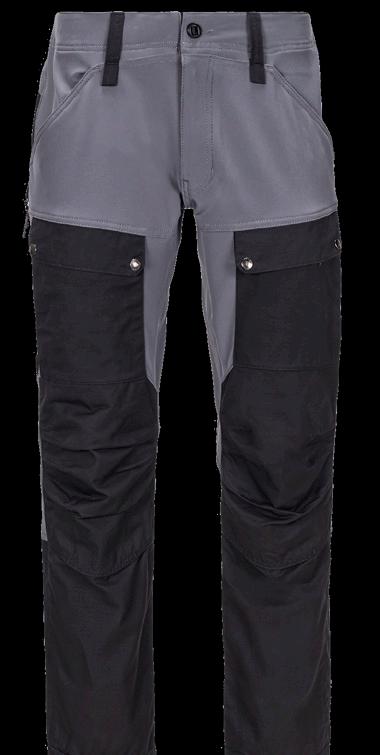
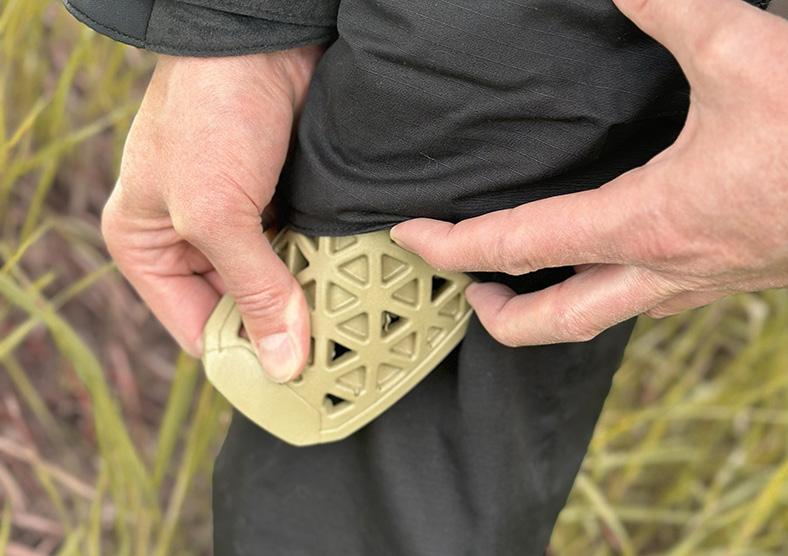

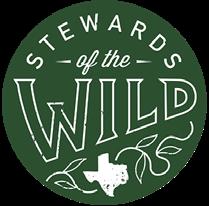

Who needs wild things and wild places? Texas Parks and Wildlife Foundation (TPWF) believes we all do. Houston Safari Club Foundation’s support of TPWF’s Stewards of the Wild mentored hunting initiative is helping ensure that future generations can continue to enjoy the very nature of Texas, by cultivating tomorrow’s conservation leaders, today. Photo courtesy of Jonathan Vail
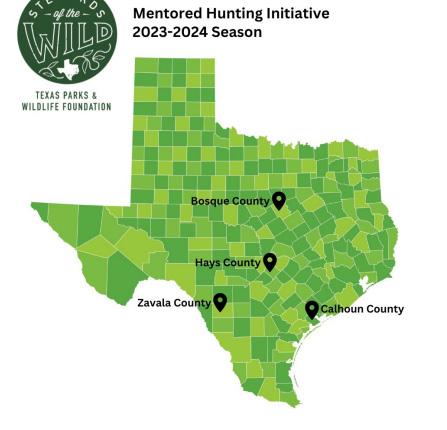
Who needs wild things and wild places? Texas Parks and Wildlife Foundation believes we all do. To ensure that future generations can continue to enjoy the very nature of Texas, we must cultivate tomorrow’s conservation leaders, today. Thank you for your philanthropic investment in the Mentored Hunting Initiative of Stewards of the Wild, Texas Parks and Wildlife Foundation’s conservation leadership program. We are pleased to submit the following report to Houston Safari Club Foundation highlighting the impact your $5,000 grant helped make possible during the 2023-2024 season.
Since 1991, Texas Parks and Wildlife Foundation (TPWF) has worked to expand protected habitat areas statewide, foster scientific research, increase access to outdoor experiences, and cultivate stewardship opportunities—all of which benefit present and future generations of Texans. From our inception, TPWF has raised and invested more than $250 million to advance Texas’ proud outdoor traditions and conserve our state’s wild things and wild places.
TEXAS’ NEXT GENERATiON OF CONSERVATiON STEWARDS
Stewards of the Wild, TPWF’s conservation
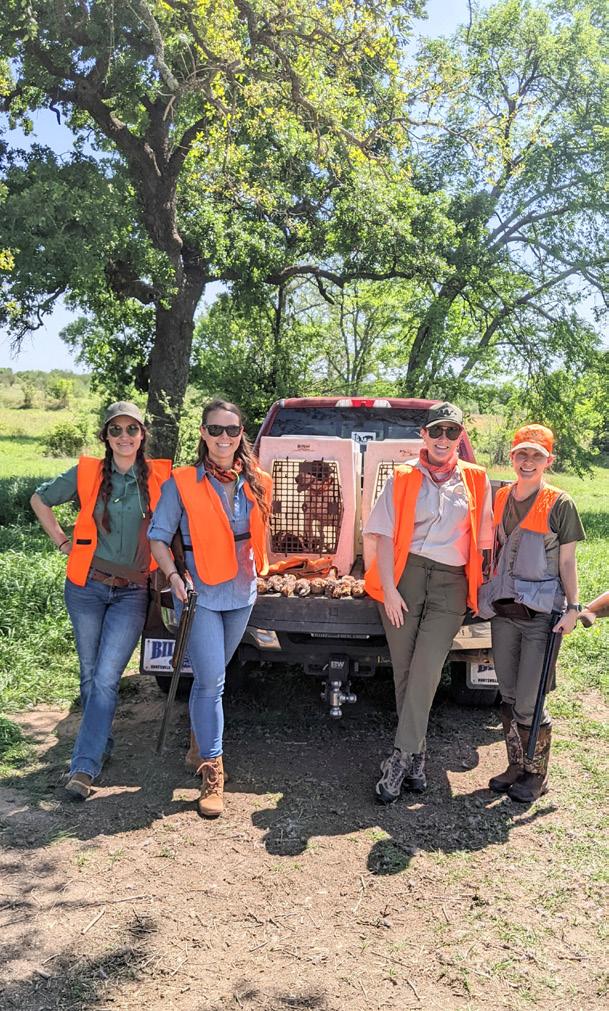
Stewards of the Wild, TPWF’s conservation leadership program, equips emerging leaders aged 21 to 45 with opportunities to actively participate in the stewardship of Texas’ natural resources and heritage by providing education, mentorship, networking, and outdoor experiences. Photo courtesy of Stewards of the Wild
leadership program, equips emerging leaders aged 21 to 45 with opportunities to actively participate in the stewardship of Texas’ natural resources and heritage by providing education, mentorship, networking, and outdoor experiences. Launched in 2013, today Stewards of the Wild has approximately 850 members, including 15 local chapter leaders and volunteer advisory council members who are passionate about engaging others in Texas conservation and our outdoor traditions.

All Texans aged 21 to 45 with little to no hunting experience are encouraged to apply to participate in mentored hunting trips at stewardsofthewild.org. Since 2019, the initiative has brought 150 adults with limited experience afield and equipped them with the skills and know-how to hunt safely and ethically on their own. Photo courtesy of Stewards of the Wild

During the 2023-2024 mentored hunting season, Stewards of the Wild brought 24 novice hunters—more than half of whom were women— afield with one-on-one mentored instruction on ethical, legal, and safe hunting practices. Notably, in this most recent season nearly half of the mentors at hunts were women, some of whom had previously been mentees themselves! Photo courtesy of Stewards of the Wild
BRiNGiNG NEW HUNTERS AFiELD THANKS TO YOUR SUPPORT
Participating in a Stewards of the Wild mentored hunting trip is an unforgettable experience in which mentees learn about our outdoor heritage and its connection to conservation. All Texans aged 21 to 45 with little to no hunting experience are encouraged to apply to the program. Since 2019, the initiative has brought 150 adults with limited experience afield and equipped them with the skills and knowhow to hunt safely and ethically on their own. Each mentored experience guides five to seven mentees through a multi-day, comprehensive training and education curriculum, including access to all the necessary equipment and one-on-one mentorship by seasoned hunters, all of whom are members of Stewards of the Wild. The initiative features a variety of opportunities including bird and big game hunts as well as saltwater fly fishing and spin fishing across Texas (see map on page three).
2023-2024 SEASON HiGHLiGHTS:
• Bringing 24 novice hunters—more than half of whom were women—afield with one-on one mentored instruction on ethical, legal, and safe hunting practices.
• Conducting four hunts across four diverse Texas counties (see map on page three) where mentees learned how to responsibly field dress, break down, transport, and prepare game.
• Fourteen mentees harvested at least one white tailed-deer or feral hogs.
• On each trip mentees saw two to three game species including Texas native white-tailed deer, feral hog, game birds (dove or quail), waterfowl (duck, goose, or sandhill crane), turkey, exotics (sambar, axis red stag, aoudad), or varmint.
• Continuing to attract hunt mentees from Texas’ metropolitan areas including individuals often underrepresented in hunting—women and minorities. Notably, in this most recent season nearly half of the mentors at hunts were women, some of whom had previously been mentees themselves!
• From mentored hunt participant surveys, 100% of mentees responded that the program increased their field skills confidence, understanding of how hunting is a tool for conservation and wildlife habitat management, feelings of connection with nature, and desire to get more involved in conservation and the Stewards of the Wild program.
Thank you for your commitment, trust, and investment in TPWF’s Stewards of the Wild Mentored Hunting Initiative. With your support, we are building a pipeline for conservation leadership and ensuring a bright future for Texas’ natural heritage. ★
Founded in 1991, Texas Parks and Wildlife Foundation’s mission is to support Texas Parks and Wildlife Department to ensure that all Texans, today and in the future, can enjoy the wild things and wild places of Texas.
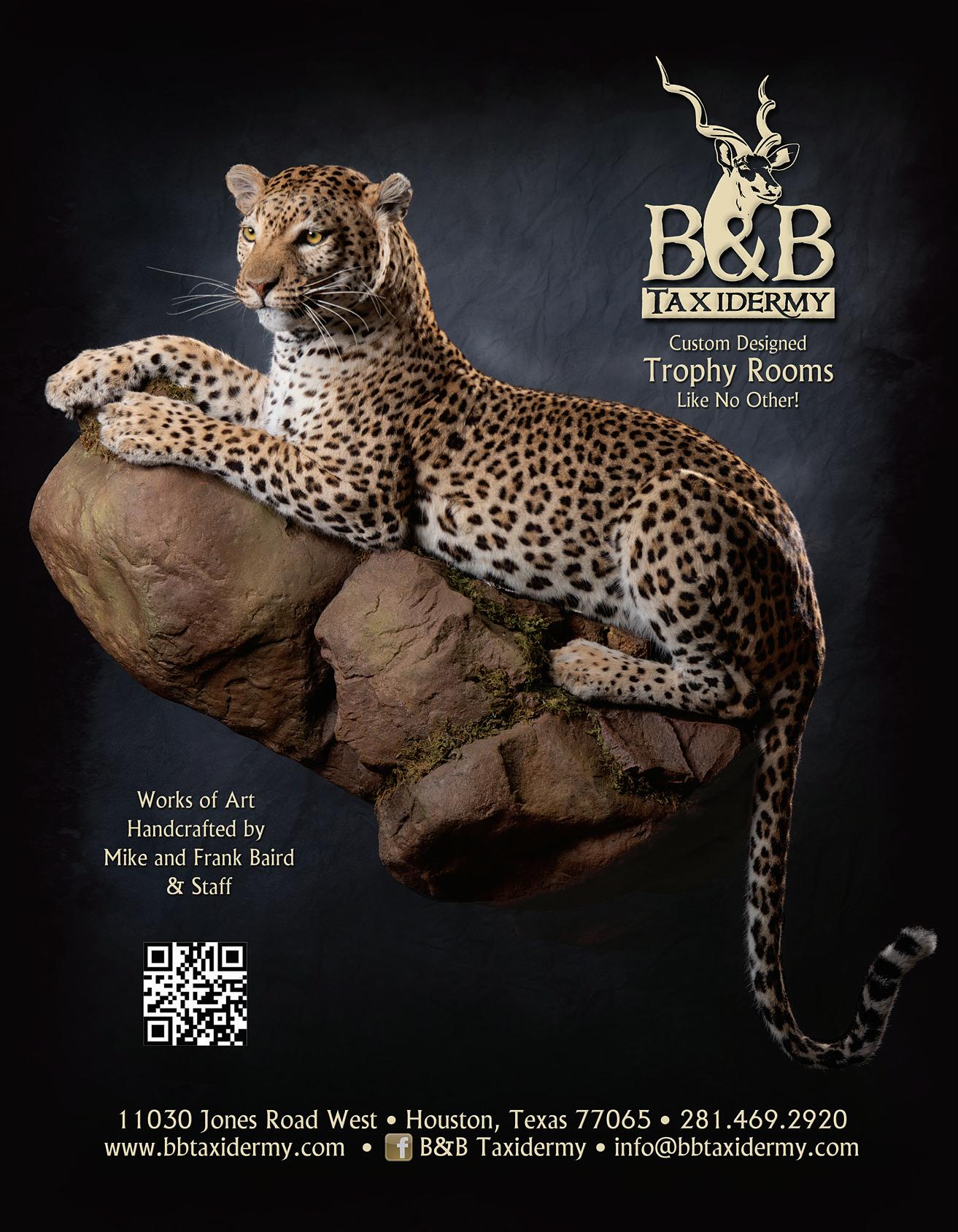




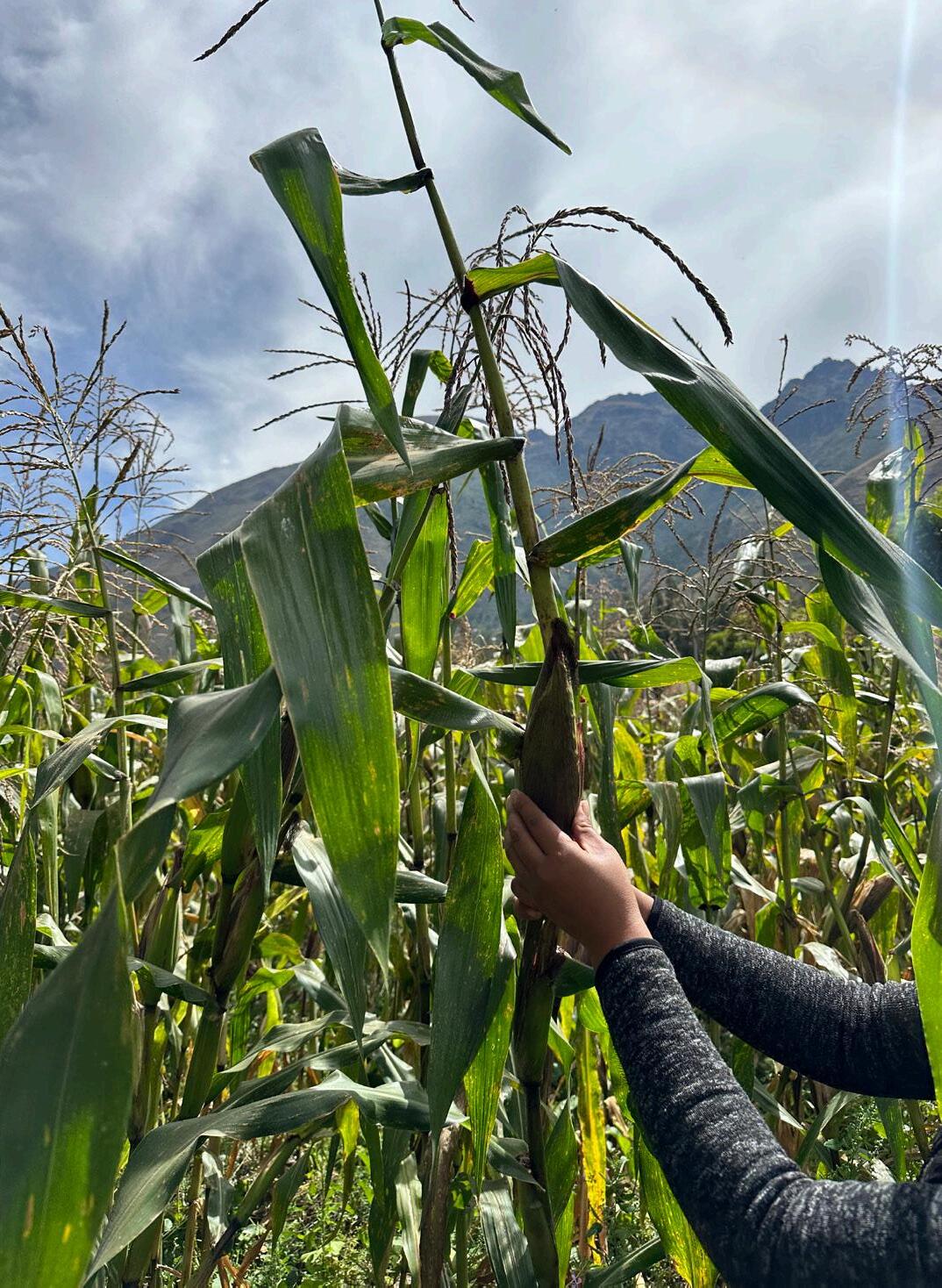

BY CHEF HOLLY HEARN of Game Girl Gourmet
THIS YEAR HAS BEEN ONE FOR THE RECORD BOOKS IN TERMS OF TRAVEL EXPERIENCES FOR ME!
From Sicily to Peru, I’ve been blessed with a vast array of culinary education and have truly enjoyed taking a deep dive into these cultures and cuisines. In May, I had the opportunity to travel to Peru on a culinary journey. During my time there, we spent four days in the Sacred Valley, exploring the native cuisine and learning about ancient Incan agricultural techniques. »
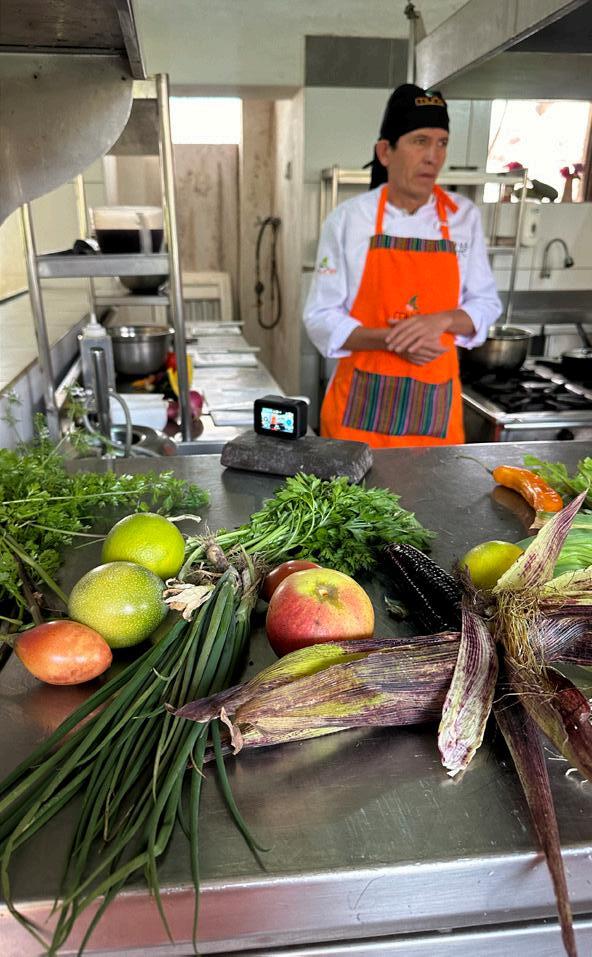
Peru is such a unique country in terms of its culinary culture. It has incredible ties to its native past and influences from immigrants hailing from China, Japan, and Italy. In addition to having a well-documented native cuisine, Peru has developed other culinary traditions, including Nikkei, a Japanese-Peruvian fusion brought by Japanese settlers, and Chifa, a cuisine introduced by Chinese immigrants who arrived in Peru during the 1800s, bringing with them a host of techniques and flavors.
**Lomo Saltado** is a perfect example of Peru’s rich culinary fusion. This iconic dish originated in the late 19th century in Lima’s bustling Chinatowns, where Chinese immigrants, known as “coolies,” began blending traditional Chinese stir-fry techniques with Peruvian ingredients. “Lomo Saltado” translates to “jumped loin” in Spanish, a nod to the stir-frying technique where ingredients are quickly tossed in a hot pan.
The dish typically combines beef, onions, tomatoes, and yellow Peruvian peppers seasoned with soy sauce and vinegar. The introduction of french fries into the stir-fry added a distinctly Peruvian touch to the meal, symbolizing the blend of cultures. Lomo Saltado is a staple in Peruvian households and is celebrated for its bold flavors and simple preparation. It highlights the adaptability of Chinese cooking methods and the diversity of Peruvian agriculture.
While in the Sacred Valley, my mother and I took a cooking
class at a wonderful restaurant called Muña. We picked fresh produce for our dishes and experienced the freshness that is the hallmark of Peruvian cuisine. During this class, we learned how to make Lomo Saltado, and of course, I had to come home and develop a version using venison. This recipe is probably one of my favorites I’ve ever created. It’s a great midweek recipe because it requires few ingredients and comes together quickly.
The only specialty ingredient you might need is aji amarillo paste. Aji Amarillo is a yellow pepper that is a cornerstone of Peruvian cuisine, appearing in everything from ceviche to stirfries. It’s slightly spicy but delicate on the palate, making it an excellent option for those who might be spice-averse. While it can be challenging to find fresh aji amarillo peppers, the mildly spicy paste is typically available in the Latin section of most major grocery stores and, of course, on Amazon.
Peru is an incredible country that has inspired a multitude of dishes, and I can’t wait to continue exploring its cuisines and creating new recipes.
For more recipes, tips, and tricks, and to keep up with all my hunting, fishing, cooking, and traveling adventures, follow the Game Girl Gourmet Instagram. Head to gamegirlgourmet.com to sign up for my monthly newsletter and learn more about our wild game cooking classes, private wild game dinners, and all the goings-on at Game Girl Gourmet!


• 2 pounds of venison, thinly sliced
• ½ red onion, quartered
• 4 green onions, cut into 1.5-inch pieces
• 4 cloves of garlic, minced
• 2 tomatoes, sliced
• 1 yellow bell pepper, julienned
• ¾ cup of soy sauce
• ½ cup of lime juice
• 2 tbsp of aji amarillo paste
• 2 tbsp white sugar
• 1 bag of frozen French fries
• 1 cup of jasmine rice
• Avocado oil
• Cilantro for garnish
1. Cook the French fries and jasmine rice according to package instructions, then set them aside.
2. In a medium bowl, combine ¼ cup of soy sauce with the
venison, salt, and pepper. Stir to evenly coat, then set aside to marinate for at least 30 minutes.
3. In a separate bowl, combine lime juice, the remaining soy sauce, sugar, and aji amarillo paste.
4. In a large wok or heavy-bottomed pan, such as a cast iron skillet, heat 3 tablespoons of avocado oil over medium-high heat. Once the oil is smoking, cook the venison quickly in batches, stirring rapidly to ensure even cooking. Once all the venison is cooked, set it aside.
5. Add 2–3 more tablespoons of oil to the pan and allow it to heat. Once heated, add the bell pepper and cook until blistered, about one minute. Add the onion quarters, green onions, and tomatoes, cooking for about 1–2 minutes. Add garlic and stir for 30 seconds.
6. Add the sauce to the pan and bring to a simmer. Once simmering, add the venison back to the pan and stir to combine. Remove from heat.
7. To serve, place a small amount of cooked rice on each plate, add a handful of French fries, then spoon the venison and vegetable mixture on top. Garnish with cilantro and enjoy! ★
Historic Documented “Soft” Shipped New York Engraved Gold and Silver Plated Colt First Generation Single Action Army Revolver with “J.R.G.” Inscription and Carved Pearl Grips Presented by President T. Roosevelt to His Hunting Companion Colorado Springs Lawman James R. Gregory with Fancy Silver Mounted Holster Rig and Badge









BY TIM HERALD MEMBER
Hunting for giant Nile crocodiles may be Africa’s number one overlooked hunt
Iam an African dangerous game-hunting addict. I love the dark continent and chasing critters that can bite back. Though I have taken 35 buffalo, six elephants, three leopards, and all of the other dangerous game in Africa (most numerous times), I had only been on two crocodile hunts and only one as the hunter as of 2023.
I had a trip planned to the famed Kilombero Valley of Tanzania, which is well known for oversized buffalo. However, while visiting with PH Quintin Whitehead before the trip, he told me they also had some very big crocodiles in their vast river systems. Since I hadn’t hunted crocodiles for myself in 10 years, I prioritized this for my safari.
I had killed an enormous 14-foot-plus crocodile in Zimbabwe, so I told Quintin I wanted something in that range. Body size was more important than length, as many giant crocodiles have the ends of their tails missing. My first crocodile was like that. Quintin told me he really loved hunting BIG crocodiles and was up for the challenge, so we would give it a real effort.
The first couple of days I was in camp, Quintin was finishing up another hunt, so my son Drew and I spent our days tiger fishing. The rivers in Kilombero are arguably the best place in Africa to


catch a big tigerfish, and I finally broke my personal curse and landed a 20+ pounder. We caught a lot of fish, lost ten times what we caught, and had an incredible time those two days relaxing and fishing in the beauty of truly wild Africa.
When Quintin arrived, we began the hunt by checking a couple of spots on the Mnyera River one afternoon. Though the sandbars were loaded with crocodiles, we saw nothing over 12 feet. The last spot we checked that day was a small sandy island near where two small rivers converged. There were a few smaller crocodiles, but one large one really stood out. He was big, dark, and bulky.
I asked Quintin what he thought, and his first reaction was that it was a giant crocodile that would be a shooter any other time, but he knew we were looking for a giant, and he estimated this crocodile at about 13 feet. We watched it for some time as he said its body was really big, and even its teeth were huge, but in the end, we walked away without a shot. We both agreed
that when you talk yourself into an animal being big enough, more often than not, you regret the decision later.
We returned to that spot again the next day, and there was an even more enormous crocodile there, but he was in the wrong position for a shot. We settled in to wait for the right angle, but the wind switched directions, and all the crocodiles on the island dove for the safety of the river. Many people do not realize how switched-on crocodiles are. They use smell, sight, and hearing and are very wary, especially the big old ones.
This cat-and-mouse game continued for a few days. I squeezed the trigger once we had the big croc in the right position, but nothing happened. I only had my three-position safety on the middle position, and before I could flip it to fire, the croc slid into the river for no apparent reason. Another time, I was on him and asked my videographer if he was ready. He had an issue with the tripod, and again, the croc went into the river, but none of the others moved. It was like this ancient reptile

As mentioned, I shot a Winchester Model 70 .416 Rem on this hunt, topped with a Trijicon 2.5x12.5 Accupoint scope I have killed a couple dozen buffalo with this setup and tons more animals, and I am supremely confident in the setup. I shot my crocodile at about 50 yards, so I only had it set on 5x, but having the bring aiming point made for quick target acquisition as my crocodile was moving when I shot him in the brain. When Jay used my rifle for his crocodile, he was at about 120 yards and was able to crank the scope up to 12x and be very accurate on the tiny target from that distance.
I used Cutting Edge Bullets Safari Raptors as my bullet choice. This is my favorite buffalo bullet, and it is perfect for crocodiles. When the bullet goes into an animal, six pedals sheer off and travel in a star shape, doing much damage as the back 80% of the bullet penetrates as a jagged solid. On a crocodile, if you were to miss the brain or spine slightly, the pedals could give you a bit of a cushion as they spread out. Though my shot was true, I was surprised that one of the pedals exited the top of the crocodile’s massive skull. That is serious penetration of a pedal, for sure.


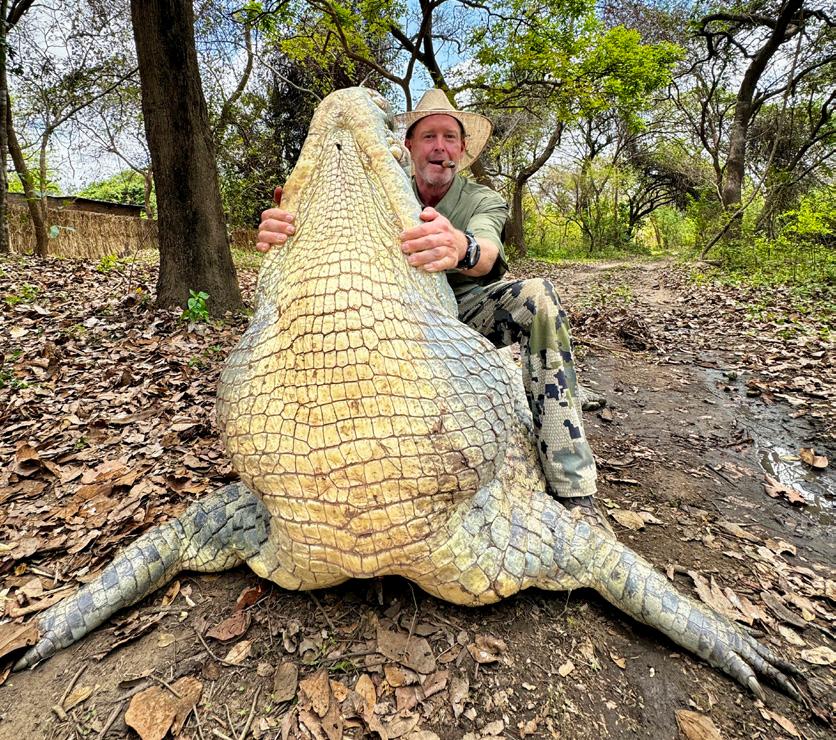

had a sixth sense, and everything that could go wrong did.
I killed a Cape buffalo one day just before noon, so that afternoon, we took half of it to our crocodile spot to use as bait. We hoped this would keep the crocodiles around, and maybe they would let their guard down a little while eating or after being gorged with buffalo meat.
The following day, we came in; our big croc was there but turned facing dead away, so there was no shot. We spent the day backing out, waiting a few hours, and sneaking back to our makeshift reed blind. Another time, the giant crocodile was there but in a different position that offered no shot. Then it got so hot none of the crocodiles were out of the water. It was a long, hot day spent on the floodplain in temperatures well over 100 degrees and virtually no shade at all.
Just before dark, we put out more buffalo bait. The plan was to let the crocodile feed at night and then hopefully come out fairly early in the morning to bask in the sun to heat their bodies and aid in digesting their overnight meal.
We crawled back to our blind at about 7:30 the following day, and to my disappointment, no crocodiles were on the island. We began glassing and could see eyes and partial heads in the river, and slowly, several crocodiles moved closer to the island. One stood out as possibly our big boy, and he was only about 15 yards from the island. The anticipation grew as more crocodiles showed up, and we knew they would all get out of the water soon.
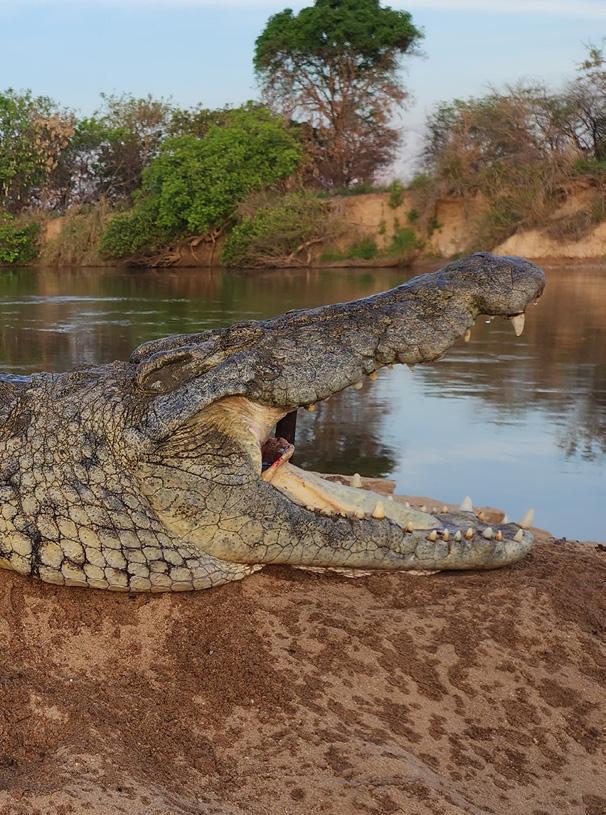
About 150 yards downstream, I thought I saw a hippo’s head moving our way. There were a lot of these giant beasts in the area, so that was not unusual, but as it got closer, I could see that it was actually a crocodile, and I knew it must be massive.
The closer it got, the faster it came, and at 50 yards, its back came out of the shallow water. It looked enormous and was a no-brainer shooter. Then, the monster reptile rushed to the island, and all the other crocodiles scattered. The next largest one ran up on the island, and the big one came out after him and grabbed him by the tail, clamping down with incredible power and giant teeth.
His body was almost unreal when the big one came out of the water. This was definitely not a crocodile we had seen before; he was much larger. When he let go of the other, his head was held high and mouth still gaping open. I had my Trijicon Accupoint set on 5x as I knew the range would only be 40-60 yards, but shooting a crocodile’s golf ball-sized brain calls for precision. I put the crosshairs and green aiming point just below the “horns” at the top of his skull and squeezed the trigger of my .416.
The giant crocodile collapsed on the spot, and the impact point on the skull was obvious. Quintin told me to hit him again in the shoulder for insurance, though it was not needed, and I gladly sent another bullet into his vitals.
When the boat came and we went to the island, I was simply in awe of the crocodile’s size. The mass of his head and neck was scary. His huge bulk put him at over a ton, and he stretched the tape to 14’-6”. He was exactly the kind of river monster we had set out to find and was well worth the fun seven days we spent hunting him.
Crocodiles have incredible senses of hearing, smell, and sight. These big predators don’t get 70-plus years old by being stupid. They are apex predators, and nothing short of a mature elephant or hippo is safe in their waters. As a matter of fact, many of the elephants in the area we hunted did not have tails, as they had been bitten off by crocodiles when the elephants crossed the rivers.
Besides finding and getting into position on a huge, wary crocodile, the shooting must be perfect. You have to either hit the brain or the point where the spinal column attaches to the skull. You must anchor a crocodile on the spot, or they will get back in the water and be lost forever, whether dead or alive. You absolutely must be confident that you can make a perfect shot or do not squeeze the trigger.
The day after I shot my crocodile, my old friend Jay Cohea asked if he could borrow my rifle in case he found a giant crocodile on the last day of our safari. Jay had never shot my rifle before, but he stopped in the field, set up a target, and promptly knocked the bullseye out.
That afternoon, he and Quintin had another giant crocodile come to their buffalo bait on another river, and Jay anchored his prize with a perfect spinal shot. He came back singing the praises of my rifle and Accupoint scope, and it made me more than happy that he could take a great crocodile with my setup.
Crocodile hunting doesn’t get the hype that buffalo or leopard hunting does, but I assure you that if you target really big (and old) crocodiles, you will have a true challenge that is worth the blood, sweat, and tears. My two crocodile hunts have been some of the most enjoyable and challenging experiences I have had in 38 trips to Africa. ★



















The more prepared you are the less chance of illness or injury. But if the unexpected happens, you’ll also want to be prepared to share important information with rescue professionals.
Contributed by

www.globalrescue.com/hsc f

We live in a world where resources are always at our fingertips. But that statement may not be true if you are hunting in an off-the-grid or remote destination. And what do you do if you are ill or injured?
“In a remote setting, the everyday problem is amplified. Something that is just a minor incident in everyday life can become catastrophic when you’re unreachable,” said Adam Bardwell, a former U.S. Army Green Beret, Special Operations Combat Medic, and current Global Rescue medical operations supervisor.
Whether on a hunting trip one hour away from your home or ten, nationally or internationally, for a few days or weeks, you must prepare for the worst-case scenario: an emergency evacuation due to injury or illness.
Here are the most essential safety preparations Global Rescue experts recommend before keeping yourself “rescue ready.”
“Anytime I’m considering going to a remote area, the first thing I’m doing is a weather and terrain analysis of the location,” Jeff Weinstein, a paramedic and a medical operations supervisor for Global Rescue. “Do you have to hike in, and what is that hike like? What is the closest city? Closest hospital? What are the roads like?”
Once you’ve gathered that essential info, you need to ask yourself: are you confident you could handle a worst-case scenario if you were to get stuck there?
“You might find out it is going to be heavy rain season in that location. What happens if your vehicle gets stuck?” Weinstein said. “Do you have a winch, and do you know how to use it? If
not, are you physically fit enough to hike out of there on your own? You need to think of the ‘what ifs’ posed by the particular location and determine if you can handle them.”
ASSESS THE AMENiTiES & PREPARE APPROPRiATELY
Let’s say you’re heading to a remote hunting cabin in the woods. What is the water source (a well, nearby body of water, collected rainwater), and where is it? A heat source (woodburning stove, propane gas, solar heating)? Solar lights, kerosene lamps, or nothing at all for the evening? What about cookware?
“Take a robust inventory of what the site has and doesn’t have,” Bardwell said. “Then start making a list of the essentials you must bring...and what you won’t.”
While it is impractical to pack for every situation you could encounter, creating a small, packable first aid kit full of highly useful items is possible.
An easy starting point is to purchase an off-the-shelf product. A commercial first aid kit will contain the necessary items to treat minor travel illnesses and injuries. Blisters, minor soft tissue injuries (scrapes and cuts), orthopedic injuries (ankle sprains), and animal attacks or insect bites are the more frequently encountered issues on a hunting trip.
If you need rescue, you need a way to communicate your emergency. Whether alone or with a group, rescues begin with a distress call. That means you must have the ability to make an emergency outreach.
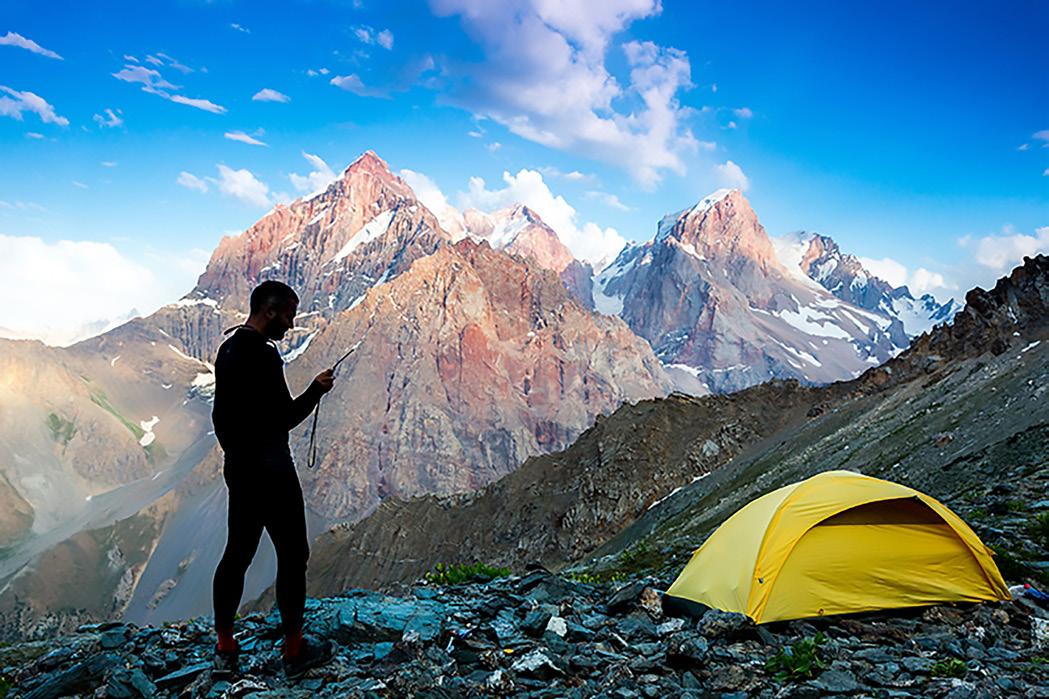

“With two-way communication, you can provide additional information, so rescue can organize the most appropriate resources to get to you,” Weinstein said.
Global Rescue recommends using a satellite messaging device capable of two-way communication via satellites to send an email, SMS, or SOS message. There are several available devices, such as the Bivy Stick and Zoleo devices. These devices are easier to use, manage, and carry than a satellite phone. They are also significantly less expensive: between $300 and $500 versus $1,500 and up for a satellite phone.
The most important aspect of using any communications tool, whether a cell phone or satellite device, is understanding how to operate the equipment. During an emergency, you may be scared or injured. This may affect your ability to operate the device efficiently, so it is wise to make sure everyone in your group knows how to use the device.

“An emergency is not the time to learn how to use a satellite phone,” said Harding Bush, a former Navy SEAL and associate manager of operations for Global Rescue.
Bush recommends sending a test e-mail from the communication device to Global Rescue at operations@globalrescue. com. When Global Rescue receives that email message, it automatically includes a map with the member’s name and geographic coordinates.
“The message also includes a dialog box permitting direct exchanges between the member and the Global Rescue operations team,” he said. “Since we already have a map with your location, you do not need to include it in the body of your email, which is useful since some devices only allow for 160 characters.”
Rescue begins with knowing your location and conditions.
“The ability to communicate with the rescue service allows them to ask you specific questions to help them assemble the most capable or efficient resources,” Bush said. “This includes your location, physical state, weather conditions, and more.”
The more details rescue operation professionals have related to your situation, the better they can facilitate the most appropriate rescue assets for you. Without these details, your rescue can take much longer, be more complicated, or both.
For example, identifying the individual’s physical state is vital. Knowing whether you’re alone or with someone who can assist, determining whether you can walk, or whether you have food, water, suitable clothing, or shelter are helpful details.
Similarly, sharing the on-the-ground weather and terrain conditions helps tremendously. Our rescue operations team has access to global weather monitoring information and topography maps, but gleaning the additional perspective from the individual on the ground is abundantly useful.
It isn’t enough to make others aware that you’re going remote. You need to provide details and implement action steps—specifically, the kind laid out in a five-point contingency plan—to speed up rescue response should you not return or get in touch within the appropriate time frame.
Guided by the acronym GOTWA, it’s a brief you create outlining these details: going where (G), others going with you (O), time span you will be gone (T), what to do if you do not return in that timely manner (W) and final actions to take if you do not return (A).
“I type up all these details, then disperse it to my friends and family,” Weinstein said, who, in addition to his medical background, is also a wilderness expert.
If you’re heading to a remote or backcountry area to hunt, the Houston Safari Club Foundation recommends you purchase a Global Rescue membership and add it to your kit. It provides necessary travel protection services such as field rescue, medical evacuation, and advisory services in case of any emergency. Single-trip, annual, and family options are available. For more information, visit info. globalrescue.com/hscf or call 617-459-4200 and tell them you’re a Houston Safari Club Foundation member. ★










BY JACKY KEITH, PRESIDENT JKEITH@ESPLANADETRAVEL.COM
As we drift slowly toward the end of the year, you may feel a certain kind of summertime sadness. The Fourth of July fireworks have faded from the sky, kids are heading back to school, and it is time to scrub the char from the grill because before you know it, you will be looking into Christmas gifts for the whole family. Do not let the blues get to you because there is a destination we love that is perfect for visiting any time of the year.
Whether you are looking for a romantic getaway or a place to take the whole family, Argentina is the place to go. It is a land of vast, magical landscapes, from Patagonia’s icy mountains to Central Argentina’s arid deserts and the lush rainforests up in the North. Argentina offers a wide range of travel experiences filled with charm and a passion like no other within its cuisine, culture, and people. So, brush those summer blues aside and let Esplanade Travel show you some of the magical places you can see in Argentina as you get lost in the sensual music of an Argentinian tango. After all, “Everyone should learn to tango in Argentina before they die.” – Ian McKeever.
We will start in the North, where you will receive that WOW factor immediately with a visit to the famous Iguazu Falls. It is a must if you find yourself in the uniquely diverse country of Argentina because the Iguazu Falls are not just a sight to see; they are an experience. Some say going there is indescribable, as the strong thunderous water cascades down 275 individual falls. The Falls can be viewed in several different ways, from seeing them in two different countries, Brazil and Argentina, to viewing them at various times of day, sunrise, sunset, or even under the cover of moonlight. You can soar high above them in a helicopter for a unique bird’s eye view or take a boat ride beneath the roar of the water to get up close and personal to the awe-inspiring Devil’s Throat Canyon or Garganta del Diablo, the largest and most fierce waterfall within Iguazu Falls. No matter how you experience it or what time you visit, it will take your breath away as you revel in the sheer power and incredible scenery these Falls offer.
Tucked away in the Northeastern corner of Argentina lies another place that will surely leave you speechless. You saw the lush, wet region of Iguazu Falls; now it is time to travel to the third largest salt flat in the world, Salinas Grandes. This astonishingly vast, arid, and breathtakingly white swath of land spreads out over 81 miles of flat desert. It captivates with its endless rows of crystalized hexagons, all melding together into one thing in this world that every living organism on earth needs: salt. The Salinas Grandes are a paradox that exists as a necessary element, all the while being an inhospitable environment for humans and animals. In their immense silence, you will admire this pure white desert set against a bright blue sky, and you will finally understand why they are known to be one of the seven wonders of Argentina.

greats are buried, like Eva Peron and the many presidents who helped shape Argentina and made it what it is today.
If you seek a spark in your life, look no further than Buenos Aires; Argentina’s capital city is teeming with passion, all set against its neoclassical and art deco façade. Buenos Aires is old and new, historical and cosmopolitan. It is passionately serious yet laid back and stands proud as one of the most dynamic cities in the region. It holds a rhythm of culture and art that is restless and weaves through the city on the sound of an unending traditional tango tune. You can take a city tour and experience the cobblestoned streets of the historical old neighborhood, stroll through the colorful Caminito, a place where artists and the first immigrants of Buenos Aires made their mark, and visit the famous Recoleta. It is not only known for its wonderful bars, cafes, and fancy restaurants, but it is home to one of the most influential cemeteries within Argentina, where many
If you want to spend only some of your time in the great city of Buenos Aires, make sure that you head out into the countryside to an estancia. These are extensive swaths of land where mainly sheep and cattle are raised. On the way out to the countryside, stop in San Antonio de Areco, known as “the cradle of culture and tradition,” where you can step back in time to the 1730s and experience this small town and all its gaucho (a cowboy of the South American Pampas) charm and history. After learning about the history, it is time to see their incredible horsemanship and skill in real life. This is a unique Argentinian experience with a demonstration of unconventional horse whispering and a chance to mount up and ride alongside the gauchos to fulfill your wildest cowboy fantasies. Not only will you leave an estancia with a once-in-a-lifetime experience, but you will leave with a full belly of superb Malbec, a sumptuous real Argentinian asado meat feast, and some of the best


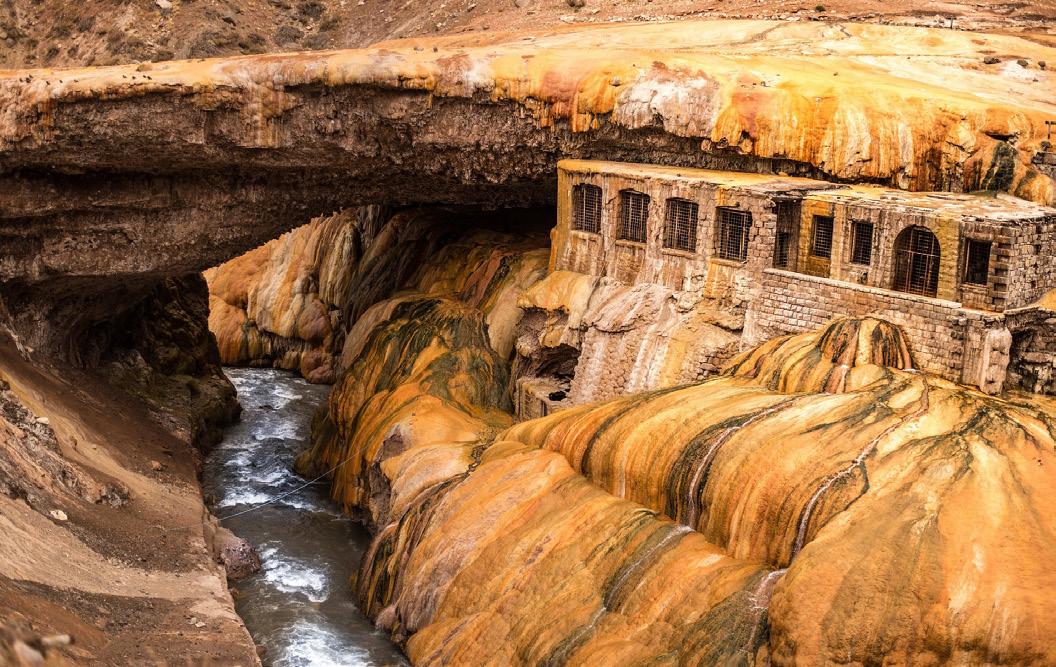

empanadas in the world.
Before departing Buenos Aires, you must experience some form of tango. You can sit back and watch a show, take a tango lesson with your partner from a professional, or join in the various milongas throughout the city. A milonga is a tango party. Milongas can be large or small, formal or informal, and tourists and locals alike flock to them, some to watch the show and others to dance the dance that is so important and integral to Argentinian culture. Tango is not just a dance. It is a religion, a way of expressing oneself fully through body, song, and soul. Tango is a creation, a mishmash of cultures and countries containing elements of flamenco, polka, African dances, and other cultures. Tango showcases what makes Argentina unique, proud, and vastly diverse in a joyous, fun, and passionate expression of movement and music. So please take Ian Mckeever’s advice and learn to dance the tango because you will not find another place that leaves all their passion on the dance floor like they do in Argentina.
Mendoza - a land of wine. If you are a wine lover and visiting Argentina, no trip would be complete without visiting this small city nestled in the foothills of the Andes, known as a mecca for Malbec. This deep red dominates the region with its blackberry, plum, and notes of black cherry. Tour the various vineyards dotted throughout the snow-capped mountainous landscape because there is nothing quite like a view with one of the world’s top wines in hand. There is not only Malbec in Mendoza; you can also find history, adventure, and stunning landscapes. Visit el Puente del Inca (Inca Bridge), where legend says this magnificent multicolored stone was formed by the king’s guards mineralizing in place. They sought to create a bridge for him to walk over the Mendoza River. The River is also a place for adventure, where, with an experienced crew, you can raft down the category three rapids for a thrill as it weaves through the beautiful Andes. Whether you find yourself amongst the vines, rafting, climbing the highest mountain in the Americas at Aconcagua National Park, or simply marveling at the Andes, a trip to Mendoza is sure to dazzle.
footprints can still be seen embedded in the earth from where they once tread. The soft ground at the time and their weight left tracks scorched by the sun, searing them into the land for us to connect with millions of years later. Seeing and walking in the footprints of dinosaurs can bring you back to the Mesozoic Era when mighty giants ruled the air, land, and sea within this little pocket of time preserved in rock.
After walking in the footsteps of giants, it is time to move down to Puerto Madryn, the gateway to Peninsula Valdes and iconic wildlife. Puerto Madryn is a beautiful seaside town just a stone’s throw away from one of the largest whale breeding bays in the world. The Southern Right Whales flock to the area in June through November to breed and nurse their young. You can go out on a whale watch and get up close and personal, but there are also chances to simply walk around the city and see them playing only a mile off the shore. Southern Right Whales are not the only sea creatures that call this bay home; you can also see the fierce Orcas who have developed a uniquely intentional way of stranding sea lions for their lunch (September through April), as well as dolphins and sea elephants throughout the year in this watery wonderland for wildlife.
The Southern Right Whale is not the only star to shine in Puerto Madryn; there is another. Dolled up in their best tuxedos, ready to always put on a show, the Magellanic Penguins may be tiny, but their numbers are impressive.
Whether you find yourself amongst the vines, rafting, climbing the highest mountain in the Americas at Aconcagua National Park, or simply marveling at the Andes, a trip to Mendoza is sure to dazzle.
The penguin colony of Punto Tombo, just outside of Puerto Madryn, has an estimated population of 300,000 Magellanic penguins and is currently known as the largest colony in Patagonia. You can take a day trip to the colony and use the boardwalk and bridges that crisscross over and through the penguins’ habitat to get up close and personal. See them digging caves, feeding their chicks, bickering over territory, or just waddling around, literally braying like donkeys if an unpaired male is looking for a mate.
Dreamy Patagonia is more than just a weekend stop on your trip to Argentina, as it encompasses the entire bottom third of the country and has so many highlights you would need a couple of extra hands to count them all. Patagonia has immense icy glaciers and mighty rock, comprised of soaring mountain tops and unforgettable wildlife. It is rugged, wild, and breathtakingly beautiful as a destination nestled at the world’s end. If you need a true escape from reality, Patagonia is the place to go because even in your daydreams, you cannot imagine such stunning scenery.
There is nothing quite like starting your journey through Patagonia by walking in the footsteps of giants. Millions of years ago, dinosaurs roamed wild in the Neuquén basin. Fragments of their fossilized remains have been found and are displayed proudly at the Ernesto Bachmann Museum. However, their
Leaving the sea behind as you continue your journey through Patagonia, it is time to head inland into its world of rock and ice. Further south of Puerto Madryn lies the small town of El Calafate, named after a berry that is known throughout folklore and that once eaten, you are guaranteed to return to Patagonia. Once you enter the charming little town packed with restaurants and bars, you will begin to understand why. Although El Calafate is just an introduction to this area, its main attractions lie outside the city. Perito Moreno Glacier is an area of exceptional beauty with its everchanging calving ice, the towering mountains within its reach, and multiple glacial lakes surrounding it, turning everything a bright turquoise blue. You can enjoy it with a walk through the national park, and although it is not the only glacier to grace this area, it is one of the most dynamic and accessible to view.
One of the crowning jewels of Patagonia that lies just about three hours north of El Calafate is the breathtaking Fitz Roy. It stands like a beacon with its jagged peaks and is known as one of the most challenging but attractive mountains to climb in Patagonia. You may even recognize it if you own a Patagonia Jacket, as their logo was fashioned after this unique destination.
It is easy to see why they used it from its staggering and indescribable beauty.
To wrap everything up with the crème de la crème of Patagonia, you can travel to “the end of the world,” Ushuaia. An adventure hub and busy port all butting up against the frigid black ocean is a gateway to Antarctica. However, it is so much more; it may be the gateway into a fairytale where staggering mountains are lapped by the ever-beating sea. It is a city of contrasts where modern ideologies mix with gaucho heritage that can be traced back to Indigenous populations. This is a place that is meant to be immersed in as it can be the end of everything and yet a new beginning, all starting with spectacular scenery and unforgettable experiences.
The main star of Ushuaia is Tierra del Fuego Tierra del Fuego National Park meanders through 37 miles of beautiful mountains, pristine lakes, and subantarctic forests. You can get there by car, but taking the famous End of the World Train into the park is more fun. The train was once used for prisoners but now has a more playful side with its traditional childlike colors as it chugs away and whisks you into the beauty of Tierra del Fuego. The train weaves through Pico Valley and stops at the La Macarena Station, where you can disembark and hike up to the waterfall where past prisoners used to fill up their water tanks. As you continue the train journey, you will be brought to the start of the national park. Tierra del Fuego is the only park in Argentina that encompasses maritime coasts, mountains, and forests. Once you are in the park, the glacial landscape combined with the snowy mountains, unique wildlife, and thunderous waterfalls are the highlight, and they captivate people to return to Patagonia over and over again. Before you leave Tierra del Fuego, make sure to stop by the post office. A tiny, charming Post Office constructed of metal and wood sits above the Beagle Channel pier, and it is your last chance to send mail before reaching Antarctica. Who doesn’t want to receive a postcard from the end of the world? Remember to get your passport stamped, too. The Postmaster will ink up the page with a commemorative ‘Correo del Fin del Mundo Ushuaia, Argentina’ so you always remember you traveled all the way to the end of the world.
Argentina is a place like no other; it will spark a passion within you that you thought was gone with its jaw-dropping scenery, sumptuous food, and spirited people who created a religion out of dance. So let Esplanade Travel help you find your passion as we focus on international luxury travel and unique customdesigned trips that have been our trademark for 70 years. Our staff has collectively traveled to over 150 countries around the world, and we sell the destinations we know the best and love the most! Our primary destinations are Africa, Asia, Australia, Europe, New Zealand, and South America. ★
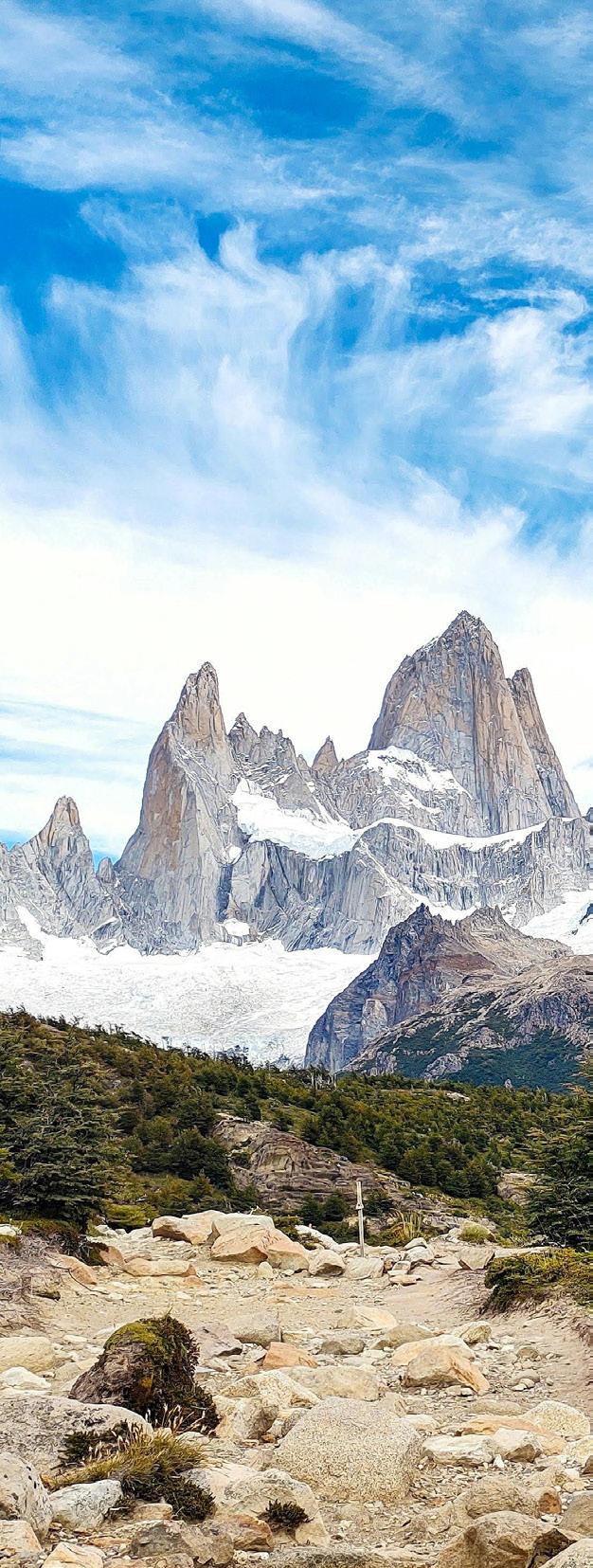


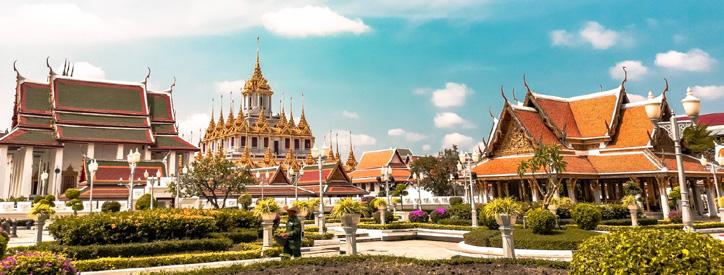

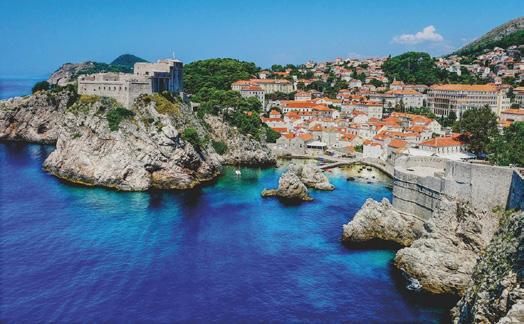




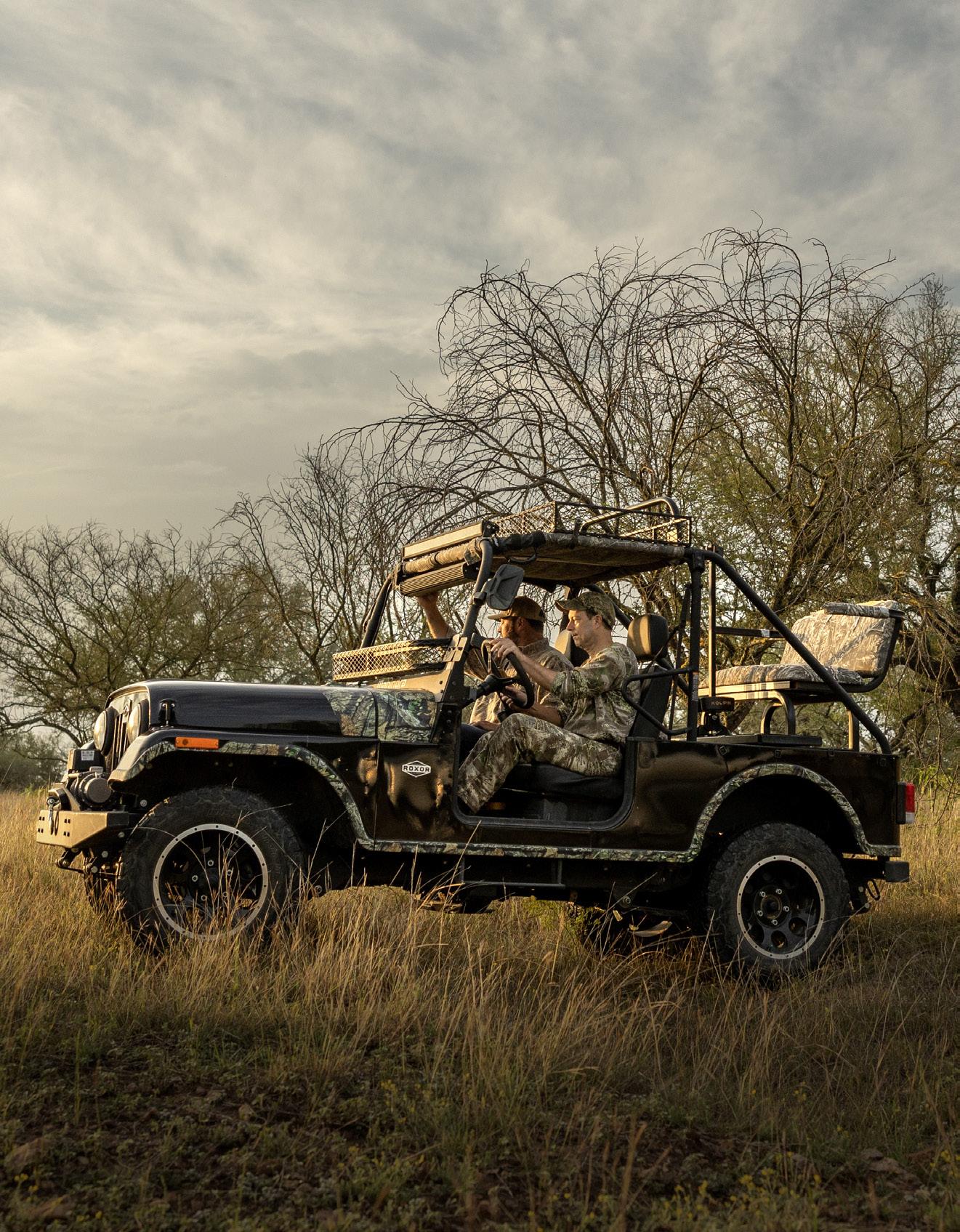
It’s land where you can lose, and find, yourself simultaneously.
There’s nothing like being out in nature. It’s where you can forget about the everyday, while reintroducing you to yourself. And the one thing that could make all this even better, is owning the land you enjoy so much. So, if you would like a plot of land to hunt, fish, or do any other outdoor activity, Capital Farm Credit is here for you. We have the knowledge, guidance and expertise in acquiring recreational land with loans that have competitive terms and rates. Which is helpful because it’s time you reconnect to the land, and to the person you see in the mirror every day. To learn more, visit CapitalFarmCredit.com.

1. HOW LONG HAVE YOU BEEN A MEMBER OF HSCF
About 25 years.
2. WHY DiD YOU WANT TO SERVE ON THE HSCF OR HSC BOARD
I served five years, many years ago. But I feel we are at a crossroads as a club now. I was asked, and I agreed to serve again.
3. WHAT DO YOU HOPE TO ACCOMPLiSH AS A BOARD MEMBER?
Help the club re-imagine our direction.
4. WHAT iS YOUR FAVORiTE PART ABOUT BEiNG AN HSCF MEMBER?
The camaraderie of fellow hunters.
5. WHAT iS/WAS YOUR CAREER FiELD?
I am retired after 33 years with Enterprise Products Company. I ran the distribution department.
6. PREFERRED HUNTiNG WEAPONRiFLE, SHOTGUN, OR BOW?
Tough question. I like them all. The bow gives more frustration but also can provide more satisfaction.


7. WHAT iS THE ONE iTEM YOU WOULD HAVE iF YOU WERE SHiPWRECKED ON AN iSLAND?
Duh…a satellite phone with plenty of battery life.
8. WHAT WAS YOUR MOST CHALLENGiNG HUNTiNG EXPERiENCE?
A recent charge by a Cape buffalo. More excitement than I hope I ever have again
9. OF ALL THE SPECiES YOU HAVE HUNTED, WHAT iS YOUR FAVORiTE AND WHY?
Kudu and Cape Buffalo in Africa are awesome, but archery elk in the mountains is probably my favorite.
10. iF YOU COULD GO BACK iN TiME, WHAT WOULD YOU TELL THE 18-YEAROLD VERSiON OF YOURSELF
Another duh…the final score and teams of the Super Bowl for the next 50 years. Think about how much money you could make with that information. ★

1. HOW LONG HAVE YOU BEEN A MEMBER OF HSCF
I have been a member of HSCF for over 15 years.
2. WHY DiD YOU WANT TO SERVE ON THE HSCF OR HSC BOARD
I feel compelled to serve on the Board because I believe I can help build and manage our organization. Second, the friends I made while serving are great people.
3. WHAT DO YOU HOPE TO ACCOMPLiSH AS A BOARD MEMBER?
As the Treasurer, I hope to manage the organization's finances in order to maximize our fundraising and fund our missions.
4. WHAT iS YOUR FAVORiTE PART ABOUT BEiNG AN HSCF MEMBER?
My favorite part about membership is walking around the convention floor and meeting old friends from around the world.
5. WHAT iS/WAS YOUR CAREER FiELD?
I am an Energy Executive, specializing in power and gas trading. I have built energy assets around the world. Worked on 3 continents. Late in my career, I now focus building young talent.
6. PREFERRED HUNTiNG WEAPONRiFLE, SHOTGUN, OR BOW?
I have switched my favorite hunting weapon from Rifle to Shotgun. I love spending time shooting birds, from duck hunting to pheasant, from dove to geese, I love the chase, the decoys, and the time in the field with friends.


7. WHAT iS THE ONE iTEM YOU WOULD HAVE iF YOU WERE SHiPWRECKED ON AN iSLAND?
Shipwrecked, I need a flint fire starter.
8. WHAT WAS YOUR MOST CHALLENGiNG HUNTiNG EXPERiENCE?
The most challenging hunt so far has been Sitka black deer in Alaska.
9. OF ALL THE SPECiES YOU HAVE HUNTED, WHAT iS YOUR FAVORiTE AND WHY?
My favorite species is Axis deer, because it tastes so good.
10. iF YOU COULD GO BACK iN TiME, WHAT WOULD YOU TELL THE 18-YEAROLD VERSiON OF YOURSELF
Wait for the girl named Angie, marry her quickly, and hunt with her always. ★
BY HEIDI LYN RAO
Ihave spent my entire adult life in what has traditionally been a male-dominated world as it relates to firearms. With degrees in Wildlife Management and Forestry, I graduated college and went straight into the shooting and hunting world in the late 1990s. I began working for Texas Parks and Wildlife as the Assistant Hunter Education Coordinator and the statewide Becoming an Outdoors-Woman Coordinator, and I still hold these positions today. I am also an NRA Training Counselor, certifying instructors in the various NRA Firearms Disciplines. My (retired Texas Game Warden) husband and I have raised our four boys to respect and enjoy firearms and shooting sports. I am passionate about firearm safety and introducing and training others to develop this interest.
Often, people ask me questions about being (sometimes the only) female in male-dominated activities. I tell them most definitely – some areas can be challenging. I refer to these as “challenges” and not barriers, even though the word “barrier” is a term overused quite a bit. Our current social norm is to create victims, which is what the word barrier does. A barrier is something that is put up to block or keep something out. I do not consider myself a victim facing barriers but rather a participant who has experienced some challenges along the way. Learning to recognize and meet a challenge head-on will help you succeed in any endeavor.
Sometimes, I meet challenges as a firearms instructor. Being a female firearms
instructor in a traditionally male-dominated arena regarding firearms training has been a pleasant experience. Fortunately, the vast majority of men who are looking for firearms training and have contacted me have been respectful and talked to me as an “NRA Firearms Instructor” and not as a “Female NRA Firearms Instructor.” After all, if the student cannot get over the fact that their instructor is a female, they will probably not be a very good student. It would be easy to dismiss this attitude and say that it is ‘their’ problem, but I actually take this opportunity as a challenge. If I am a good instructor, I should be able to teach them something to gain their confidence. Once I gain their confidence, they can be taught.
Many times, when I have an NRA Firearms Training Course scheduled and am receiving calls about it, students, after learning that I am female, will tell me all about their shooting experience, list their credentials, and then offer to help me in the class. My response to their offer ensures that I maintain a good atmosphere for learning. Instead of “putting them in their place” or refusing their offer, I thank them and tell the student that I welcome their experience in the classroom. When the class starts, and I demonstrate my knowledge of the topic, the student feels they are getting their money’s worth.
Yet, there are still those male students who still think they need to “help” me teach the class because I am female. As long as it is not disruptive to the class, I let him “help.” I handle this individual by giving him something
to do. For example, if I have a training aid to pass around, I might have this student walk it around the classroom from table to table. If he starts to become a distraction to the other students’ learning environment, I might have to counsel him during a break, or thank him for his assistance, and ask the students to keep any comments relevant to the topic being discussed. I always offer the opportunity to ask off-topic questions when we finish a lesson or discuss during a break. In the end, it does not matter if you are a male instructor or a female instructor. All that matters is whether you are a good instructor or a bad instructor. Being a female does not define me as an instructor. What defines me is if my student has absorbed all of the information presented and, in the end, winds up shooting much better on the range after the training than he or she did before attending class.
I also face challenges as an outdoor writer. I reach more people through my writings than through other activities in which I participate. I have written for several periodicals and posted articles on my website: https://northamericanoutdoors.org/. I have authored nine books and made many firearm safety videos for the state of Texas and the Texas Parks and Wildlife PBS television show. Because I reach so many people, it can be the most challenging for me. This seems to be where I am challenged the most by men who consider themselves “experts.”
Occasionally, I receive emails from one of these “experts” challenging a topic I have written about. I once received a lengthy
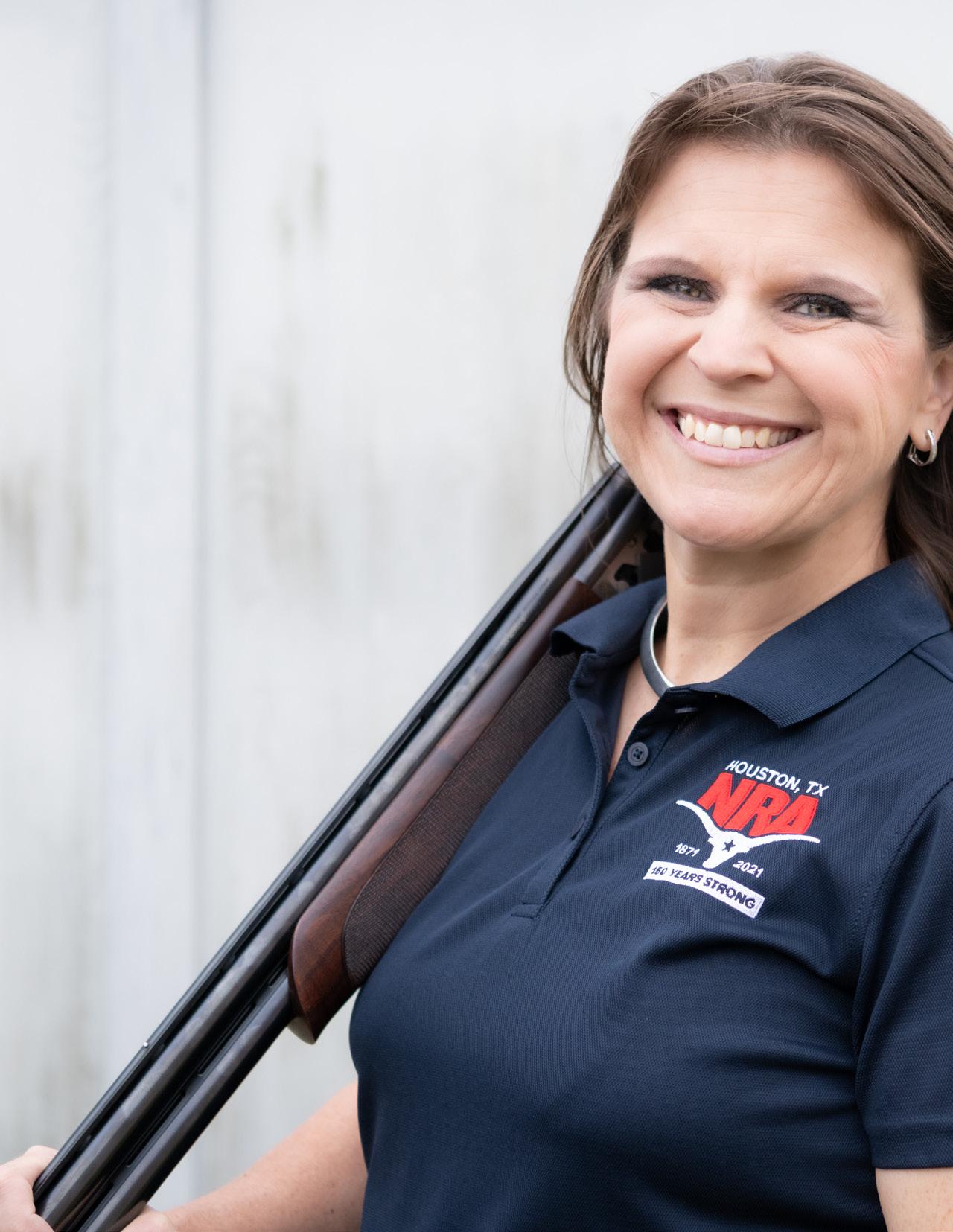

information, looking for anything new I could use. My advice to anyone new to hunting, male or female, is to be a sponge and absorb all the information you can.
It is common for hunters to help each other with camp duties, tracking game, and field dressing. I always helped others with their chores, and the courtesy was always returned when they helped me with mine. I never turned down help, and I never refused to offer my assistance to others. That said, the biggest challenge I have encountered while hunting is meeting others in the field or in camp and watching a male counterpart have the attitude of, “If she wants to hunt, then she can do it all by herself.” It is obvious that this individual would never accept a woman in their camp. When I experienced this, I immediately knew I would not be able to count on this particular individual for help if I needed help. If I were to find myself in this situation, I would just have to put my mind to it and get whatever I was doing done.
As the years have ticked by, many of the challenges women once faced are starting to fade away. Opportunities are now available and abundant for women who wish to enter the outdoor world. The old excuses that I have heard from women in the past are no longer valid. Women are now accepted in the hunting, fishing, and camping world.
It is true that traditionally, glancing around the campfire, more males than females were sharing each other’s company and love of the outdoors. Why? Typically, women were not given an opportunity to learn outdoor skills as girls or young adults. A variety of challenges prevented women from participating in outdoor recreation, especially hunting. The expense and availability of properly fitted clothing was one challenge. Manufacturers typically catered to their large market of male hunters, which forced ladies to search through their boyfriends’ or their husbands’ clothing only to come up with something that pinches in the chest, sags in the waist, and sleeves which covered their fingertips.
Equipment was another problem. There is an overwhelming variety of choices out there, and a male-dominated staff at a retail store can be intimidating if someone does not know what they are looking for. Finding a properly sized shotgun or rifle presents its own set of challenges, with long stocks and barrels not originally manufactured for a lady’s body frame in mind. The same goes for pistols and revolvers, where large-framed handguns were not made to fit into ladies’ hands.
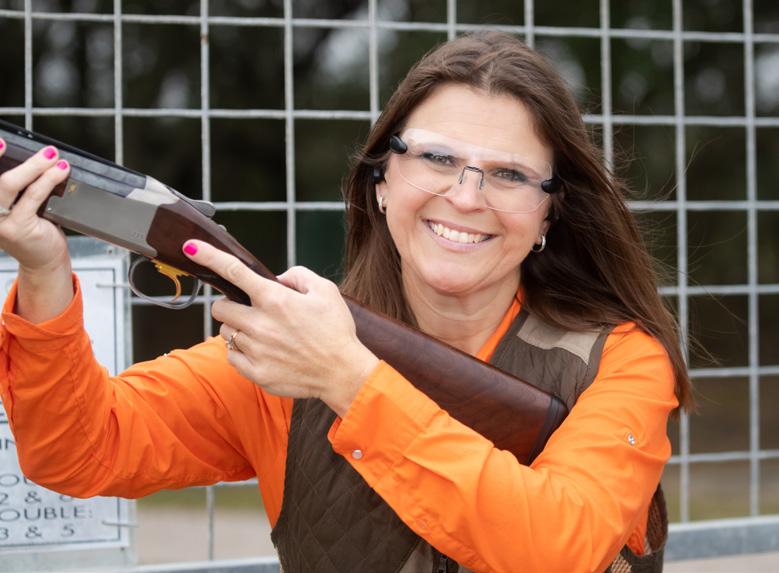
Tradition was one of the biggest challenges. Tradition is how society expects you to act. When one steps outside of the traditional role, the social pressure is there to push you back in. Early childhood conditioning is a factor, too. Boys typically got the guns, and the girls got the dolls.
Some of these challenges are beyond our control, but others can be removed if we simply educate ourselves. Several of the challenges discussed relate to the lack of opportunities for women, and that is a stumbling block that is rapidly breaking down in today’s culture.
Major outdoor retailers and the hunting industry are taking notice of the growing population of women who are engaging in more outdoor activities, including hunting. Fortunately, today, one can walk into any retailer and peruse the hunting department to find an entire section of clothing exclusively made for women. The shirts are better fitted (and the buttons are on the correct side!), pants are designed differently (and the zipper is on the correct side!), hiking boots, waders, and hip boots nowadays come in ladies’ shoe sizes.
Firearms are even designed with a ladies’ body frame in mind. One can find shotguns and rifles with shorter stocks and barrel lengths. Most of these firearms can be purchased over the counter. If adjustments are to be made, there are plenty of gunsmith shops around, as well as gun fitters who are more than happy to properly “fit” the gun to the shooter. Ammunition companies are even manufacturing pink shotgun shells for Breast Cancer Awareness!
Women who find the most comfortable
clothing, jackets, belts, socks, and boots made just for them have a much more favorable outlook on their hunting experience and adventure. Their attitudes change, and they become much more positive about the sport, which they can now call their own. In turn, they have a positive influence on sales of hunting and fishing licenses and become more aware of their state’s natural resources and their state conservation agency. Women are now more likely to purchase park passes and explore more outdoor recreational opportunities. More ladies are invited to participate in these pursuits with their like-minded and newly empowered hunting buddies.
There are several local, regional, state, and national groups out there comprised of women whose purpose is to support and encourage other women into hunting and shooting sports. Most conservation “hook and bullet” organizations now have a group within dedicated exclusively for women members, such as the Gazelles with Houston Safari Club Foundation, NRA’s Women on Target, National Wild Turkey Federation’s Women in the Outdoors, and Pheasants Forever & Quail Forever’s Women on the Wing
There are several ladies-only groups comprised of supportive and encouraging members who all have one thing in common: a love of the outdoors, shooting and hunting. A Girl and A Gun, Sisters on the Fly, Texas Outdoors-Woman Network (TOWN), and DIVA-WOW (Women Outdoors Worldwide) to name a few.
Now, you can walk into any outdoor store and often find women who are now working
behind the counter, available to assist new customers and ladies who may be overwhelmed by their choices when searching for equipment and gear. Most public and private gun ranges offer a “Ladies Day” or a discount if you are a female shooter. More and more “women’s programs” are being offered and are filling to capacity as soon as advertised.
Check out any social media outlet, and you will find groups established by women and for women to support and encourage other like-minded women in the sport or outdoor activity they all love. One of the best places to find some of these amazing stories and connect with others is NRAWomen.com: https://www.nrawomen. com/ There are NRA memberships exclusively for women, you can connect with other women through the NRA Women’s Network, you can find NRA Firearms classes, and Shooting clinics offered by NRA Women Instructors and Coaches, you can attend a Women’s Wilderness Escape, and empower yourself with the Refuse to Be a Victim training.
Houston Safari Club Foundation is answering this call with seminars, workshops, socials, and hunts geared for the lady members. These programs are designed to give women the knowledge, skills, and attitude necessary to become independent participants in the outdoors. The goal of this new initiative is to give women the confidence to plan, organize, and participate in any outdoor activity, including hunting and shooting sports.
Women hold the key to the future of outdoor activities for all of us. They are participating in the sport because they want to. They are more environmentally aware and educated about conservation issues and wildlife management. Most importantly, these ladies will introduce their children to these activities and ensure our future of hunting will continue for generations to come. When you recruit and empower the mom, she will involve the entire family!
When I am asked questions related to being a female in and around the shooting sports world, my answers have always been the same. It is awesome! I accept the fact that some will question me or my abilities. There is nothing wrong with that as long as they are respectful and, for the most part, everyone has been. I realize I may be challenged or questioned more than a male would be in my position. That only inspires me to work harder to “prove” myself.
Some people would then ask me why I should have to prove myself. My response
to them is, “Respect that is earned is more valuable than respect that is given.” If someone gives you something, they can take it away. In other words, if someone gives you respect, they can take it away, but if you earn it, it is yours to keep!
Houston Safari Club Foundation is an organization for everyone. Our goal is to constantly serve and strive to meet the needs of our members. Women have always been an important part of our organization. In reality, without them, we would not exist. To show our appreciation of the women in our club, we are looking at ways to increase the participation and involvement of our female members and bridge any gaps, concerns, and fears that may be holding our members back. We are more than just hunting. We are a place where camaraderie, friendships, and the like-minded can interact and enjoy each other.
Heidi Rao will have a column in our publication for our female members and from a lady’s perspective. Many of you have already met Heidi, and those who haven’t will soon get to know her. She is well qualified to write from a woman’s perspective and will also coordinate workshops, range days, and other activities, with a few socials built in. Many of these opportunities will be geared just for our female members to polish their skills and gain confidence while at the same time building new friendships with other like-minded women. These things only make our club stronger and more welcoming to everyone. Heidi looks forward to working with all of you and encourages you to share your thoughts and ideas.
Heidi and her (retired Game Warden) husband, John, just celebrated their 25th anniversary. They raised four boys in the outdoors, teaching them from a very young age about hunting, fishing, camping, wildlife management, firearm safety, and marksmanship. They each took their first deer at age 7. They have all earned their Eagle Scout rank through Boy Scouts. Now, Dominic is 22 and works for Laser Shot Shooting Simulations in Houston as the Hunting Manager; Matthew is 20 and a Junior at the University of Arkansas (Razorbacks) with a 4.0 and on his way to becoming a large animal vet; JohnJohn is 18 and a Senior; and Luke is 15 and a Freshman this year, both playing football and attending Clear Lake High School. The family still hunts, traps, shoots, and camps every opportunity they have together.
During her 26+ year TPWD career, Rao developed many partnerships and organized many education and outreach events. Heidi started “Take Me Outdoors Houston” in 2009, celebrated on the 4th Saturday of each September in conjunction with National Hunting and Fishing Day. Rao hosts wildlife workshops ranging from alligators to big game. She promotes hunting and outdoor safety. She has been flown by helicopter to speak to oil and gas employees on platforms in the middle of the Gulf of Mexico. She taught firearm safety to rodeo clowns during the Houston Rodeo and hosted Hunter Education classes at the Sam Houston (horse) Race Park. She conducts National Archery in the Schools Program (NASP) and Student Air Rifle (SAR) Instructor certification workshops and partners with many hunting, shooting, and conservation organizations throughout Texas and across the nation.
Heidi has coordinated 27 statewide Becoming an Outdoors-Woman (BOW) workshops across Texas, including the firstever VIRTUAL BOW (in the nation) in 2020. She has reached over 7,000 ladies who have attended BOW and continue their outdoors skills, ultimately becoming hunters, anglers, and archers, primarily through mentored BOW hunts. To date, ten Texas Outdoor Women Network (TOWN) chapters have formed, taking the BOW program to the grassroots level in Texas.
Heidi is a Life member of the NRA and became an NRA Training Counselor (TC) in 2005, certified to train NRA instructors in Rifle, Shotgun, Muzzleloading, Pistol, Defensive Pistol, Personal Protection In and Out of the Home, and Range Safety Officer courses. She is a Level I Shotgun Coach. She was recently appointed as the “Region 7 TC Rep,” serving as one of the eight NRA Regional TC Representatives for the Education & Training Division and providing mentorship to other TCs and Instructors nationwide.
Heidi received the International Hunter Education Association (IHEA) Professional of the Year Award as well as the IHEA’s Executive Director’s Award. She is in the Texas Hunter Education Hall of Fame and was recognized with the Terry Erwin Hunter Education LEGACY award. She received the Houston Safari Club Educator of the Year. She is also the recipient of two prestigious NRA awards:
• 2023 “NRA Marion P. Hammer Woman of Distinction” Award
• 2022 Golden Bullseye Award for NRA Women: “Woman of the Year” ★
Right: The entire shooting team getting exposure to indoor air rifle (prone position) shooting courtesy of the Royal ISD MCJROTC cadets.
Below: 2023-2024 Katy & Royal 4-H Marksmen Team Left to Right Jack, Aidan, Dakota, Erin, Madison, Clayton, Hayes & Joni
Opposite: Erin, Aidan and Clayton. Excited to start their first ever 4-H archery competition.
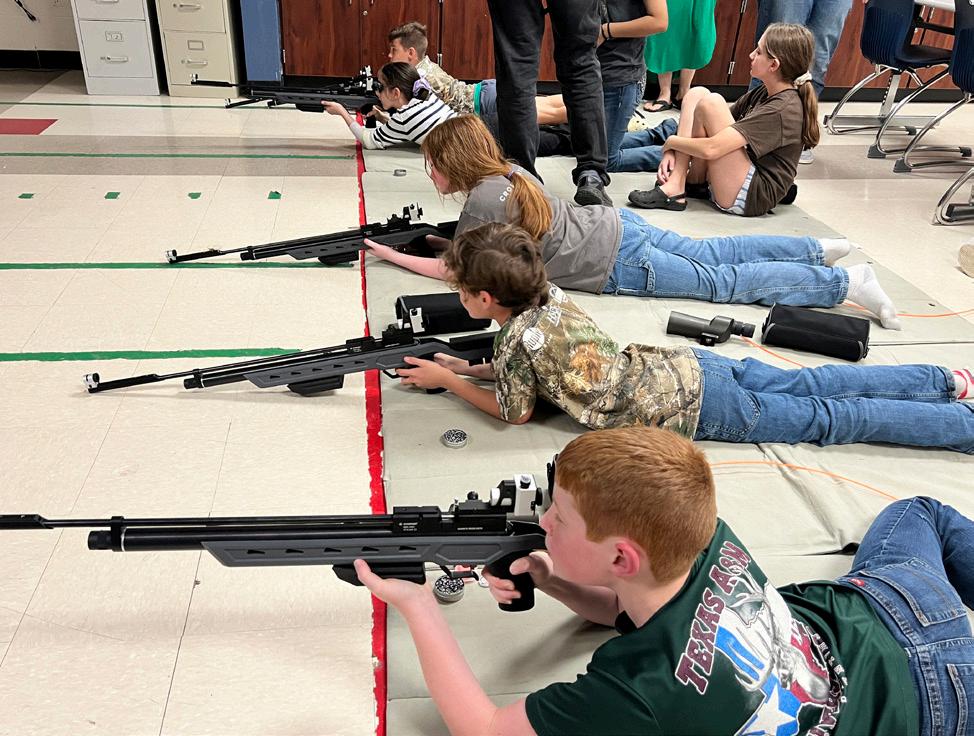

BY SETH STOKES
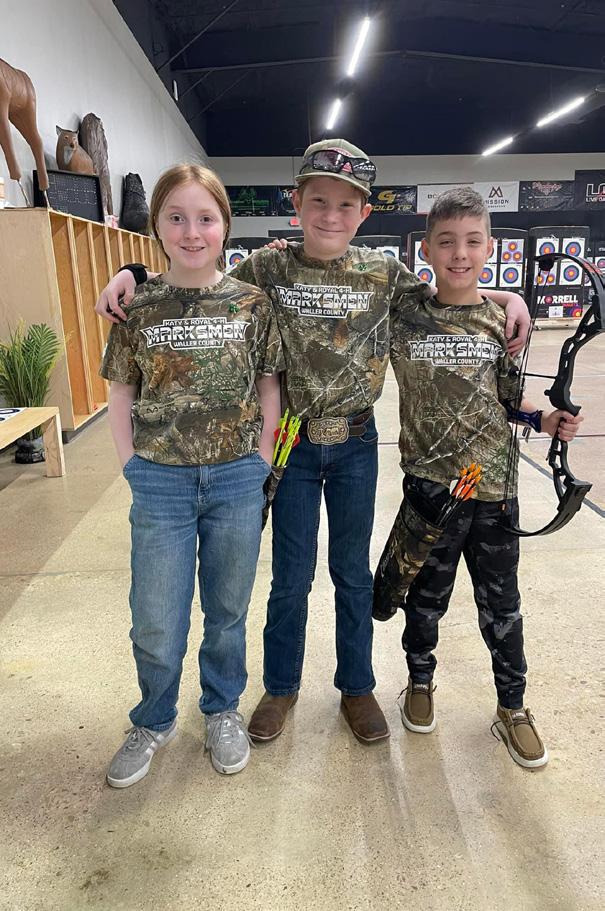
What a great start for a 4-H shooting sports team!
Some scoff at calling it a team instead of a club since it’s almost entirely individual event competitions. However, the 4-H teaches real-life skills, not just shooting skills, leadership, accountability, and responsibility, to name just a few. Having these team members there to cheer for you and help you and need your help also leads to more than just being a club member; these are your team members, in my opinion. Many of these youth would have never met each other without the Marksmen team. They do not live near each other, nor do they go to the same school district, which would have never connected these like-minded individuals.
We finished our first real season with nine youths aged 8-11, including young men and women. The team consists of experienced shooters all the way to those who took their first shots ever. Some chose to compete in competitions around Texas, bringing a load of medals home, including multiple 1st place finishes and many 2nd-4th place medals. There were also plenty of “didn’t place” finishes; those who chose to compete learned how to handle losses as well as wins. Knowing how to handle things not going the way you want them to is something I think is severely lacking in many instances I’ve seen online locally in youth and adults, allowing us to teach more life lessons.
Since Texas 4-H shooting coaches are 100% volunteer, starting a new team isn’t the easiest thing to accomplish. Luckily, we had a few youth-sized items for the kids to work with this year. Starting as a Rifle coach and then pretty
I have said since the beginning that I didn’t care if the team members wanted to compete in formal events. The need for our youth to understand gun safety and the proper safe operations of these tools has always been the most significant reason why we decided to start this organization.
quickly enrolling in the Hunting & Wildlife as well as Archery coach classes (all out-of-pocket travel and course expenses as well), I decided to focus on the Hunting & Wildlife aspect this first season since it encompasses all of the other shooting disciplines as well focusing on them from a hunting perspective.
The Hunting & Wildlife program consists of Texas Hunter Safety Course knowledge as well as identifying wildlife skulls, pelts, feathers, antlers, etc. from all over the nation (not limited to TX animals).
Once a month, there is a full Katy & Royal chapter meeting (kids who raise and show animals, etc.), and once a month, we also hold a shooting team meeting where the kids who chose to be on the Marksmen team are taken through knowledge of different firearms, bows, etc. Shooting practice is scheduled one weekend per month to expose the team to live fire operation of the different disciplines (Small Bore Rifle / Air Rifle / BB Gun, Small Bore Pistol / Air Pistol, Shotgun, Archery & Muzzleloader).
A couple volunteers and a personal collection of equipment alone cannot maintain a youth shooting sports program like this, though. These programs are very equipment dependent, including firearms, ammunition, targets, and even safe locations to shoot. Organizations such as the Houston Safari Club Foundation are critical to the success of youth shooting sports programs due to not only the financial grants that are possible but also from the contacts that can be made with like-minded individuals who believe that guiding and teaching our youth the value of hunting, shooting, and conservation is critical. Being able to help expose kids and parents alike to the truth about the safety of shooting sports and how hunting is directly linked to effective conservation.
Our 2024 HSCF equipment grant allowed us to purchase additional equipment, such as youth bows, which are suited for learning and adaptable to multiple people. It also allows us to continue to purchase items like an air rifle and muzzleloader to teach from and for the kids to try out.
I have said since the beginning that I didn’t care if the team members wanted to compete in formal events. The need for our youth to understand gun safety and the proper safe operations of these tools has always been the most significant reason why we decided to start this organization. Starting with my own kids, I wanted them to know safety and be able to help stop other kids from playing with firearms if they found themselves in that situation… or at a minimum remove themselves from the situation.
• 3 Members’ first time shooting archery
• 2 Members’ first time shooting a rifle
• 2 Members’ first time shooting a shotgun
• 2 Members’ first time shooting anything firearm and first time hitting a target
• 4 Members’ first time shooting an air rifle and prone position
• 1 Member’s first time shooting a muzzleloader rifle and pistol
• 3 Members’ competed (all first-time competitors) in 4-H Shooting Sports events against other counties
Not all members attended competitions, but here is our medal listing (from 3 competitions):
• 1st Place Hunting & Wildlife (Identification Test and Written Test)
• 1st Place Air Rifle Running Target
• 1st Place .22lr Light Rifle
• 1st Place .22lr Pistol Silhouette Targets
• 2nd Place Hunting & Wildlife (Identification Test and Written Test)
• 2nd Place BB Gun - 3 Position Shooting
• 2nd Place Compound Archery 3D Targets
• 2nd Place .22lr Pistol Silhouette Targets
• 3rd Place NASP Archery 3D Targets
• 3rd Place Air Rifle Running Target
• 3rd Place Compound Archery 3D Targets
• 4th Place Compound Archery 3D Targets
The 4-H Shooting Sports organization is very large and diverse around the entire country. However, I have seen that there is a large missed opportunity for local youth in our area from parents who either don’t know about it or haven’t been exposed to the enjoyment along with the life skills that it can bring. True, being close to the large urban sprawl of Houston does pose some logistical hurdles for hunts, but the need for this type of exposure is more important than ever. I have had discussions with outfitters from South Africa detailing their concerns that if we do not engage the youth into hunting and conservation, our wildlife, their wildlife, and everything that we love about it will be devastated. I’ve also had discussions with American firearm manufacturers who are concerned that the social narrative about “evil guns” and parents not passing down the love of or knowledge of firearms is a looming crash for their industry… and the end of the American lifestyle that many of us knew and grew up with.
Luckily, there are still people and organizations that stand up to donate their time and funds to help ensure our hunting/ shooting/conservation is more secure in the future.
Thanks, and go out to all of HSCF for their support! ★




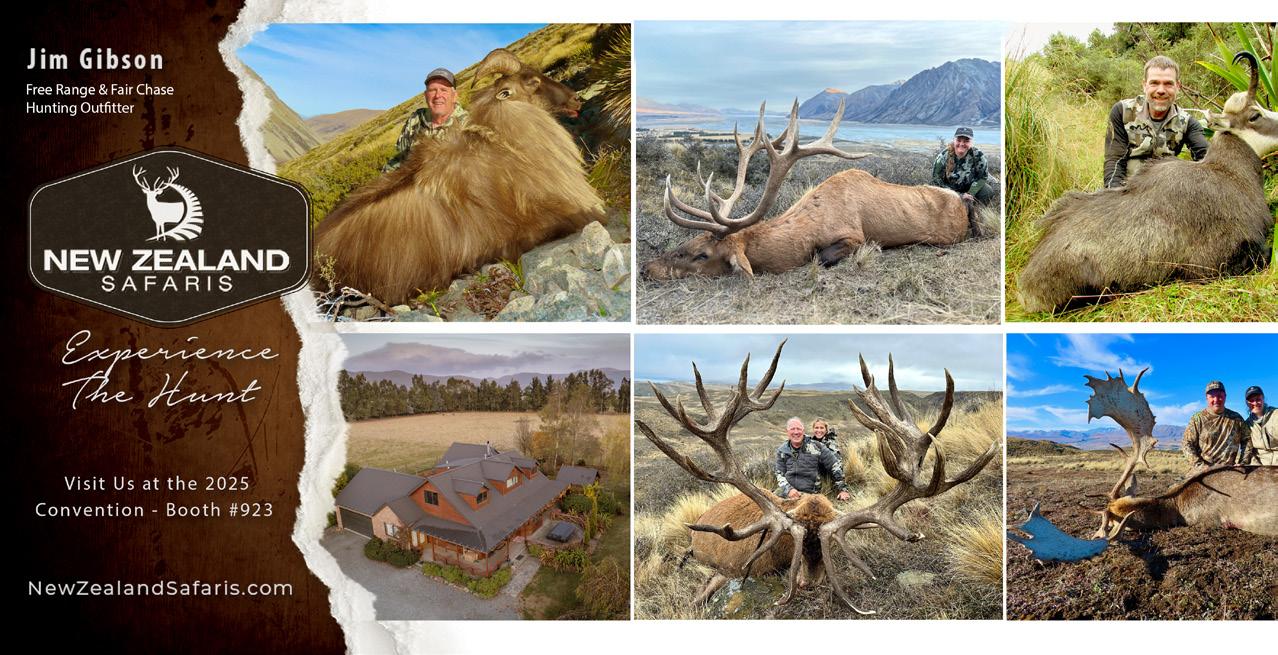

BY RICK FRANCO
My name is Rick Franco, and my life has been a tapestry of international upbringing, military service, and a profound dedication to preserving hunting traditions. I hope my journey is a testament to the enduring spirit of adventure and the importance of legacy.
My story begins in an unconventional setting for a future hunter. Born into a family entrenched in the global oil industry, I spent my formative years overseas, absorbing a rich mosaic of cultures and landscapes. My father, an immigrant whose own story embodies the American dream, rose through the ranks of the oil business, achieving remarkable success. Despite his accomplishments, my father was not a hunter. It was my mother, a doctor from Bayous of South Louisiana; she carried with her the vivid, rustic tales of my grandfather, a man who was an avid hunter, outdoorsman, and conservationist. These stories, filled with the romance and challenge of the hunt, planted the seeds of curiosity and passion in me from a young age.
As life will often do, it took a turn at the early age of sixteen when my mother passed away. This passing changed something in me, and I sought a life of service, protection for others, and
Four Branches is extending HSCF members a 10% discount through Veterans day. Use discount code HSCF10.
duty to my country. I decided to join the United States Marine Corps. Driven by this deep sense of duty and adventure, I served my country. My time in the Marines was marked by rigorous training, discipline, and a brotherhood that shaped my character and future endeavors. The skills I acquired, particularly in marksmanship and survival, later became instrumental in my hunting pursuits and instructional roles.
After my military service, I transitioned to a role that continued my commitment to protecting others. As a CIA protective contractor, I operated in some of the world’s most volatile regions, ensuring the safety of American interests and personnel. This period of my life not only honed my tactical abilities, but also reinforced my appreciation for the fragility and value of life.
During this time, I faced the profound loss of a close friend from the Virginia Military Institute (VMI) that would shape a new mission and calling years later.
Four Branches’ journey began with a commitment to honor fallen comrades through bourbon. In the bourbon world, Four Branches stands out for its exceptional award-winning spirits and origin story rooted in American military tradition. We were founded by four veterans from different branches of the military: Marines, Air Force, Army, and Navy.
I initiated the idea after losing my VMI classmate Greg Wright Jr. in 2005. This tragic event inspired me to commemorate Greg’s heroism and the bonds forged in service. I gathered fellow veterans Michael Trott, Robert “RJ” Casey, and Harold Underdown to embark on a new mission: crafting a bourbon that embodies our military experiences.
Despite our lack of experience in distillation, we were deterred.





We drew on our collective decades of service and military values to enter the competitive spirits industry. Through extensive research and partnerships with seasoned consultants from companies like Brown-Forman, we laid the groundwork for our venture.
Our journey was not without challenges. We faced a critical moment when a friend and fellow serviceman’s suicide gave us pause. Reflecting deeply, we reaffirmed our commitment to responsible consumption and supporting veterans’ causes, which are integral to our brand’s ethos. We believe that everyone serves a community, regardless if they served in the military, law enforcement, or first responder communities. Therefore, we ask that everyone “Serve Honorably”. When it comes to drinking, we ask everyone to “Drink Honorably,”; lastly, we ask that we all stop drinking to forget and rather “Sip to Remember.”
Beyond bourbon, we at Four Branches aim to inspire fellow veterans and first responders to pursue passion-driven careers collaboratively. We actively support charities like Folds of Honor, the CIA Officer Memorial Fund, and many other non-profits embodying our belief in giving back to the community.
For us, failure is not an option. Our brand symbolizes resilience, pride, and a commitment to our veteran roots. As we continue our journey, we strive to set an example for others in our community: to never quit and to always strive for excellence.
Despite my global experiences and professional achievements, my heart has remained tethered to the stories of my grandfather’s hunts. As my life has progressed, I have immersed myself in the world of hunting, finding solace and purpose in the pursuit. Unlike many who hunt for sport alone, my approach was deeply philosophical. I saw hunting as a means to connect with nature,
understand the cycles of life, and engage in a practice that has been integral to human existence for millennia.
My passion extended beyond personal gratification. I became an ardent advocate for conservation, recognizing that the sustainability of wildlife and natural habitats was crucial for future generations. My dedication to preserving the hunting heritage was not just for my own children but for all who would come after. I envisioned a world where my boys and their peers could experience the same thrills and lessons that hunting offers, grounded in respect for nature and ethical practices.
My life has been a blend of service, adventure, and dedication to a cause greater than myself. From my upbringing in a globally mobile family to my military career and work as a CIA protective contractor, I have consistently strived to embody the virtues of courage, resilience, and commitment. My foray into the world of bourbon is a heartfelt tribute to a friend, showcasing my ability to find meaning and purpose in every endeavor.
Above all, my passion for hunting and conservation stands as a beacon for those who value heritage and the natural world. In a time when modernity often distances us from our roots, I hope my story is a powerful reminder of the importance of preserving traditions and passing them on to future generations.
As members of the Houston Safari Club Foundation, we are privileged to share these values and commitments. I hope my journey is an inspiration, reminding us that hunting is more than a pastime— it is a way of life, a connection to our ancestors, and a promise to those who will follow. In honoring this legacy, we honor the very essence of what it means to be a hunter: a steward of the land, a protector of traditions, and a guardian of the future. ★






PROUD PARTNER OF

Cabela’s® Instinct™ Defense Performance Apparel
Insect Shield® repels mosquitos, ticks, ants, fleas, chiggers 92% polyester/ 8% spandex
Advanced odor-fighting treatment keeps clothes fresher, longer
basspro.com
Johnny Morris, Bass Pro Shops, and Cabela’s are proud to stand alongside our customers in partnership with the Houston Safari Club Foundation. A shared passion for the outdoors and a commitment to the management of natural resources will ensure that we will be able to connect new audiences to the outdoors, conserve wildlife and habitat, and advocate for sportsmen and women’s rights.



